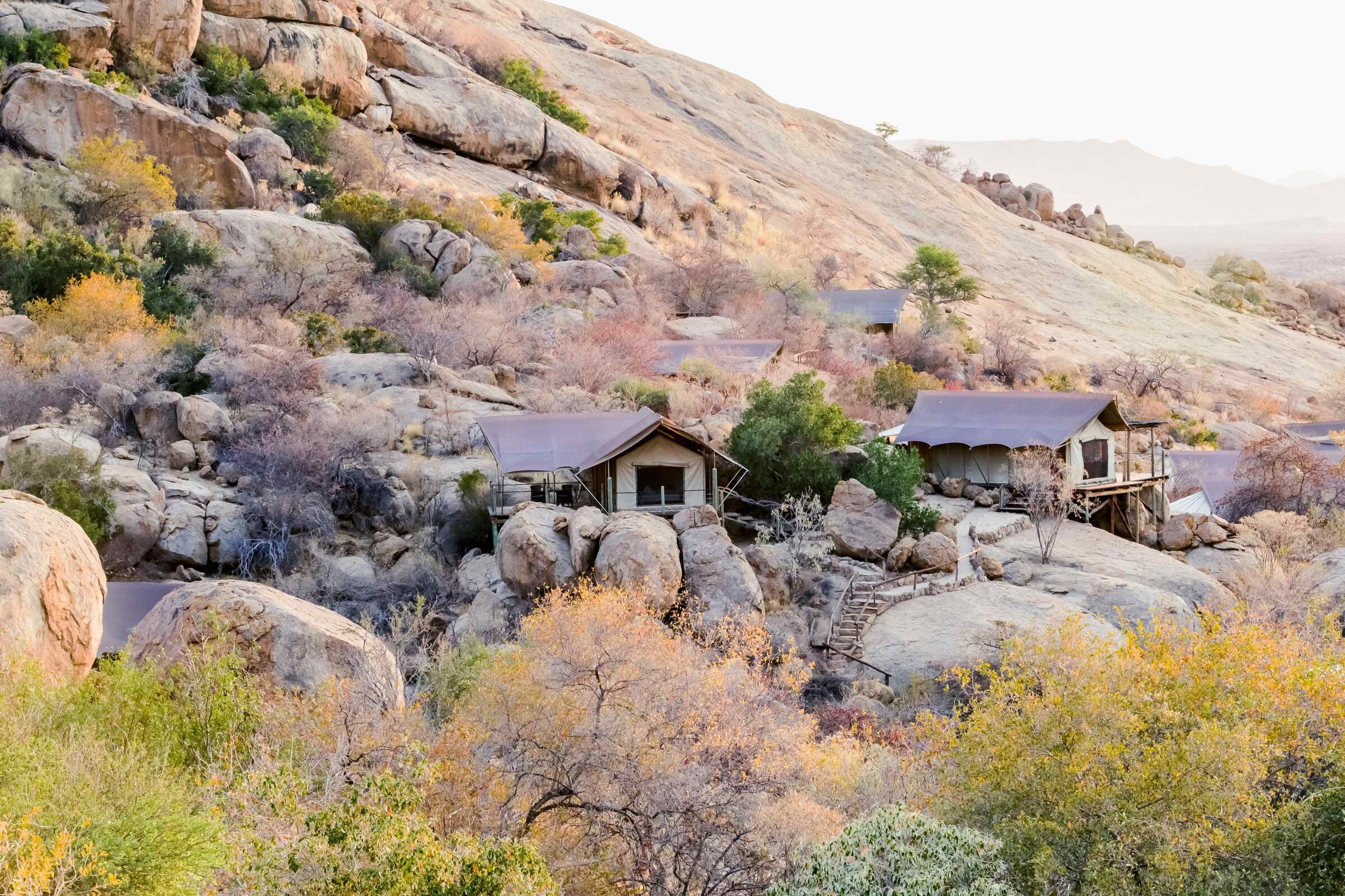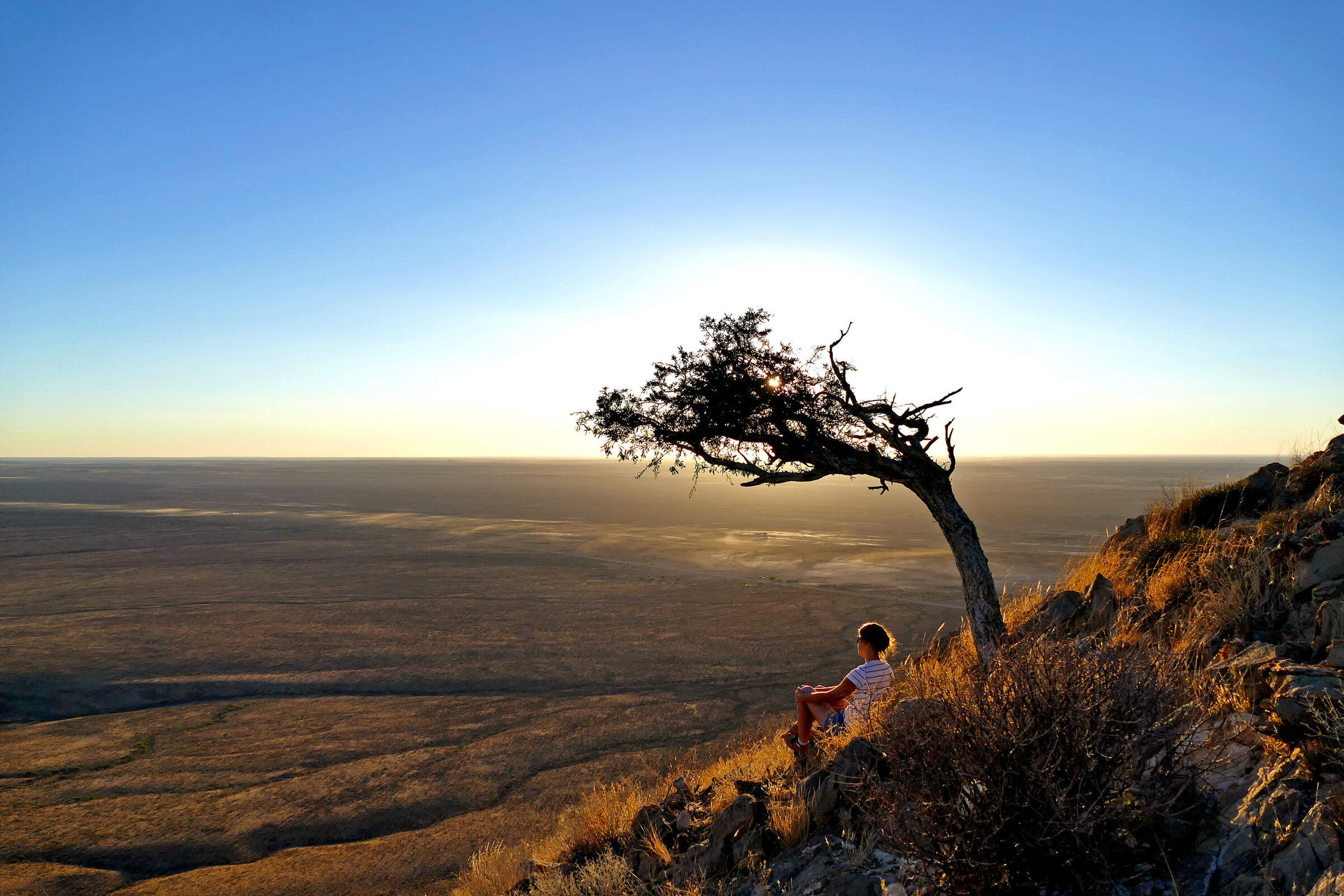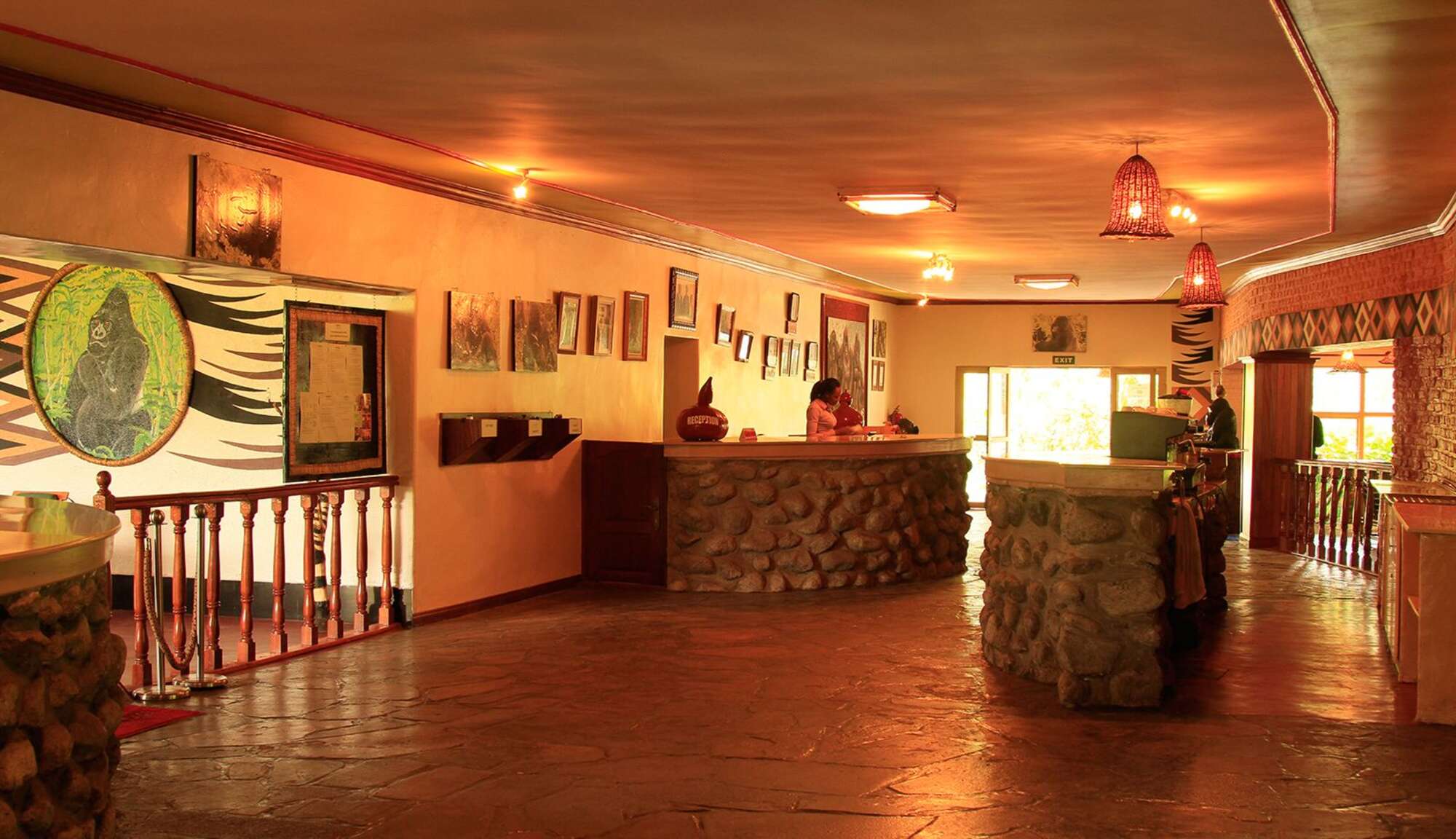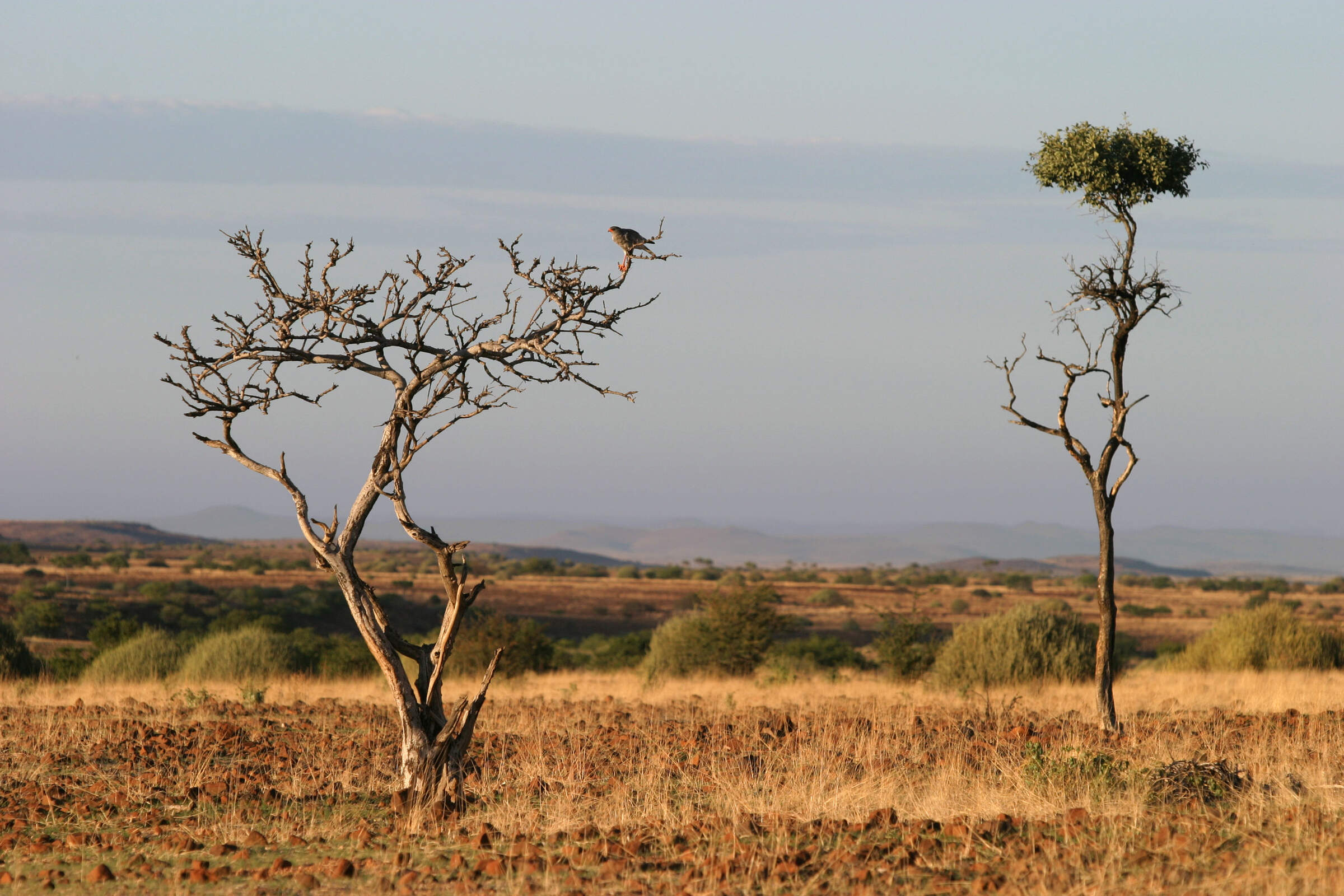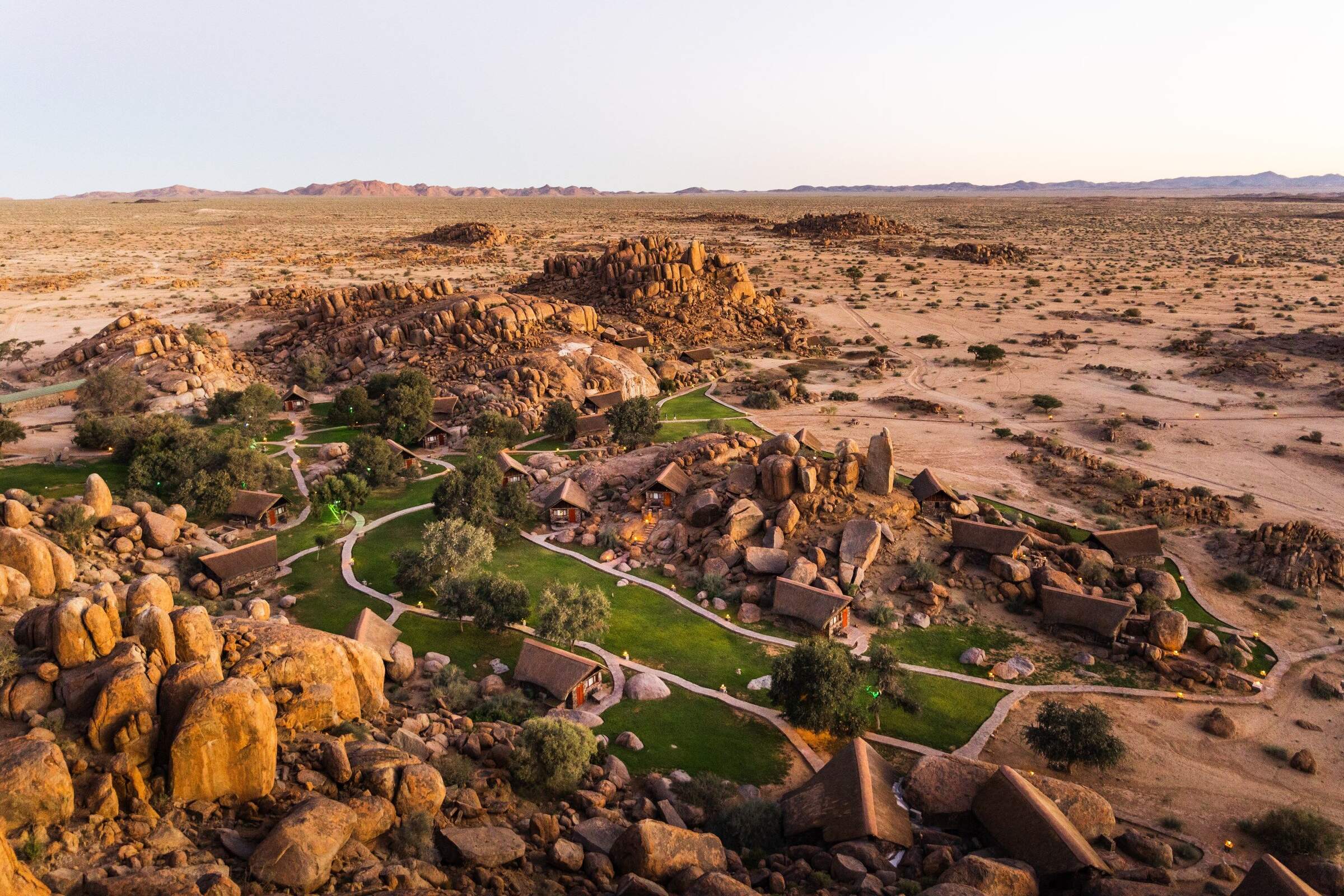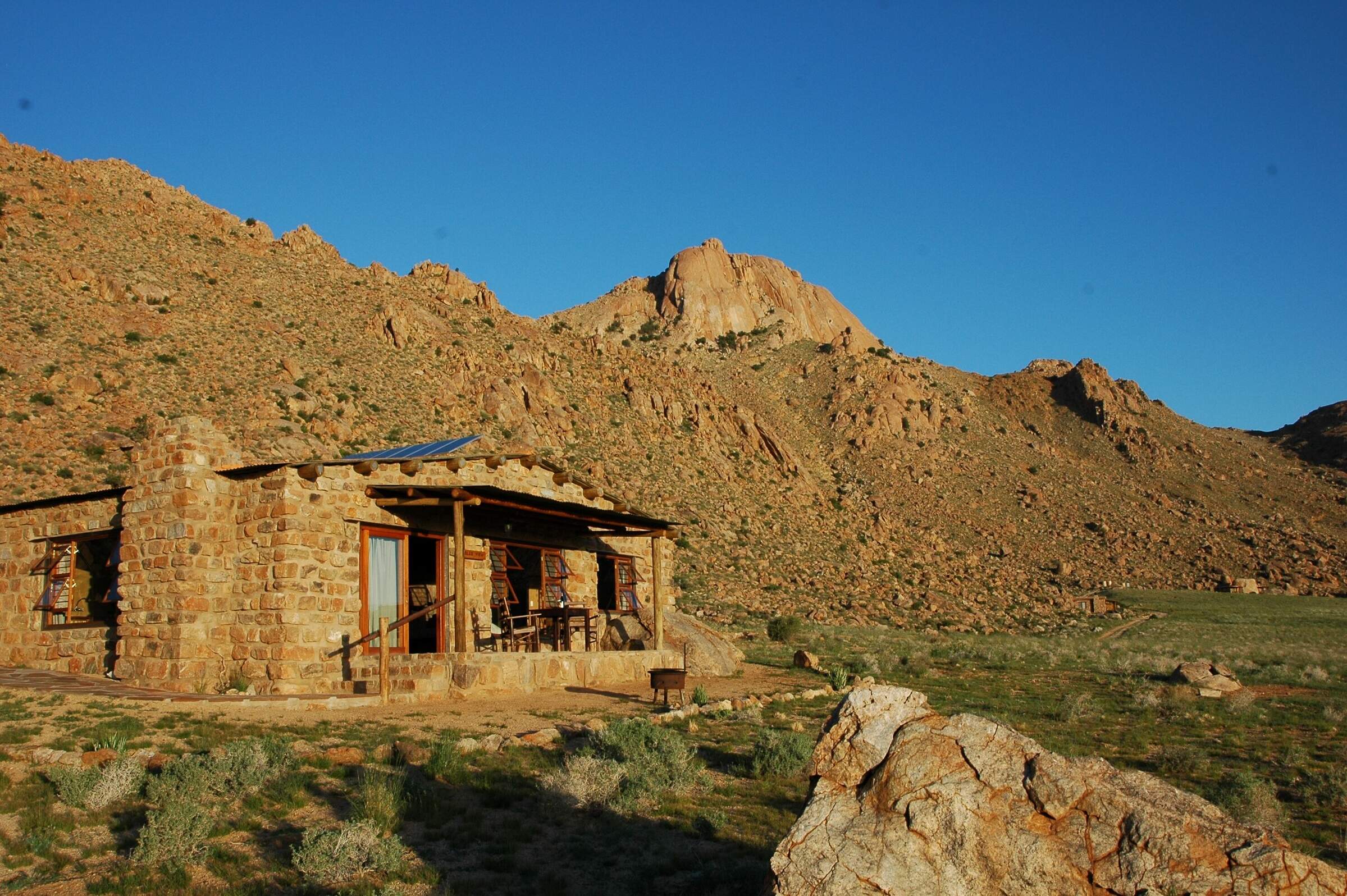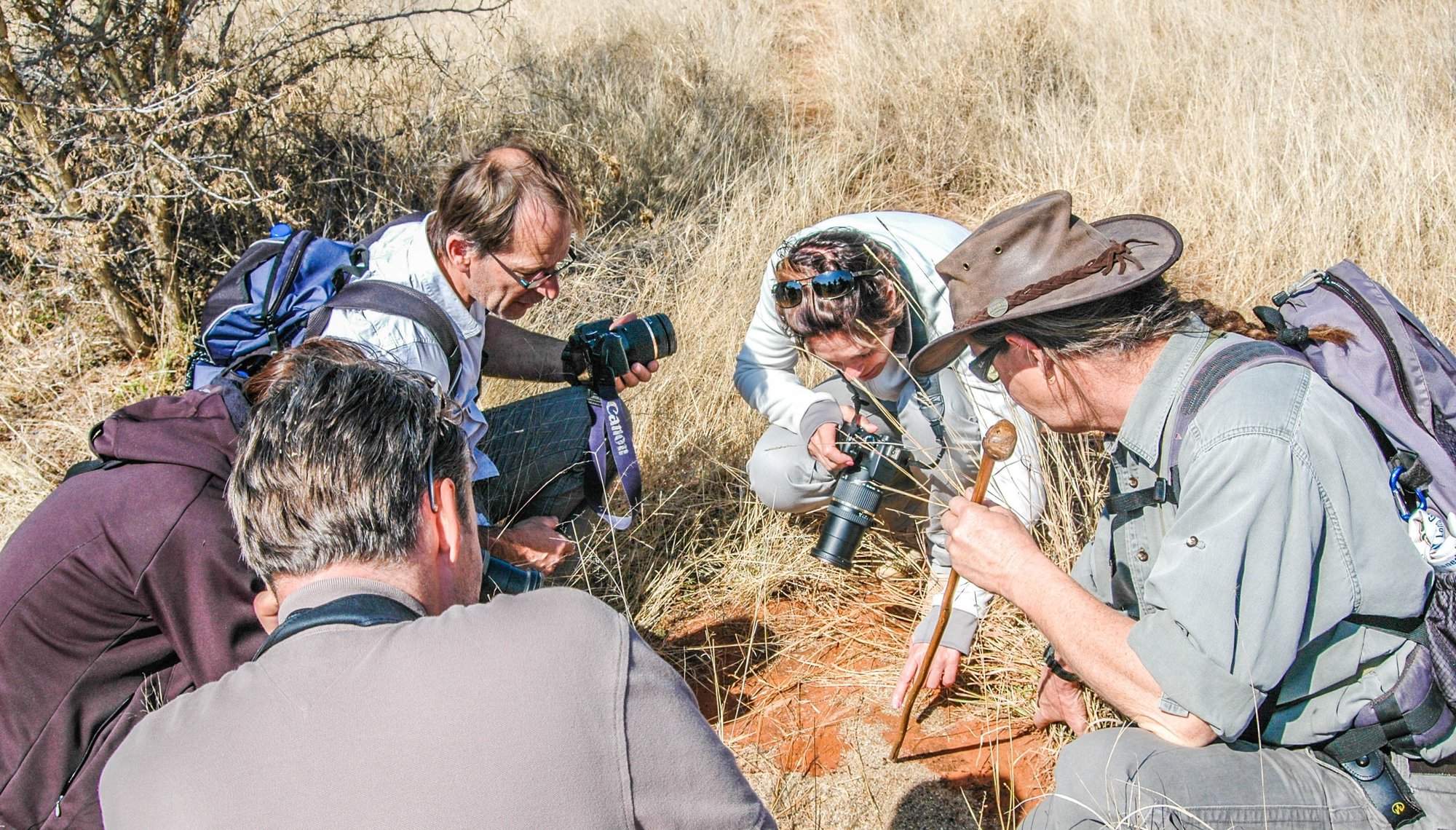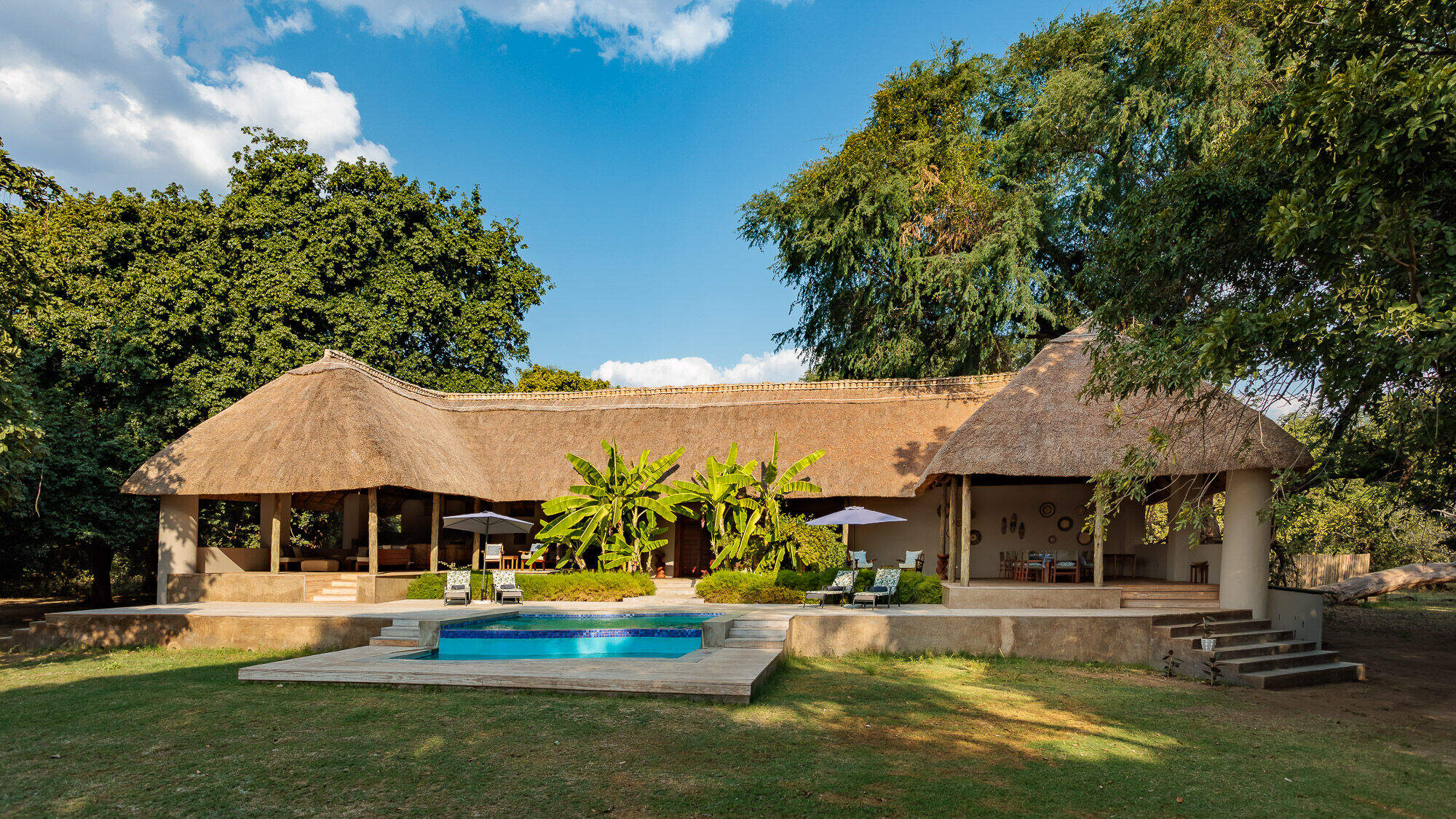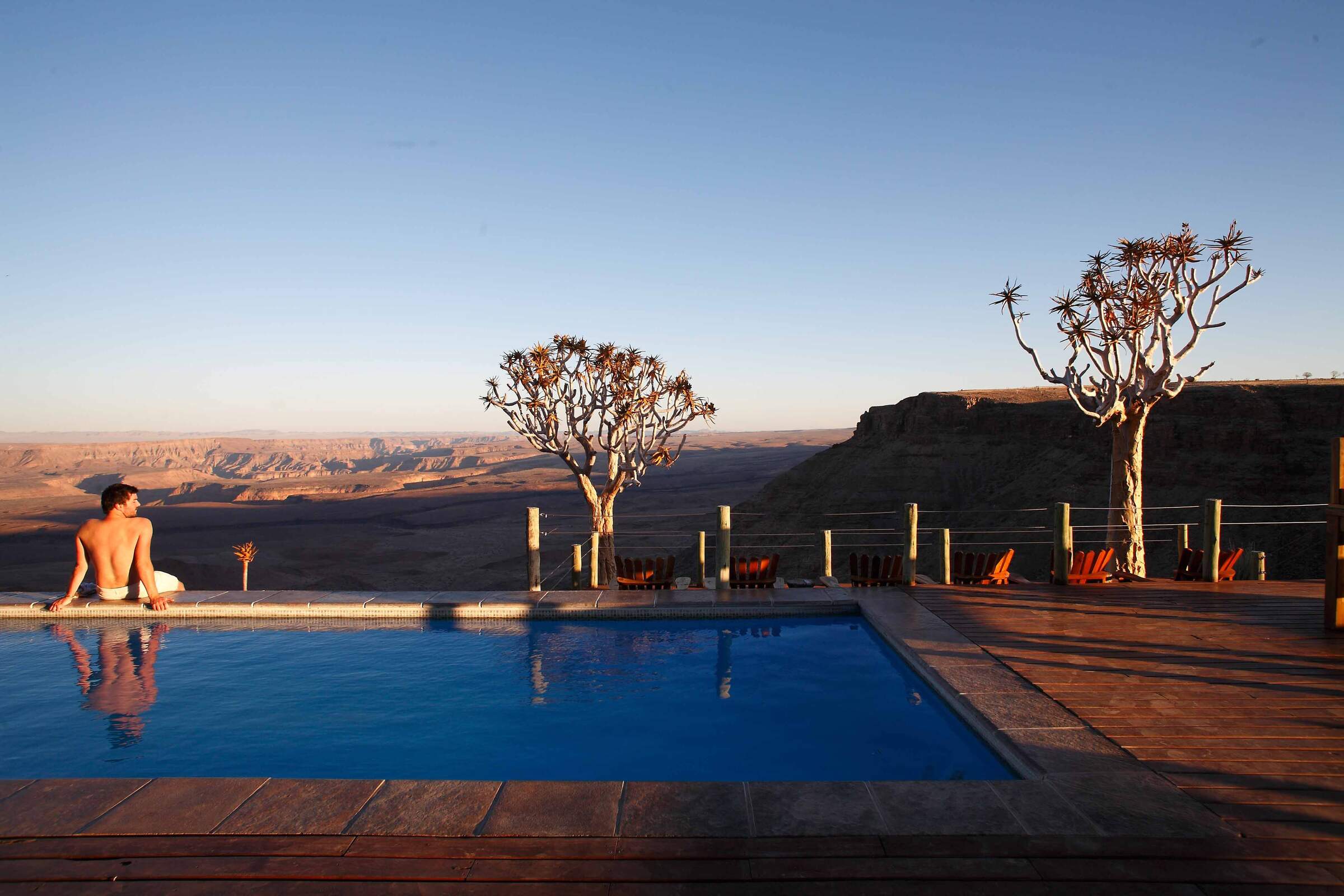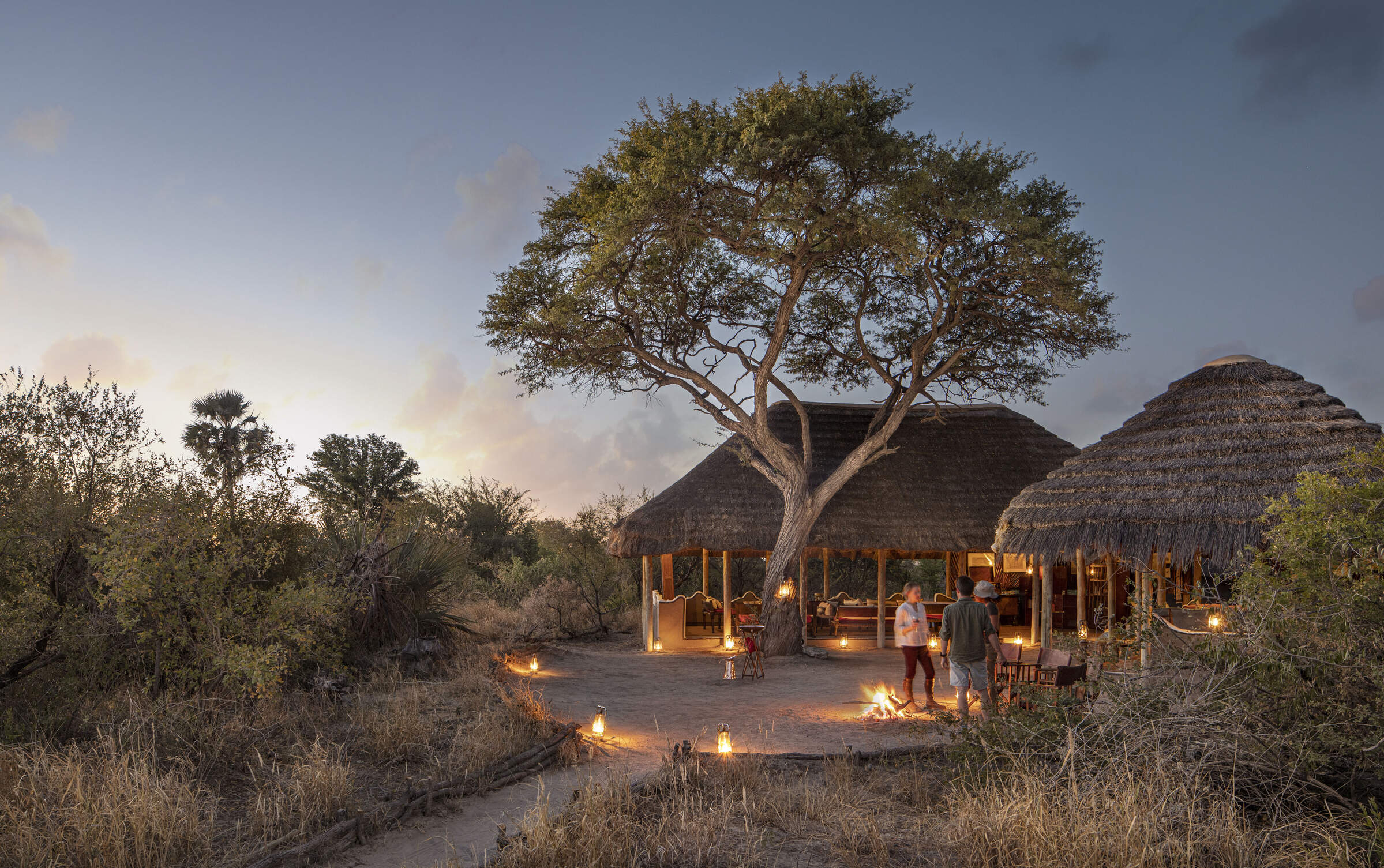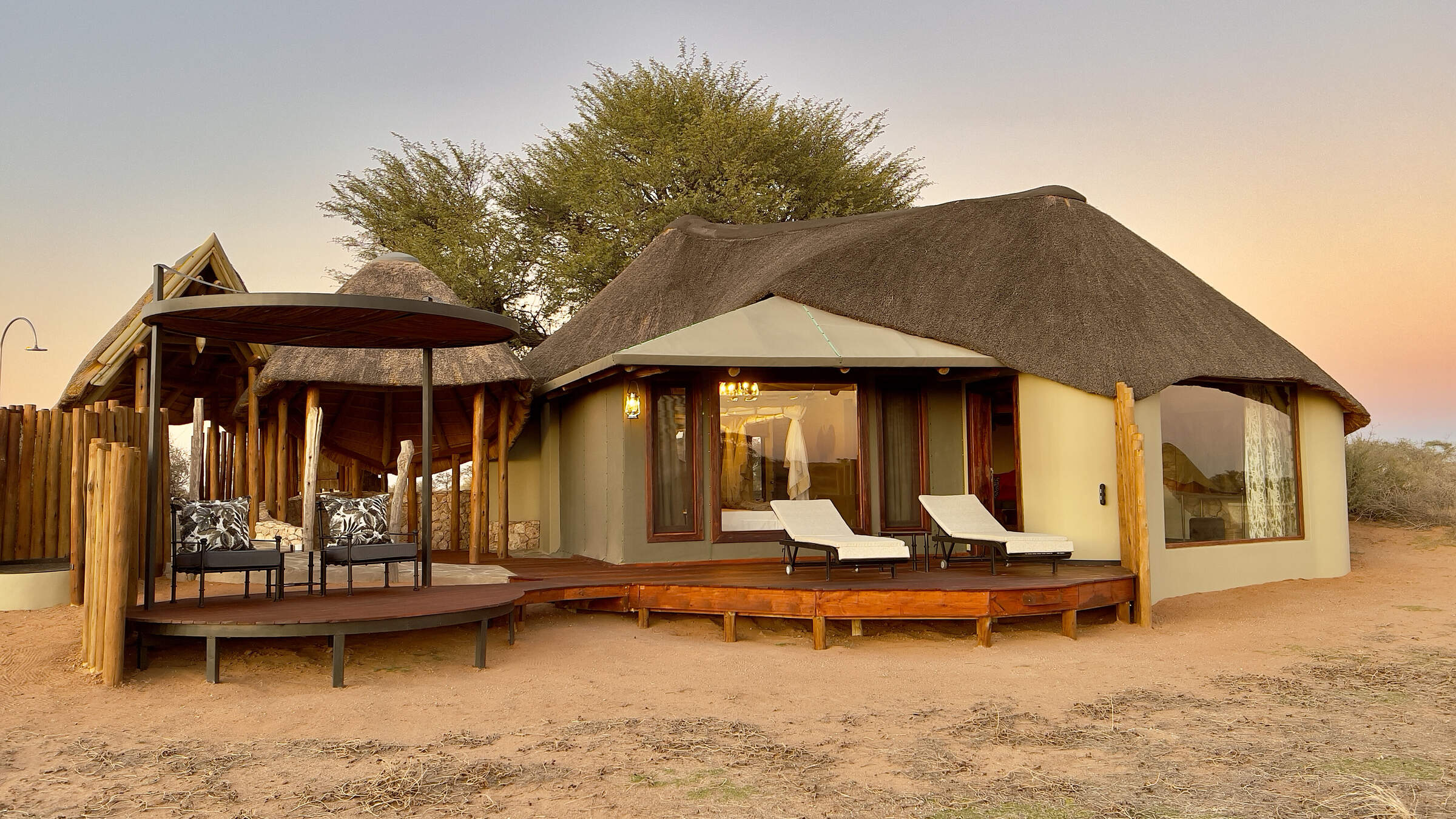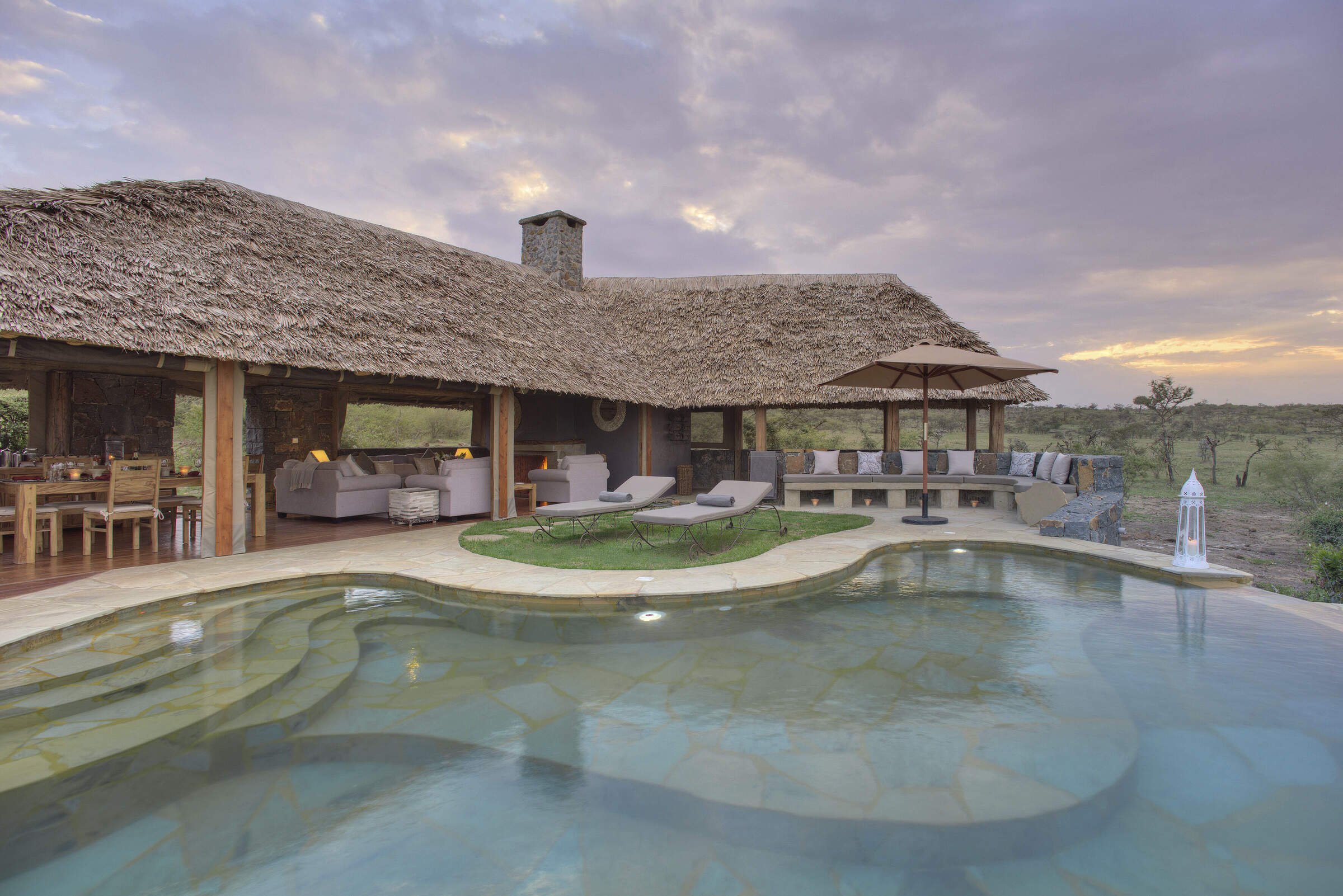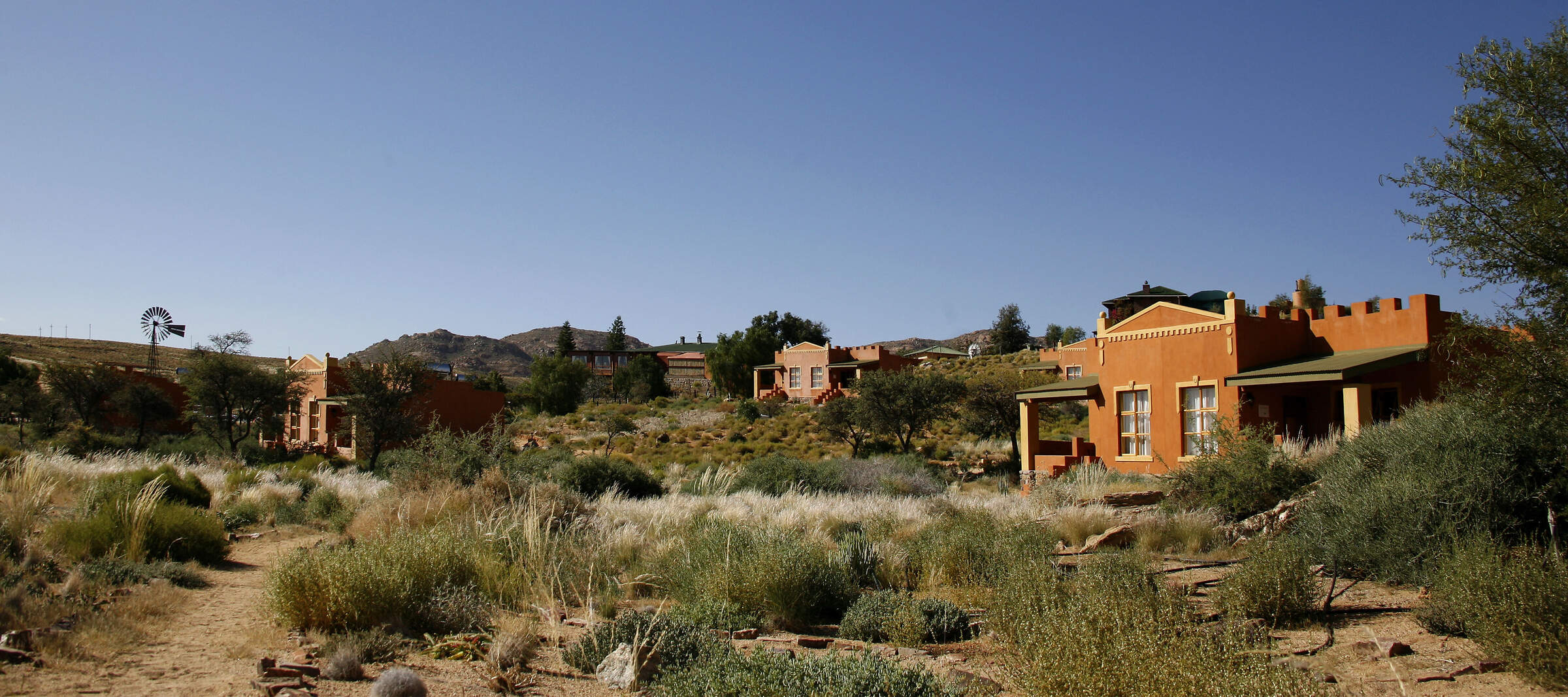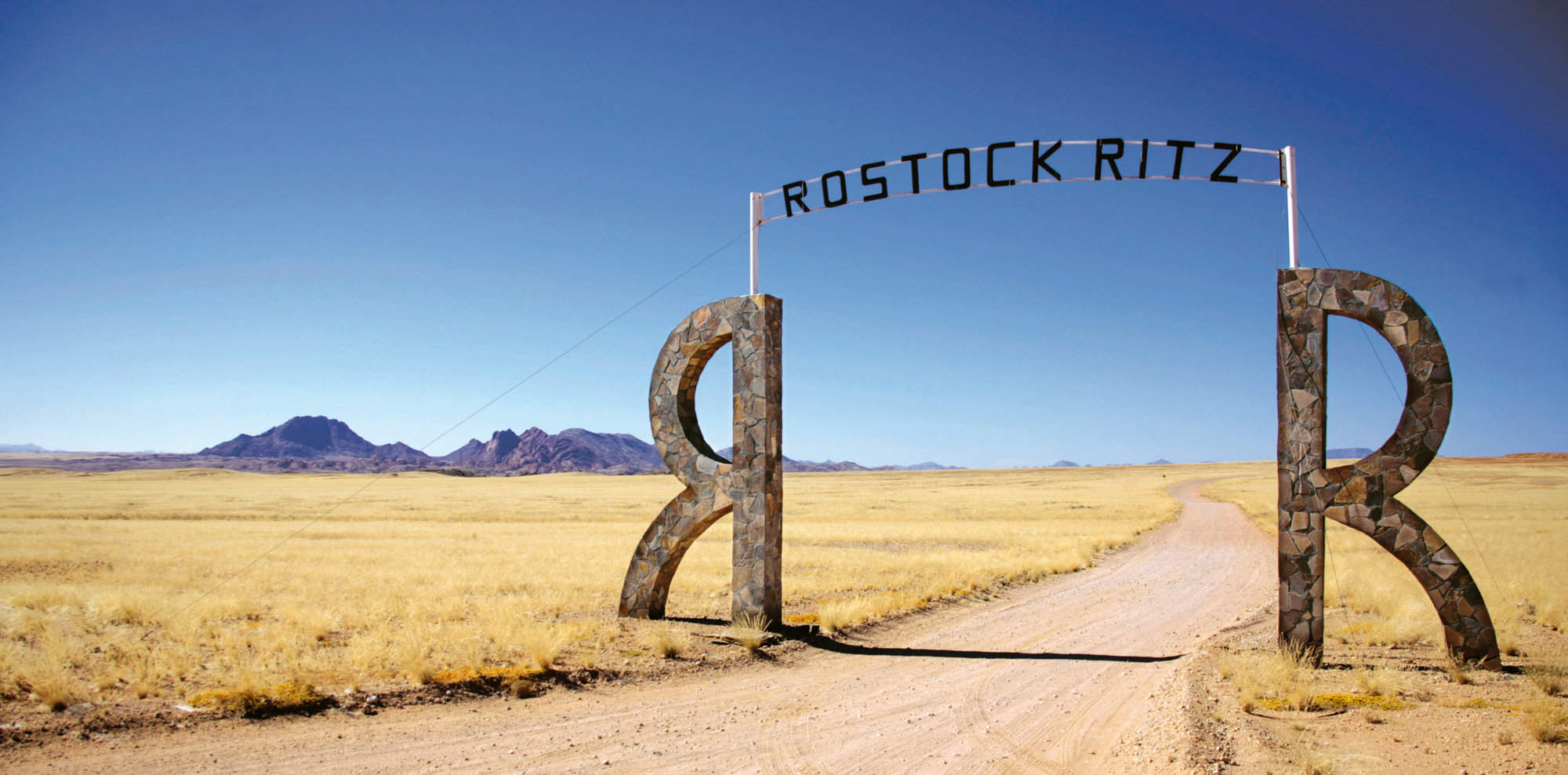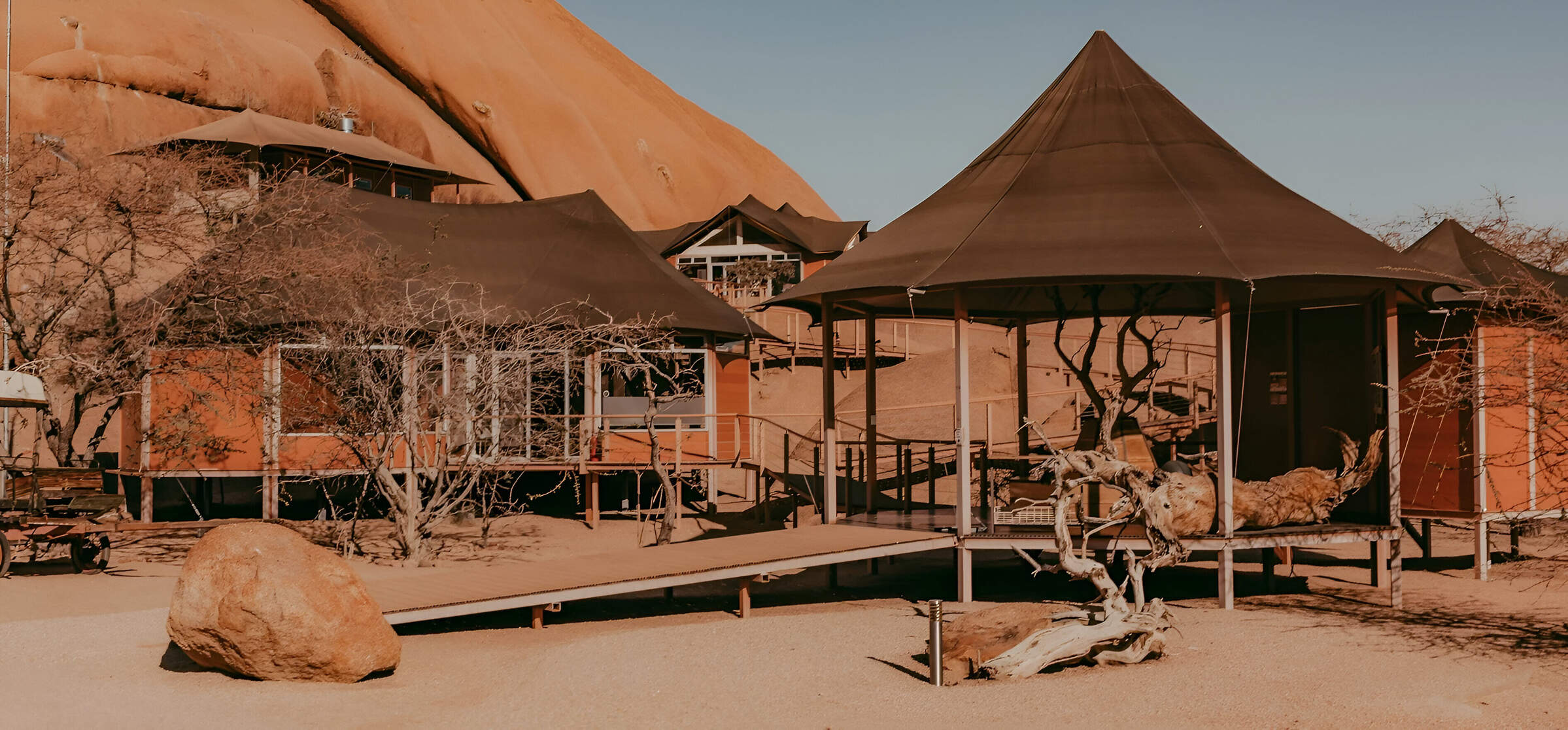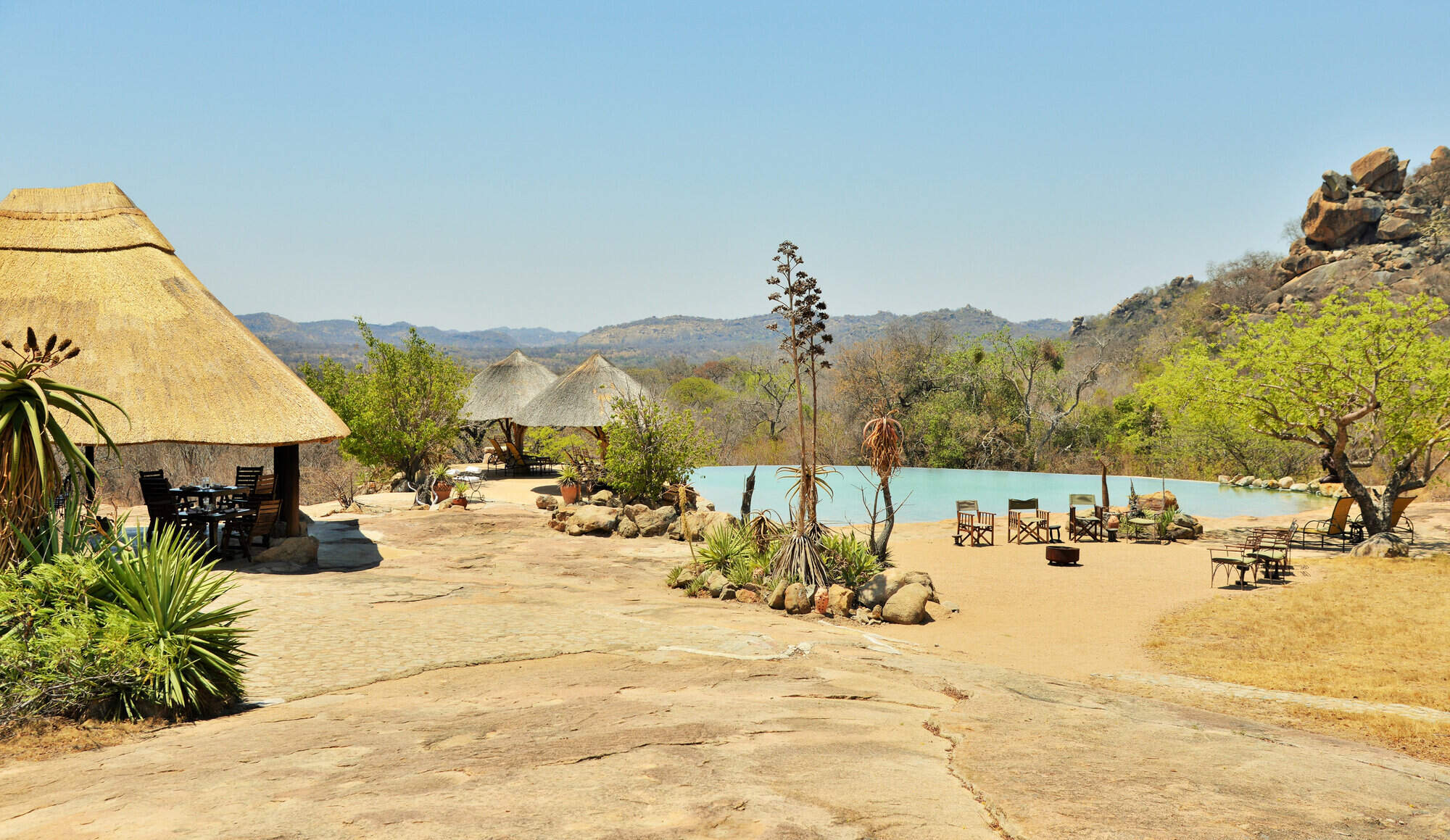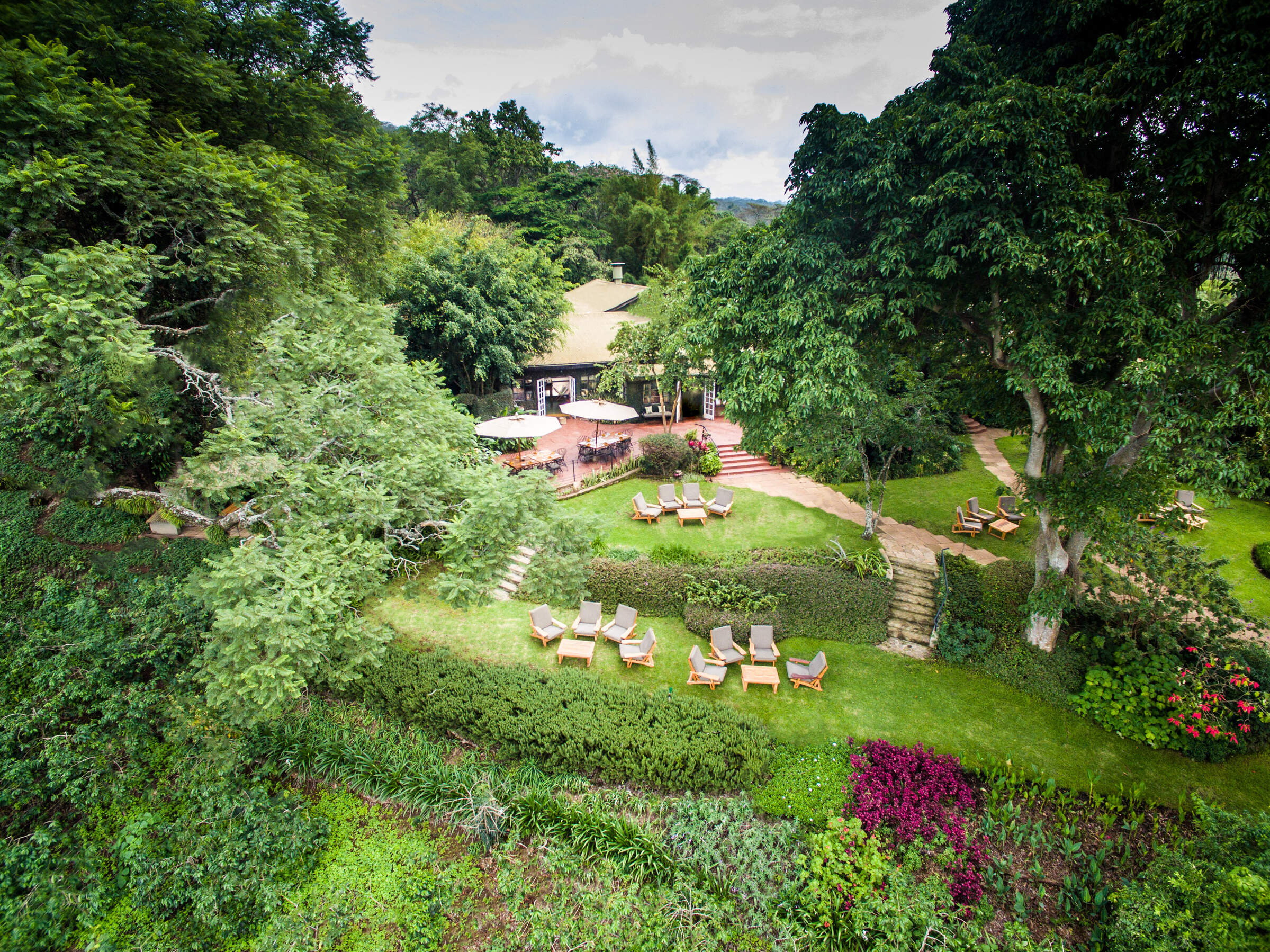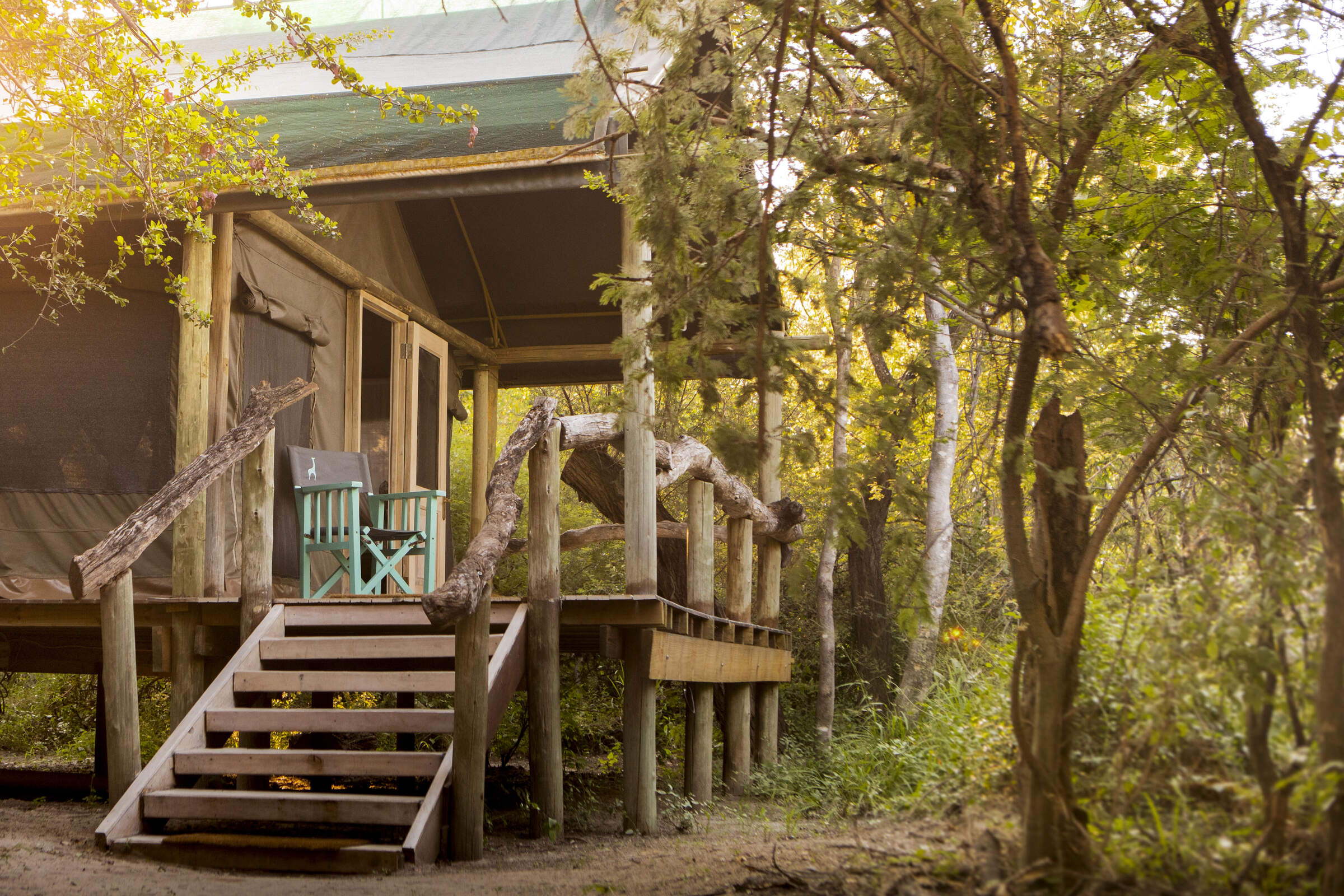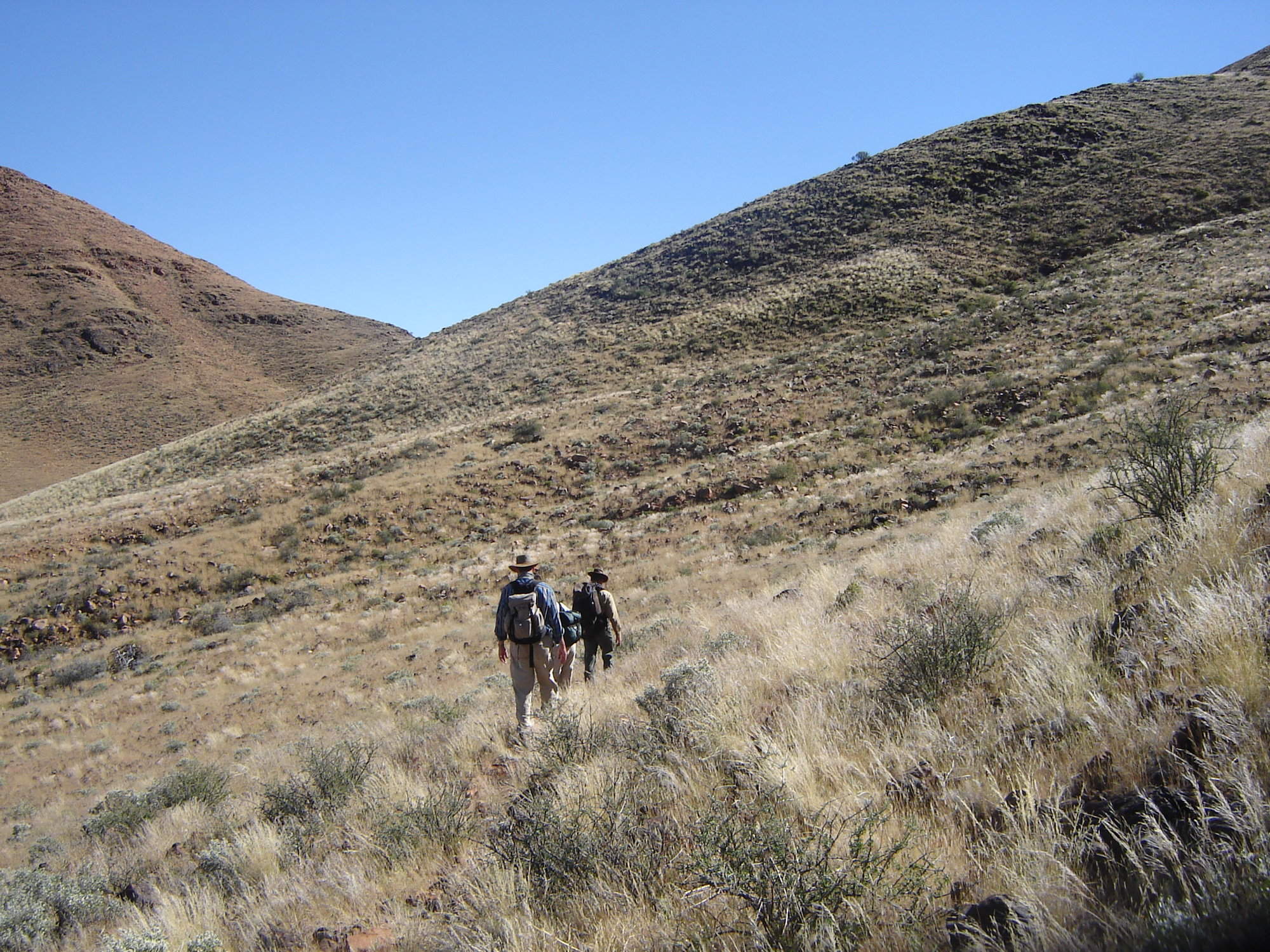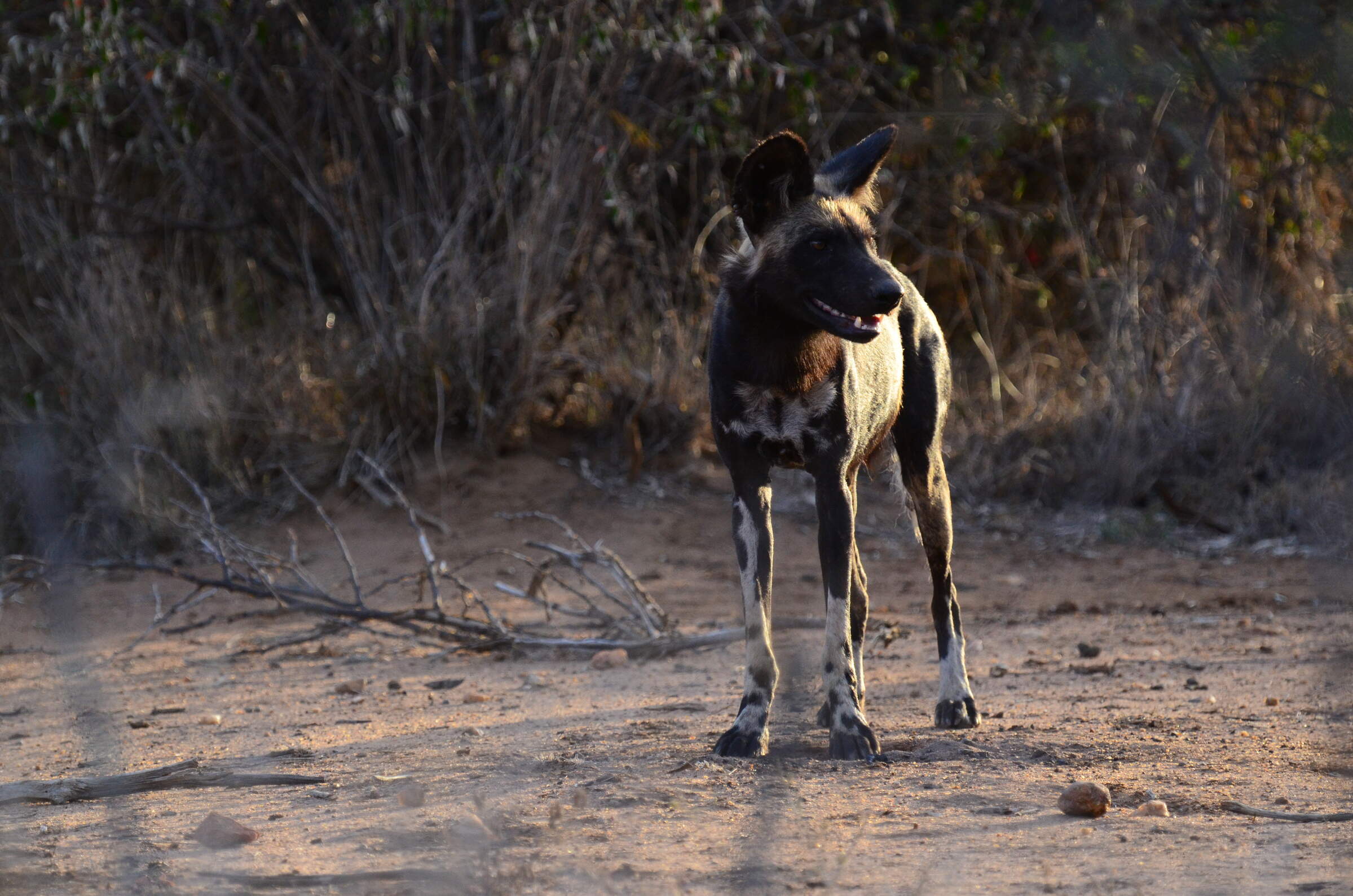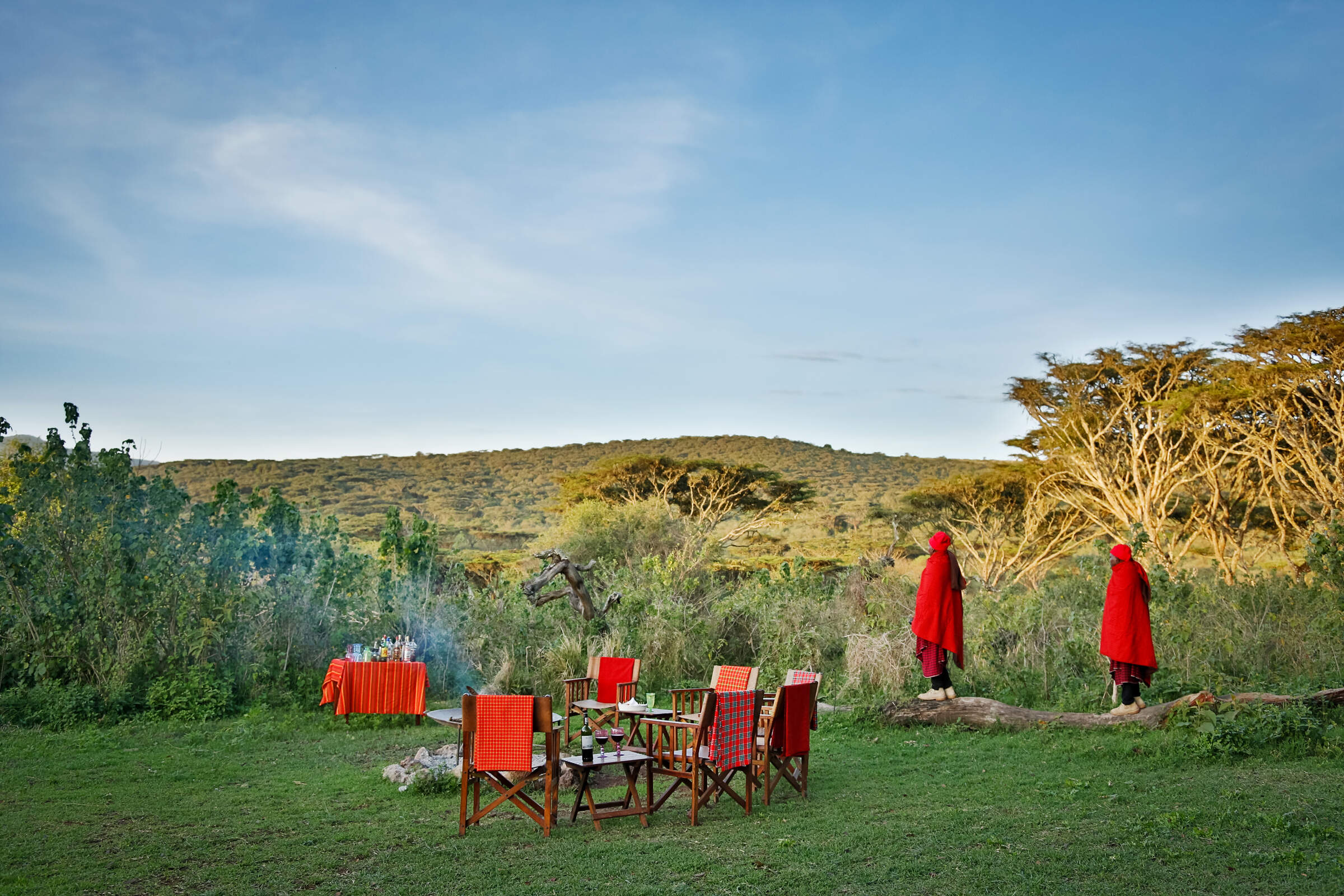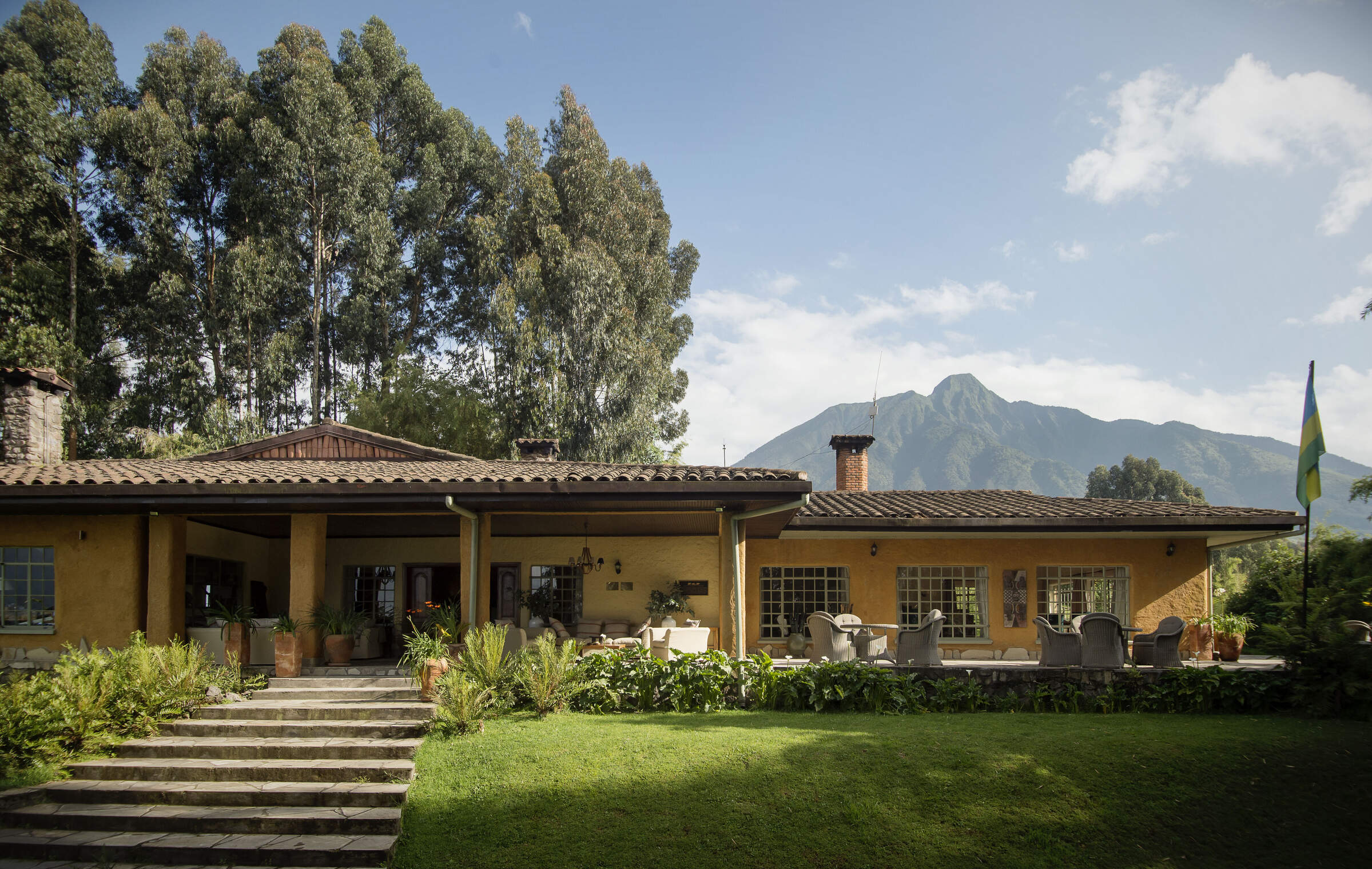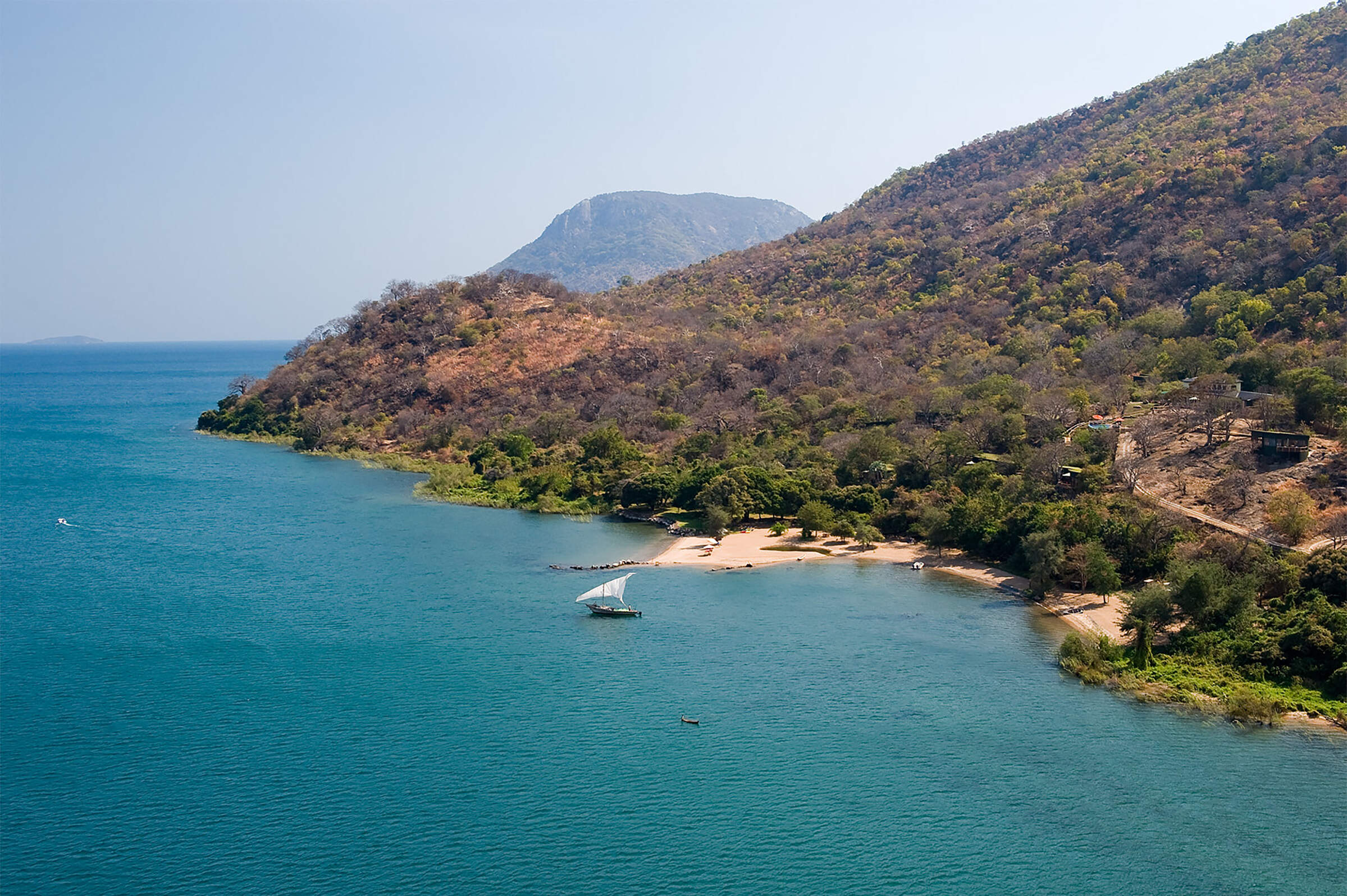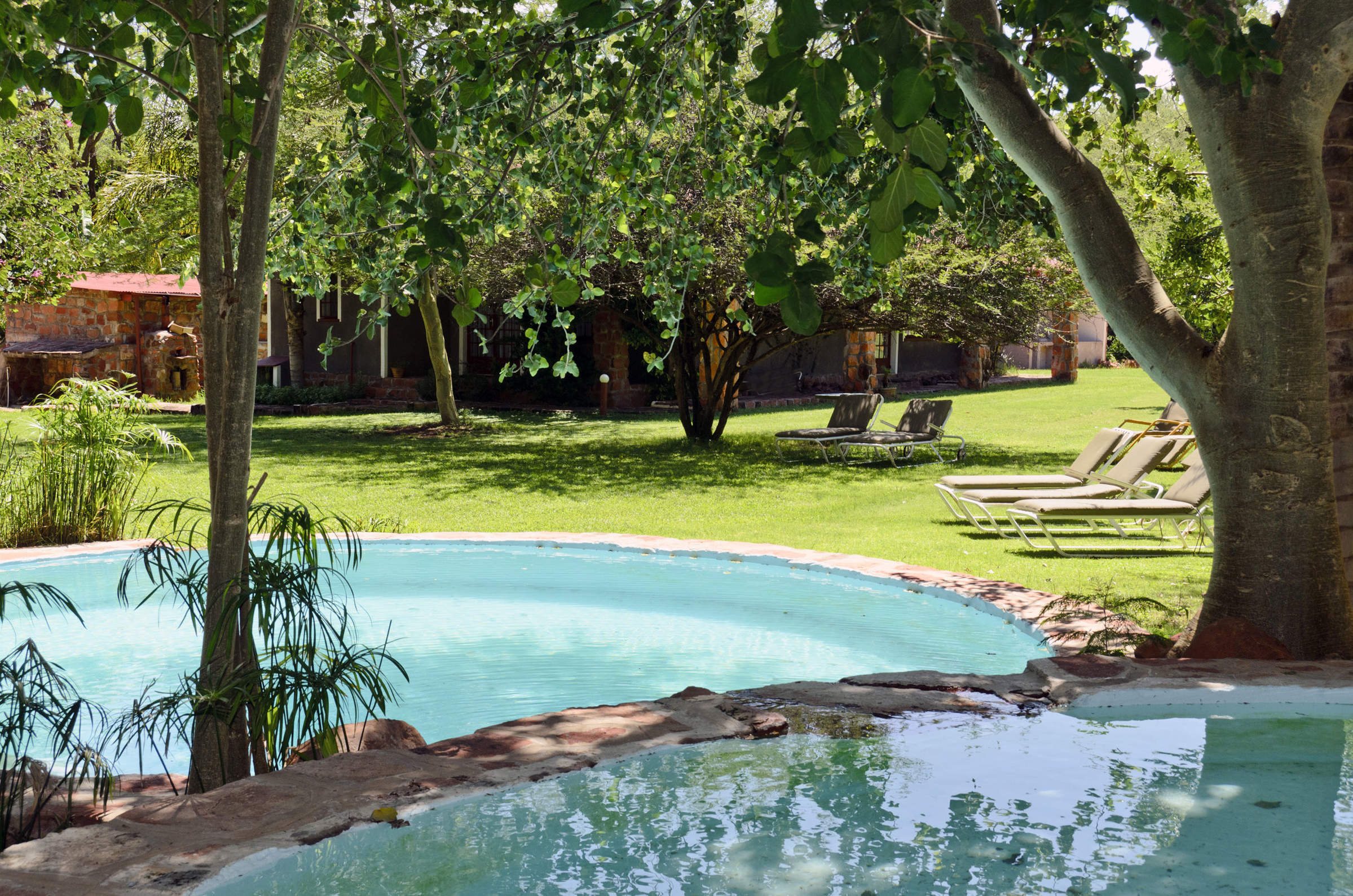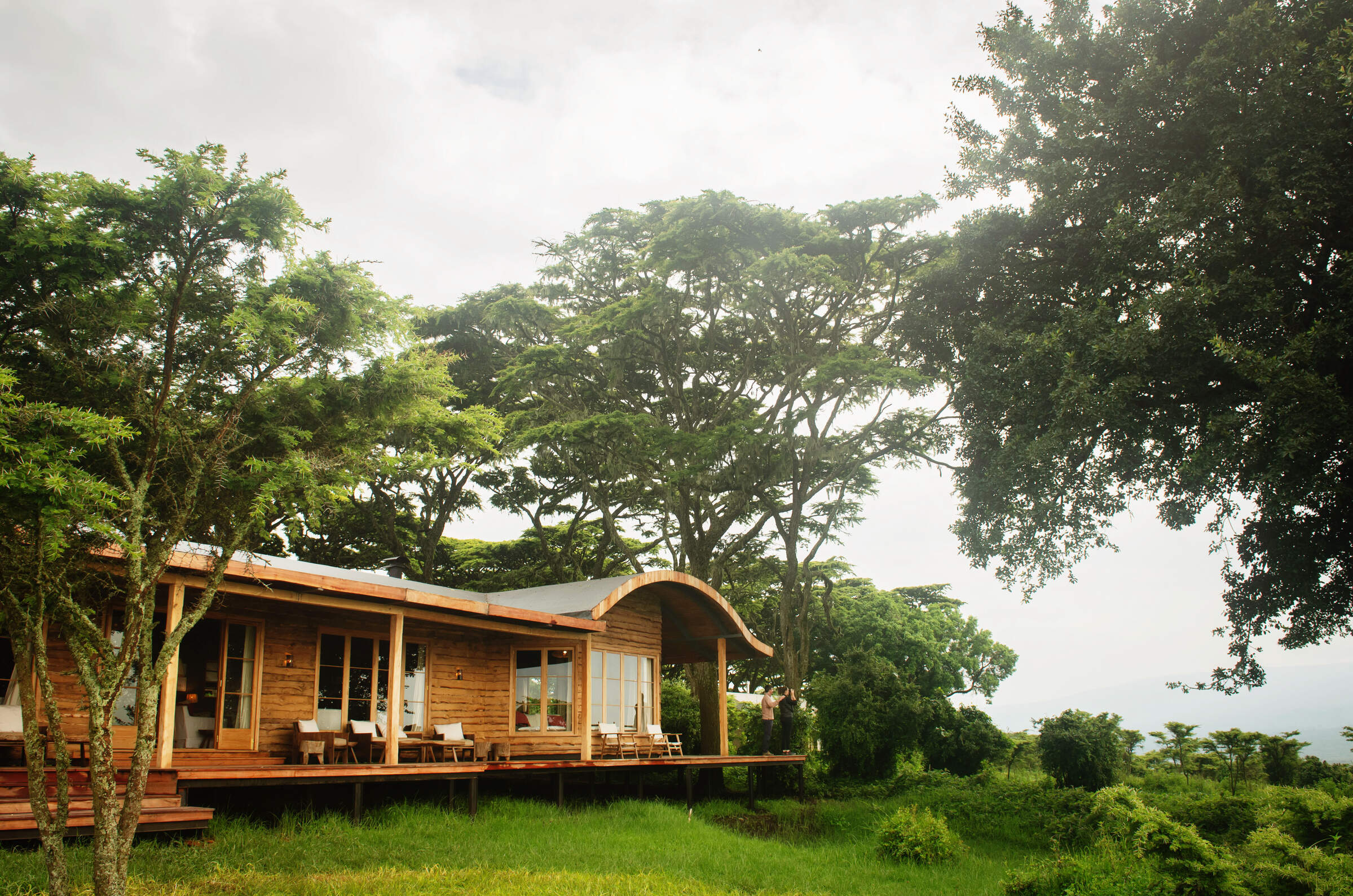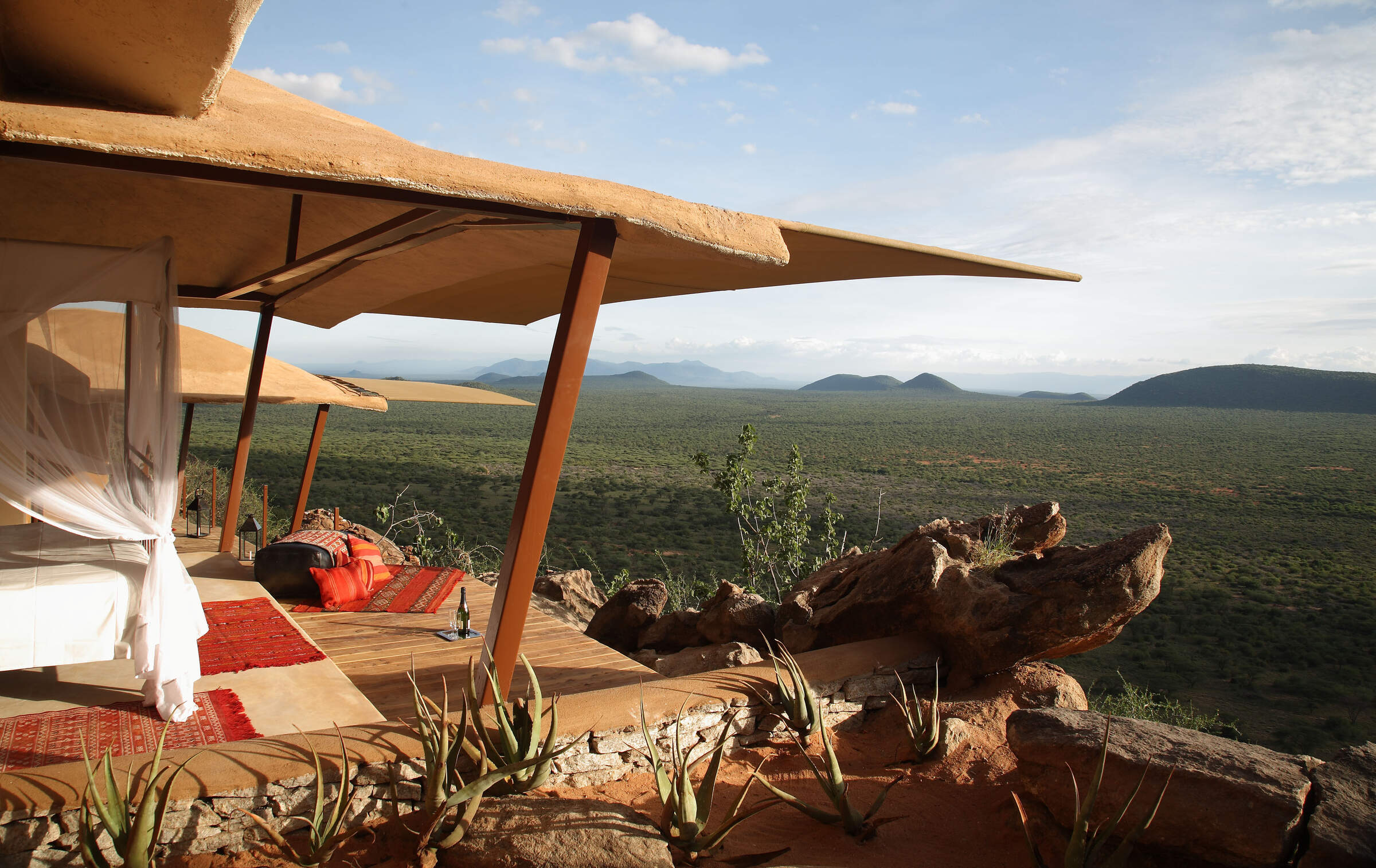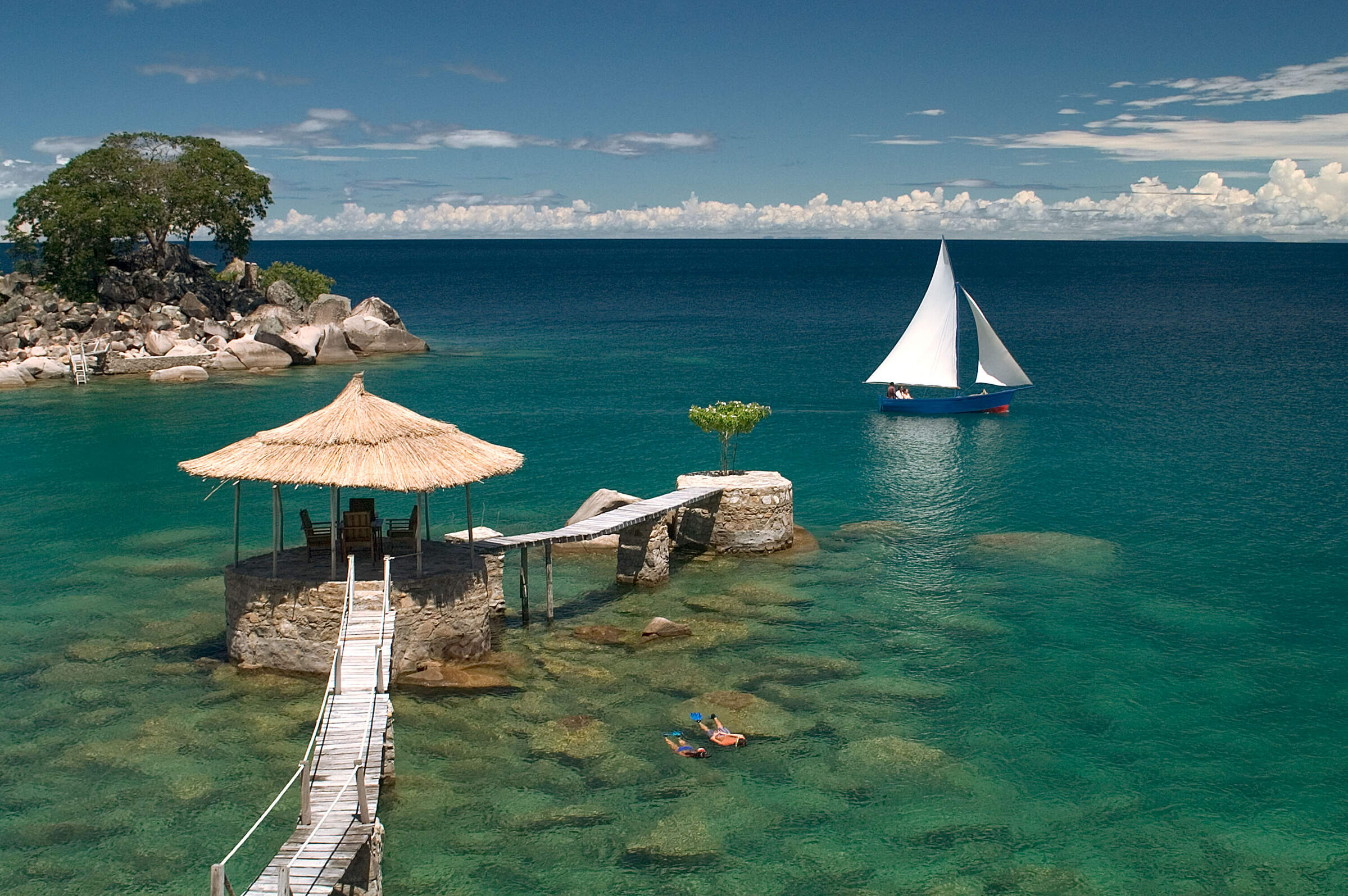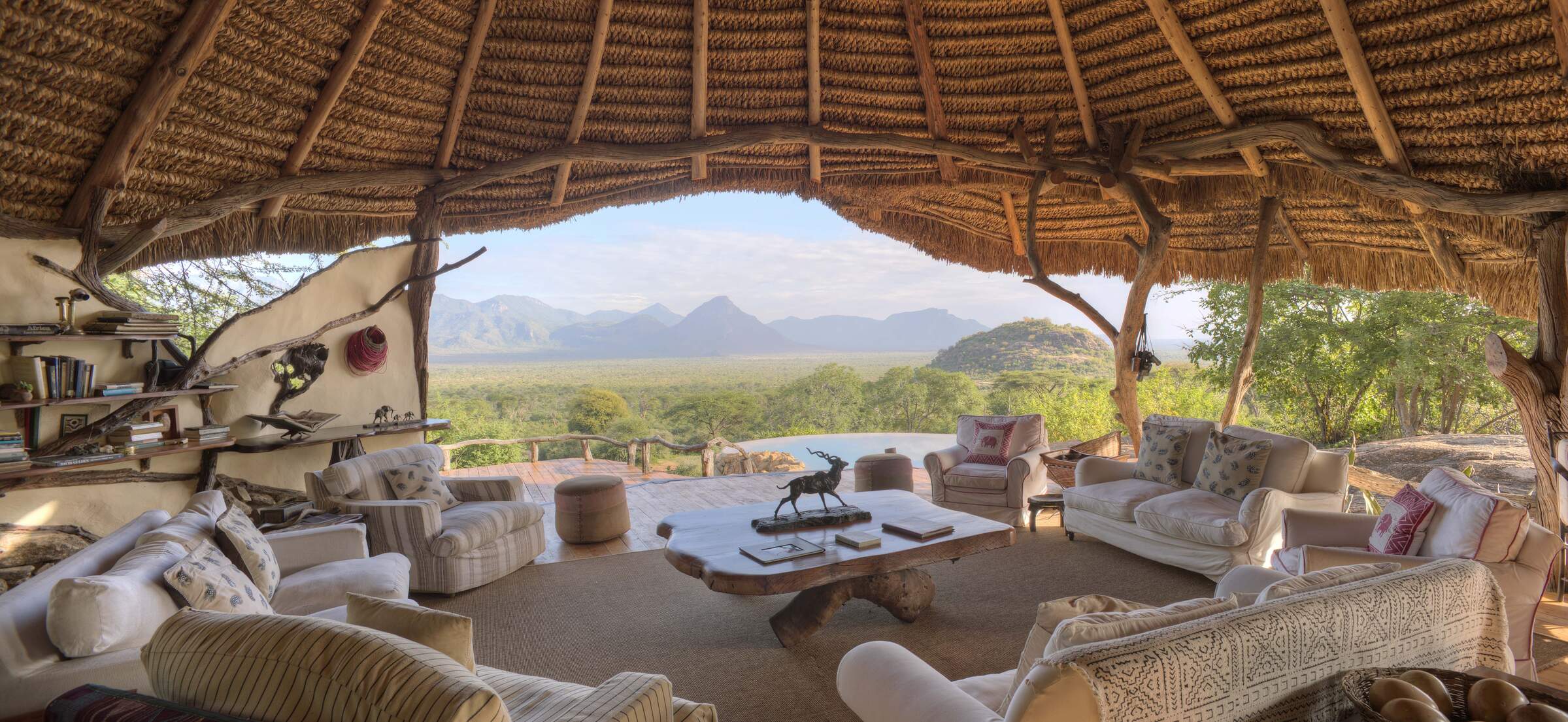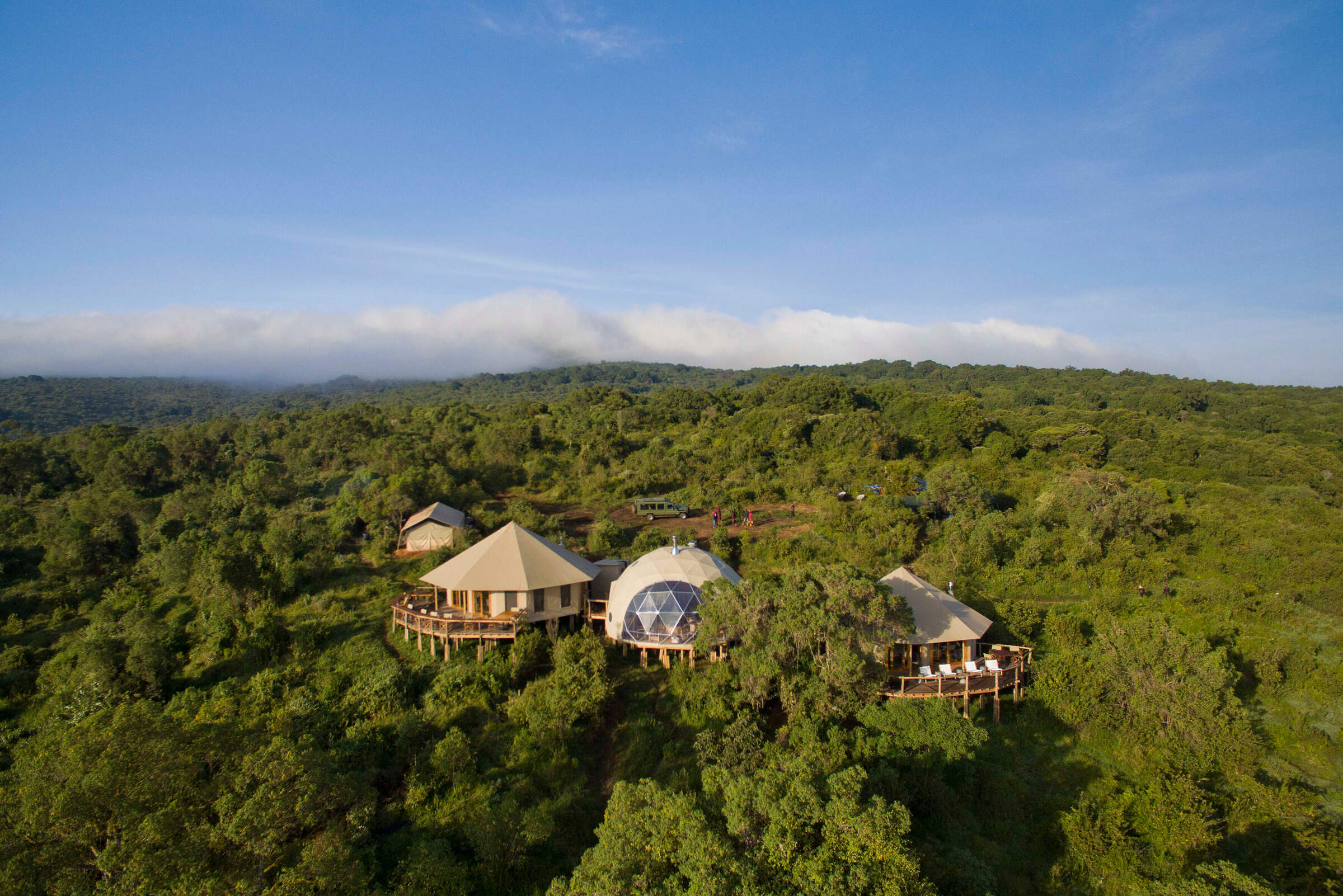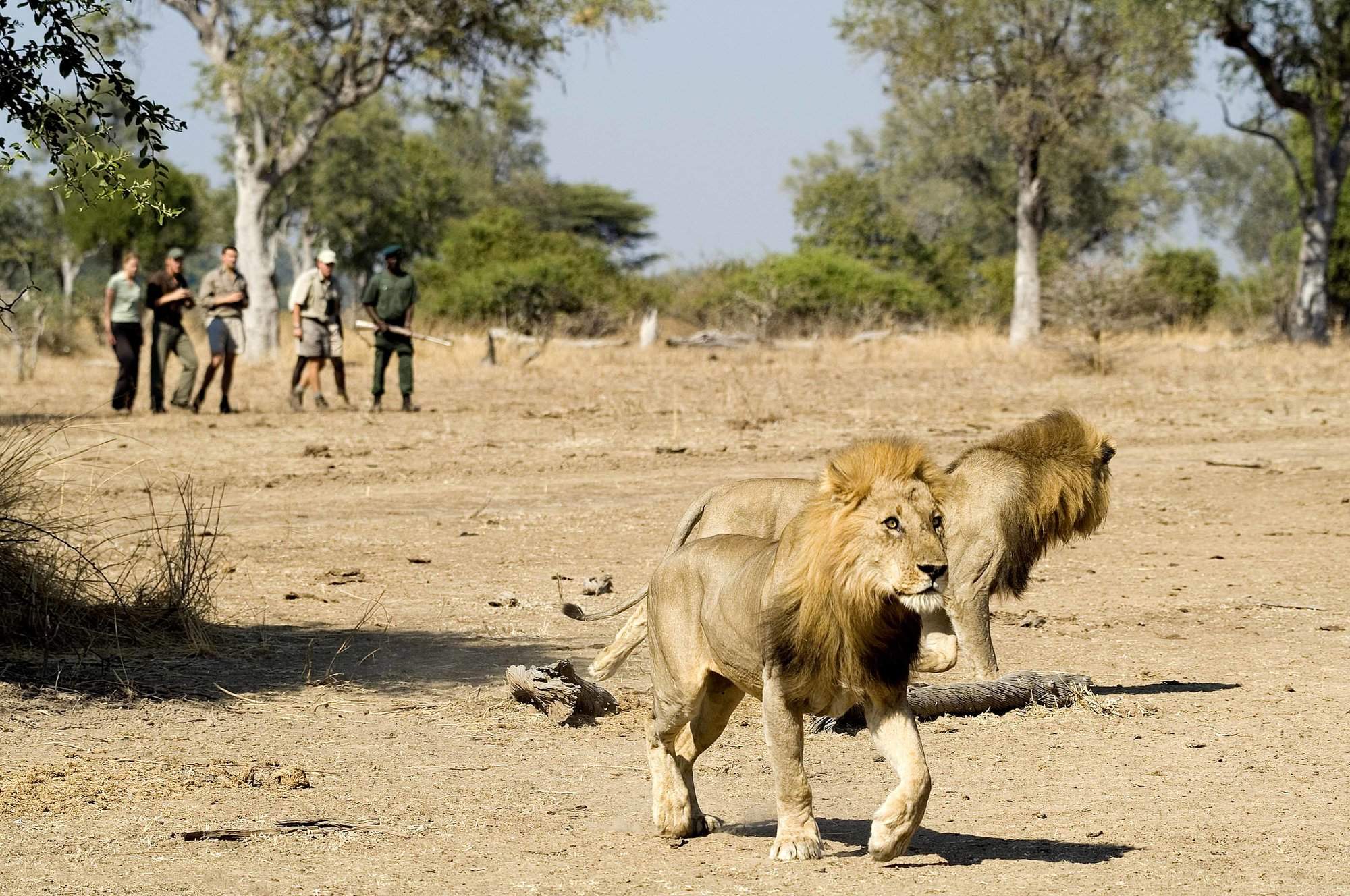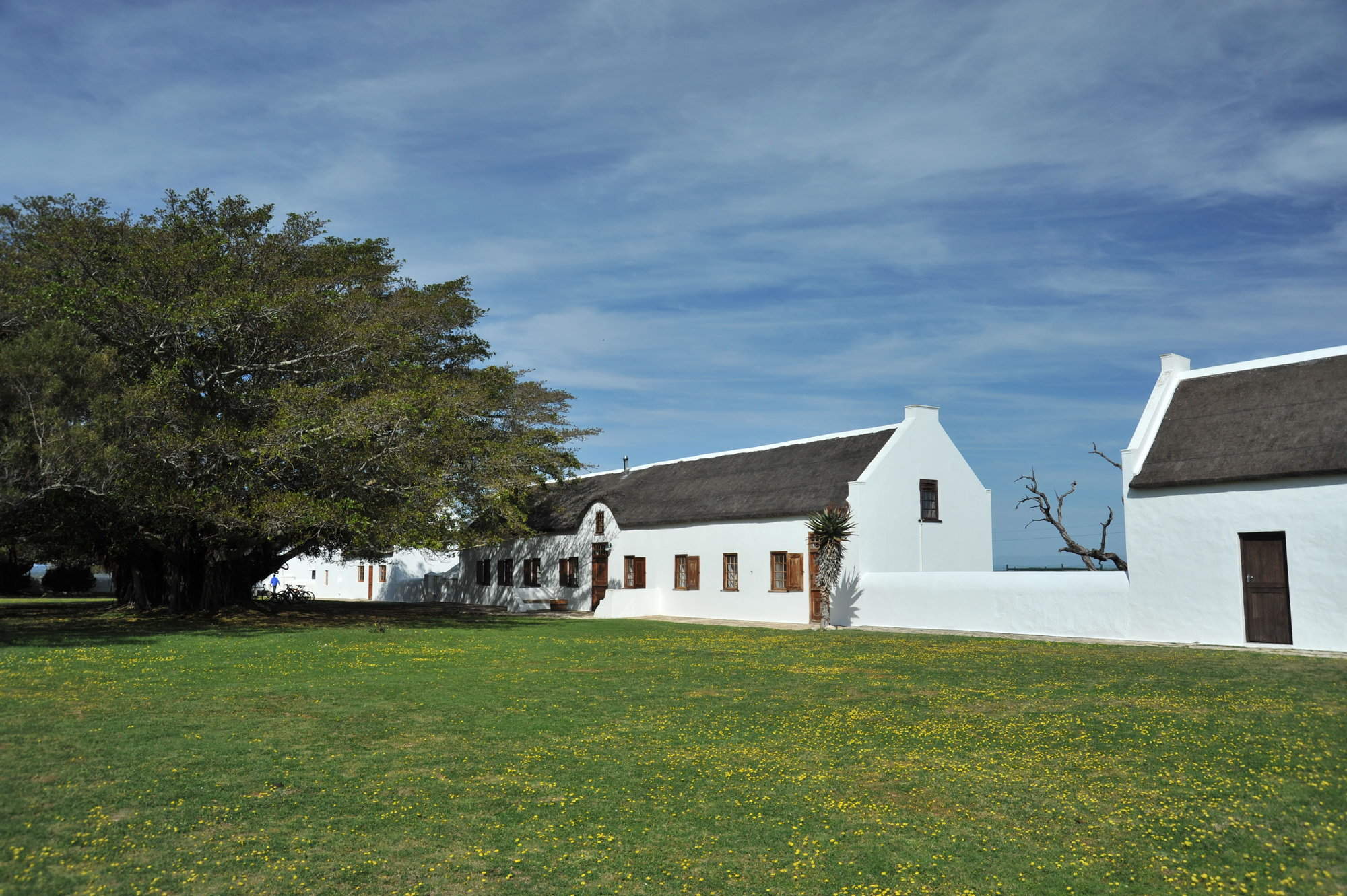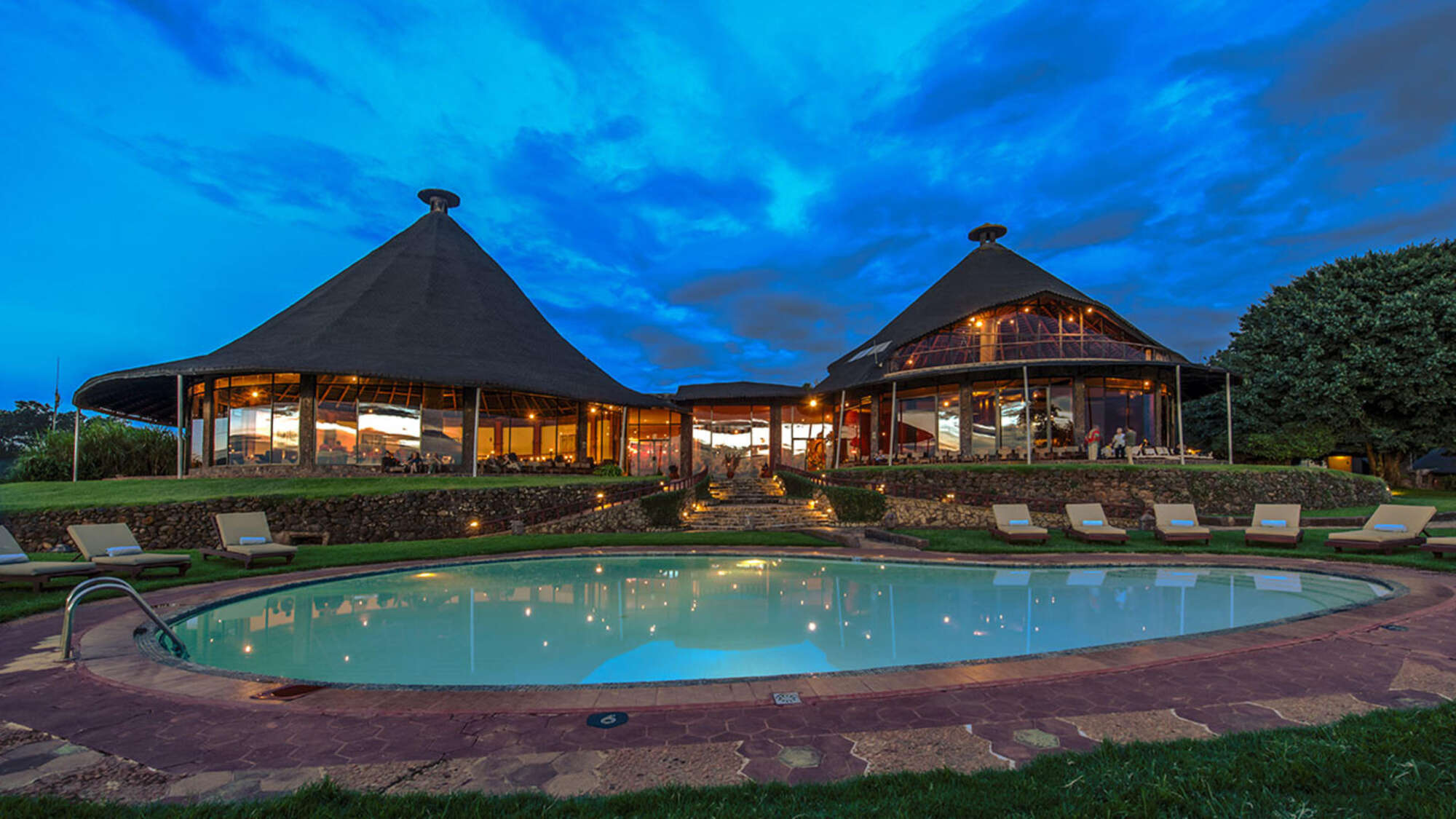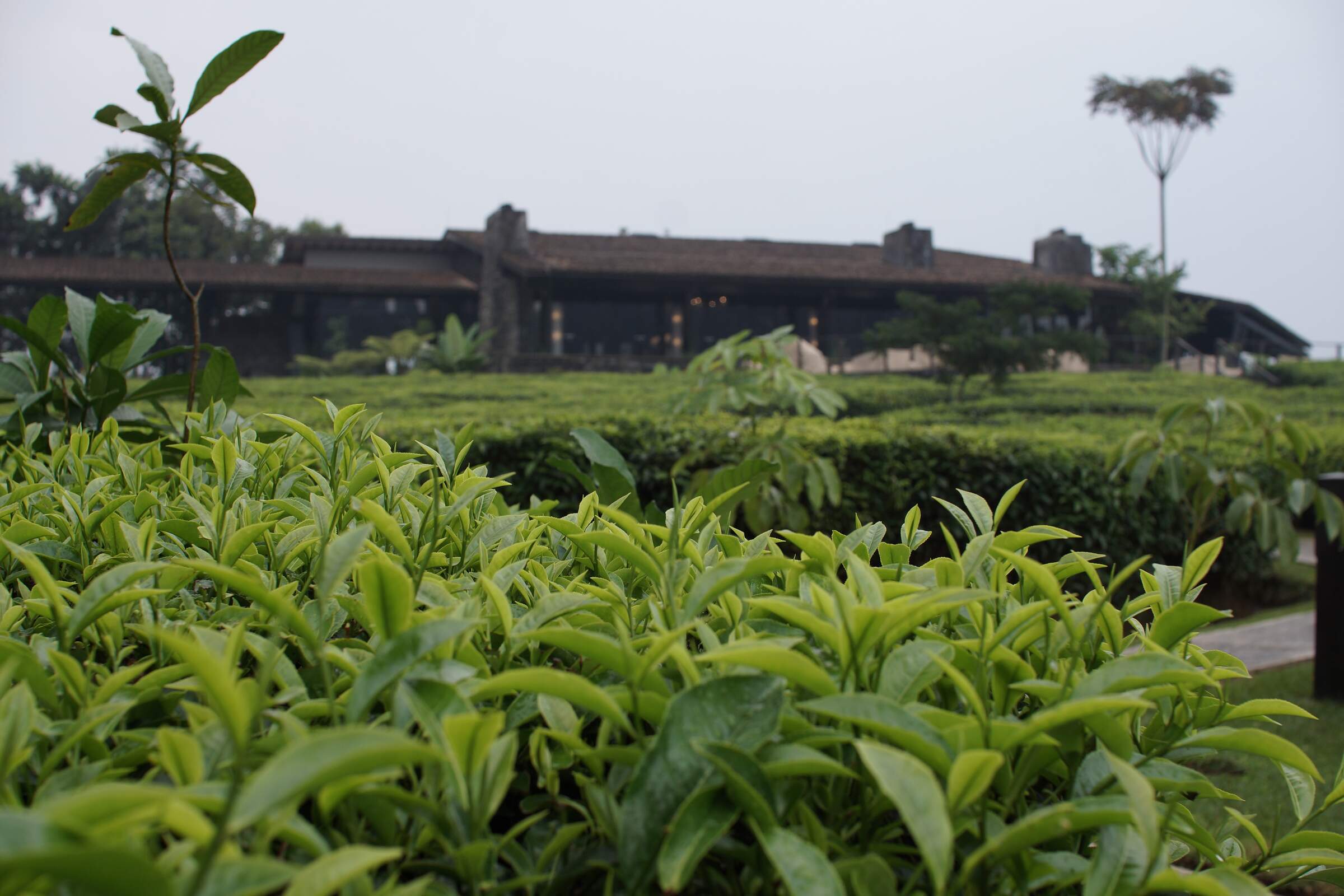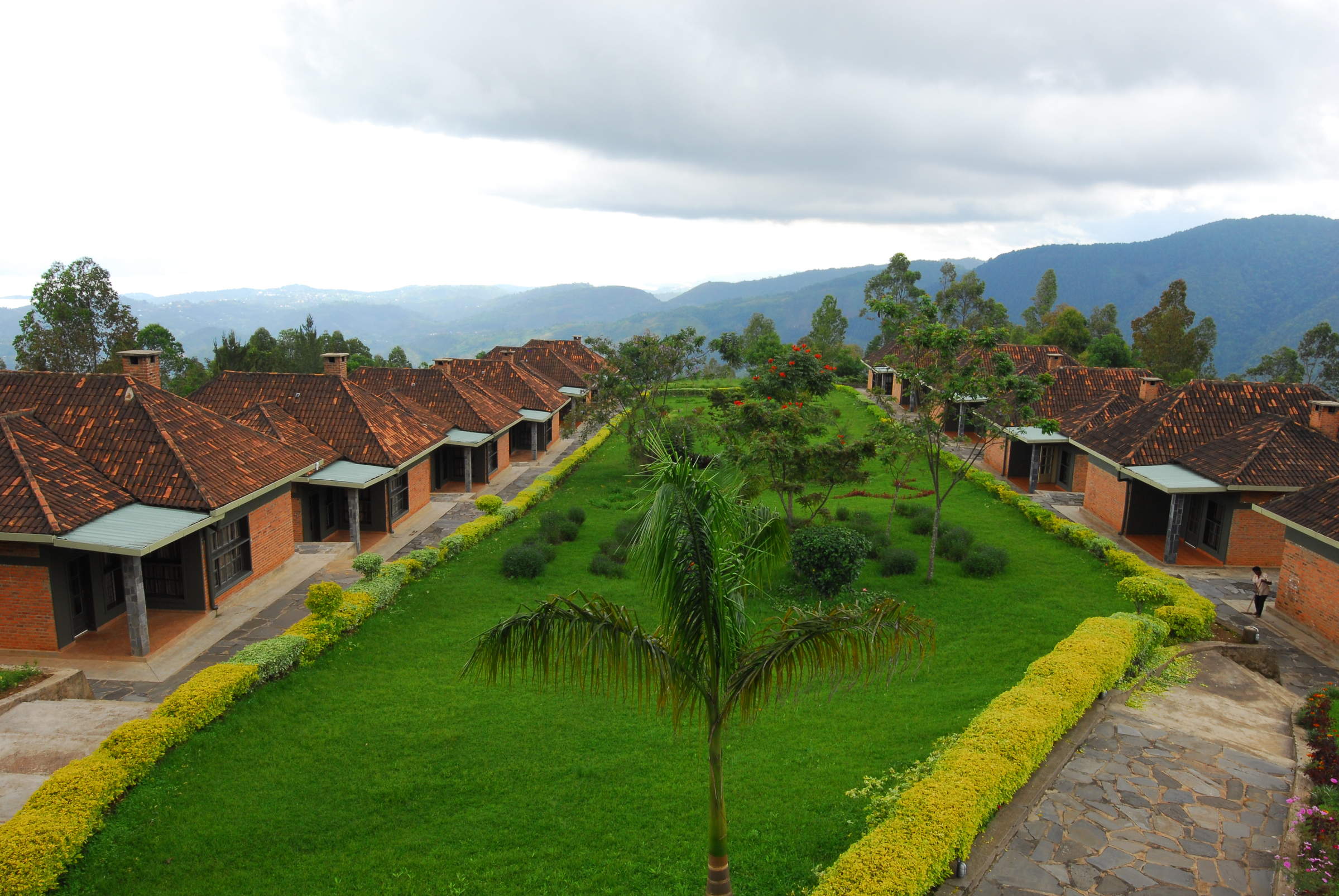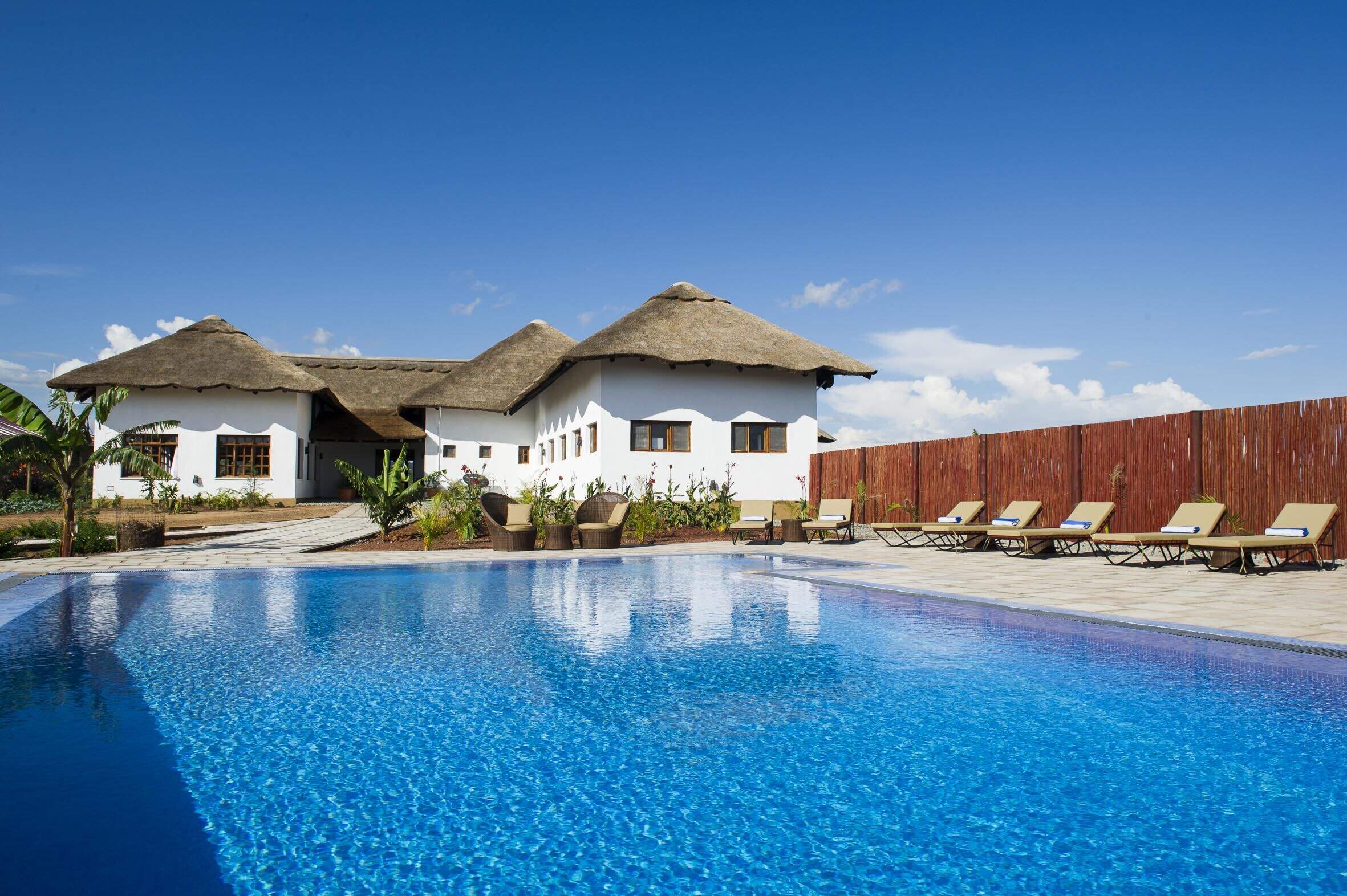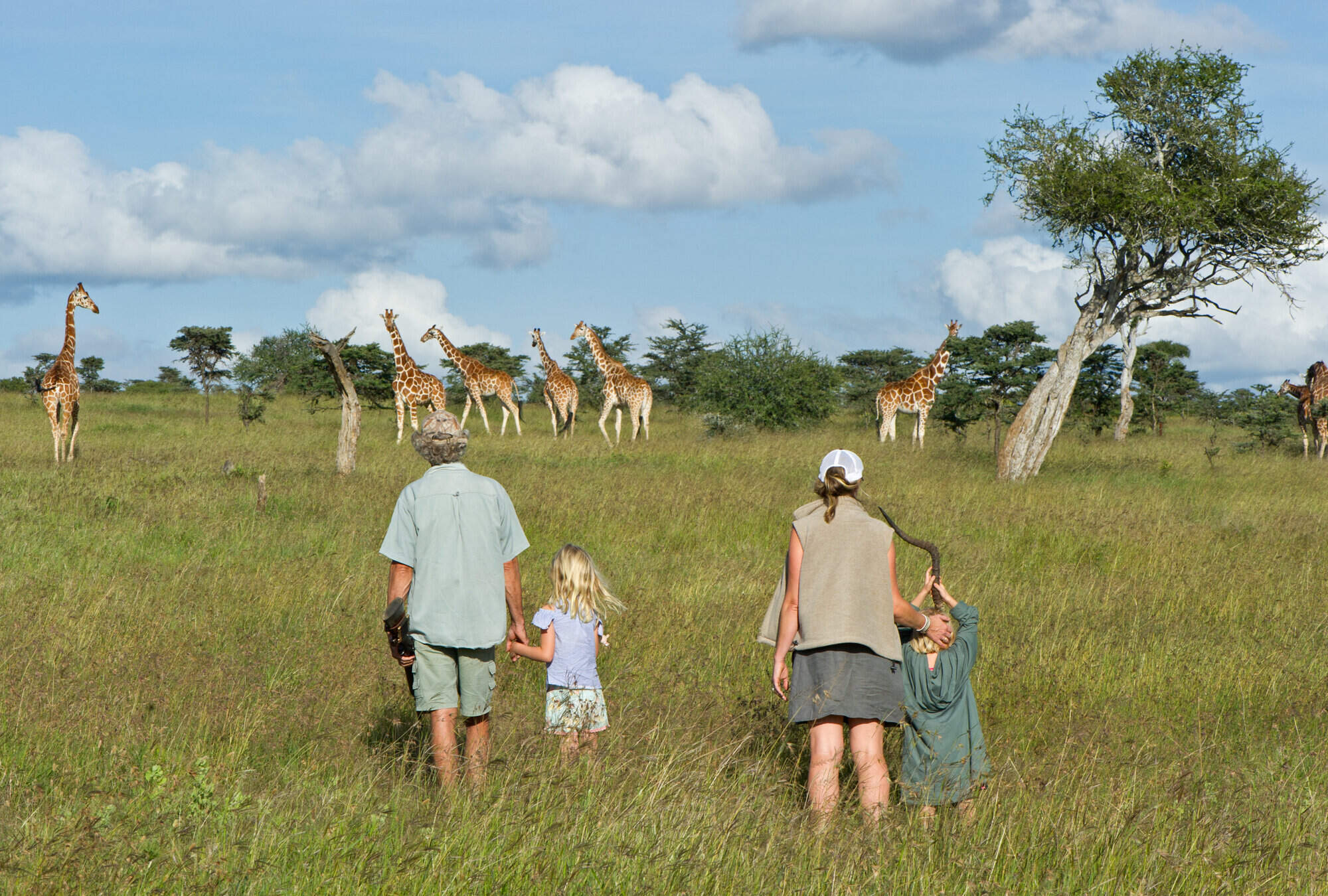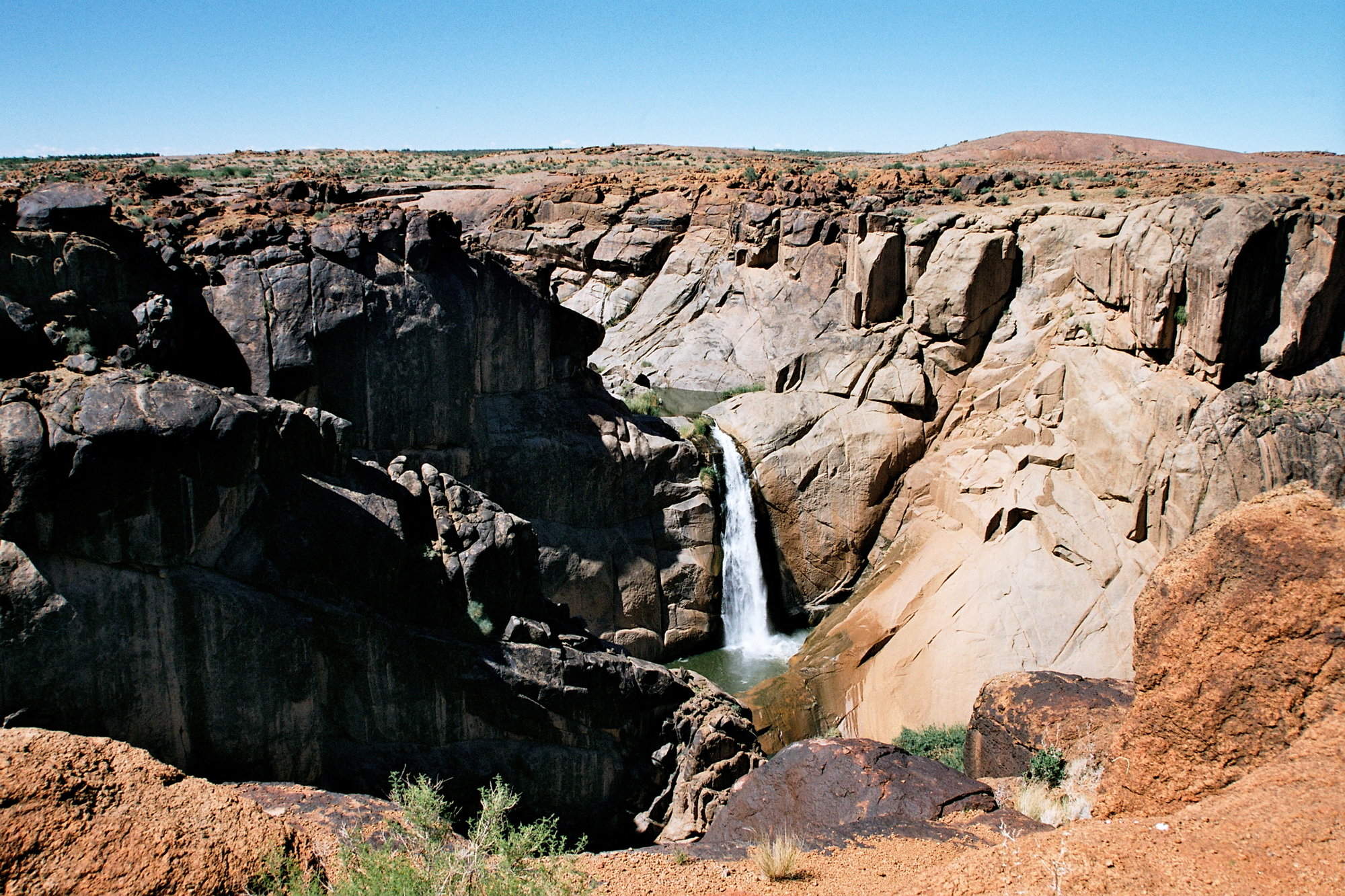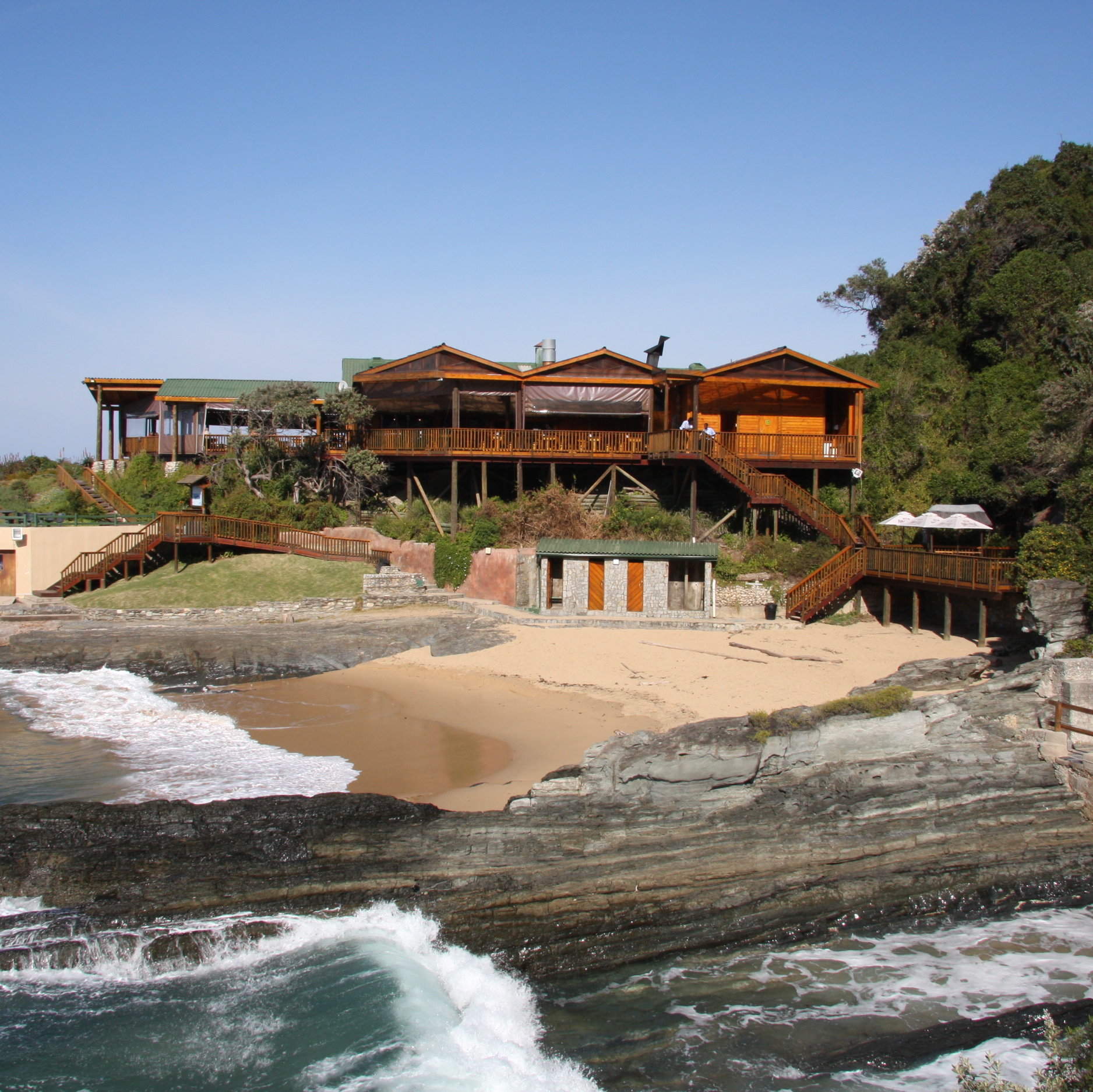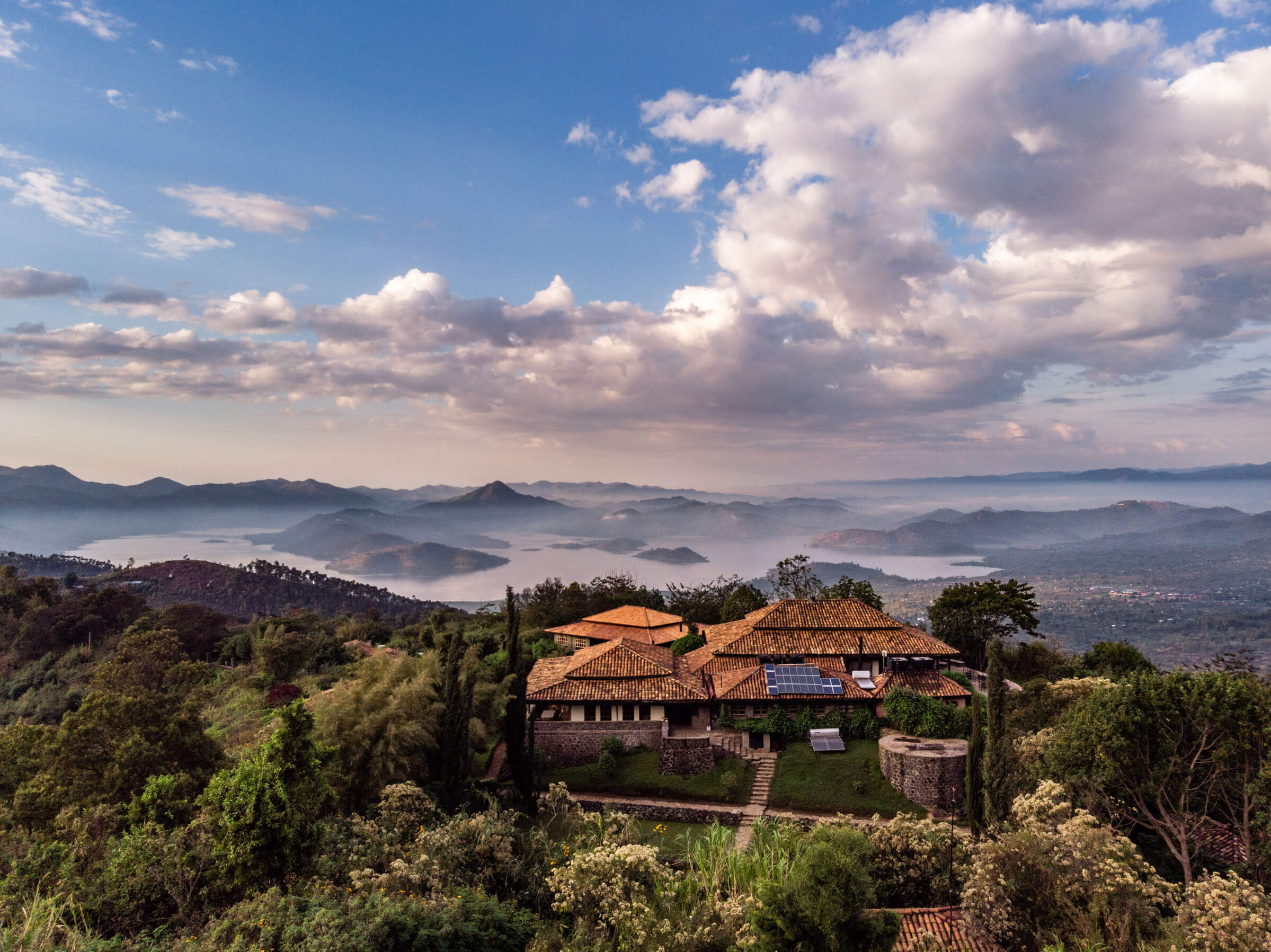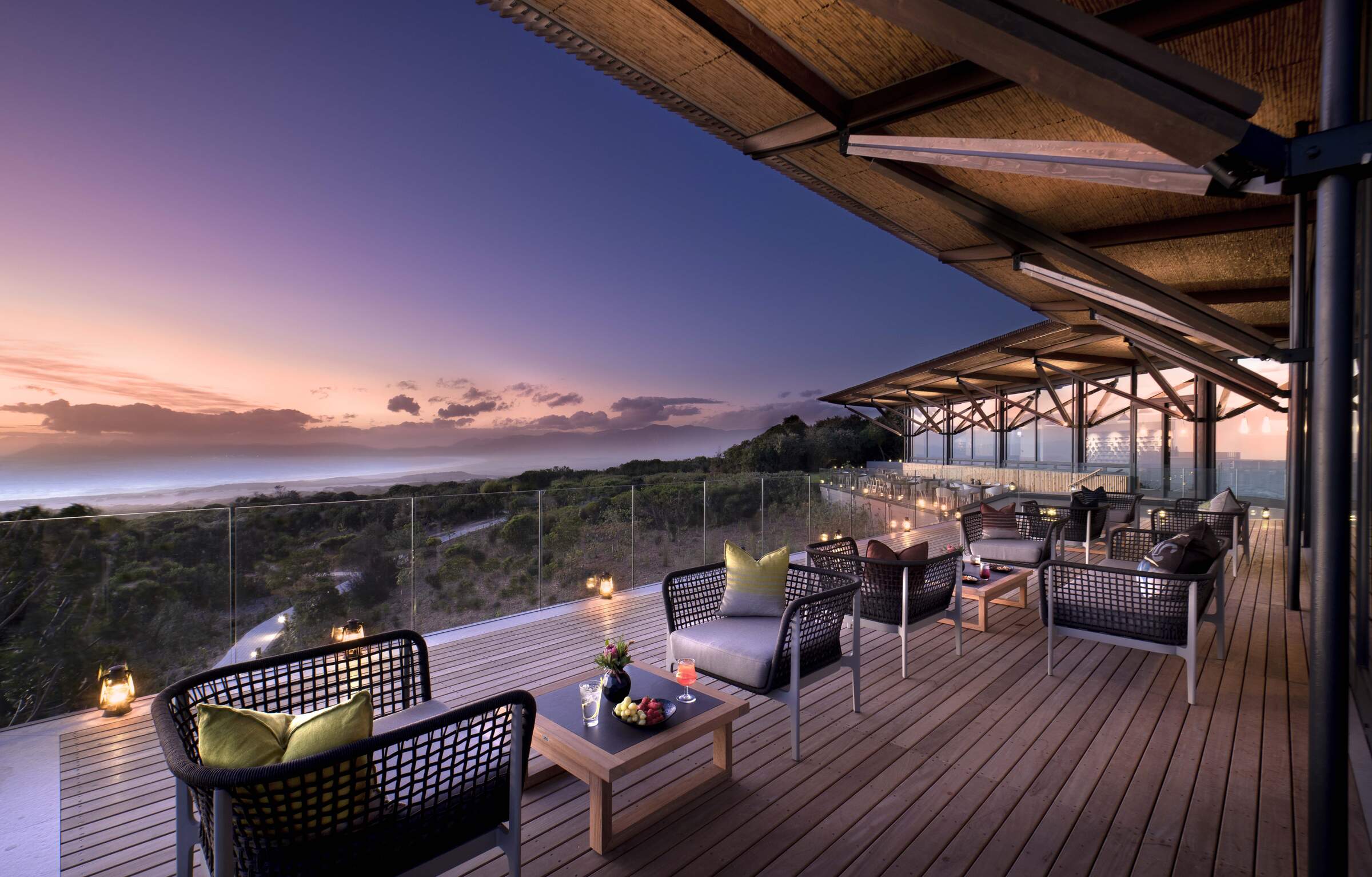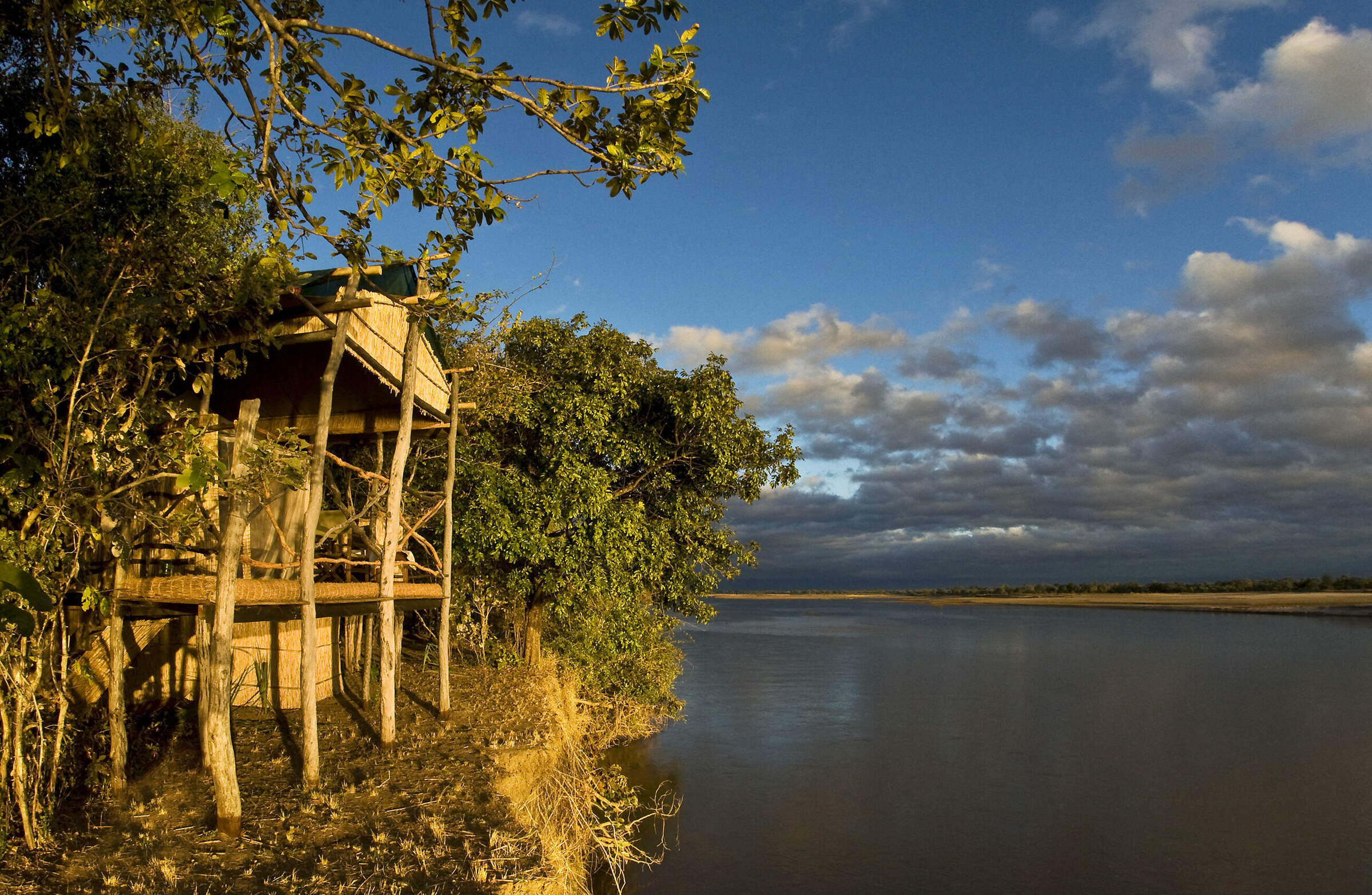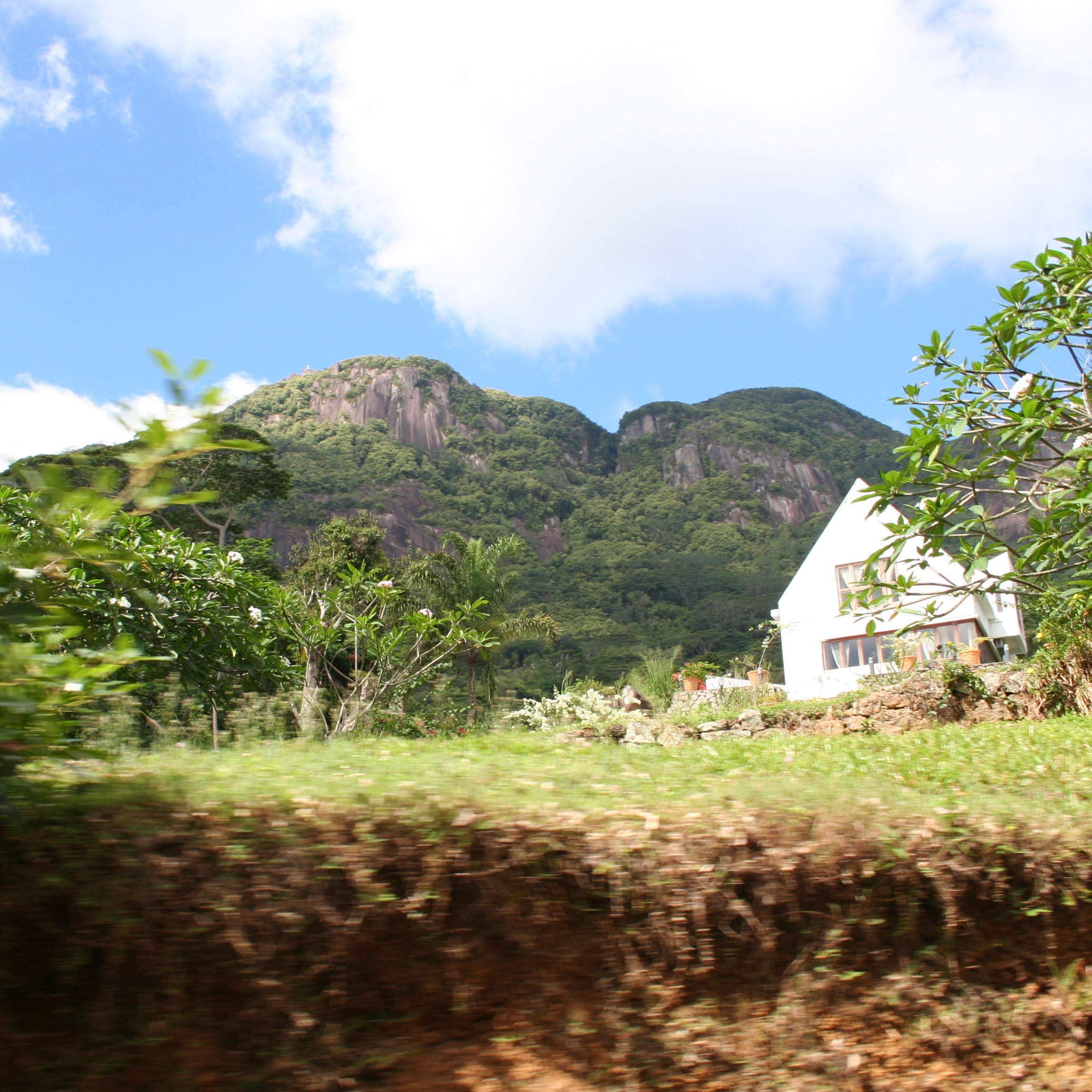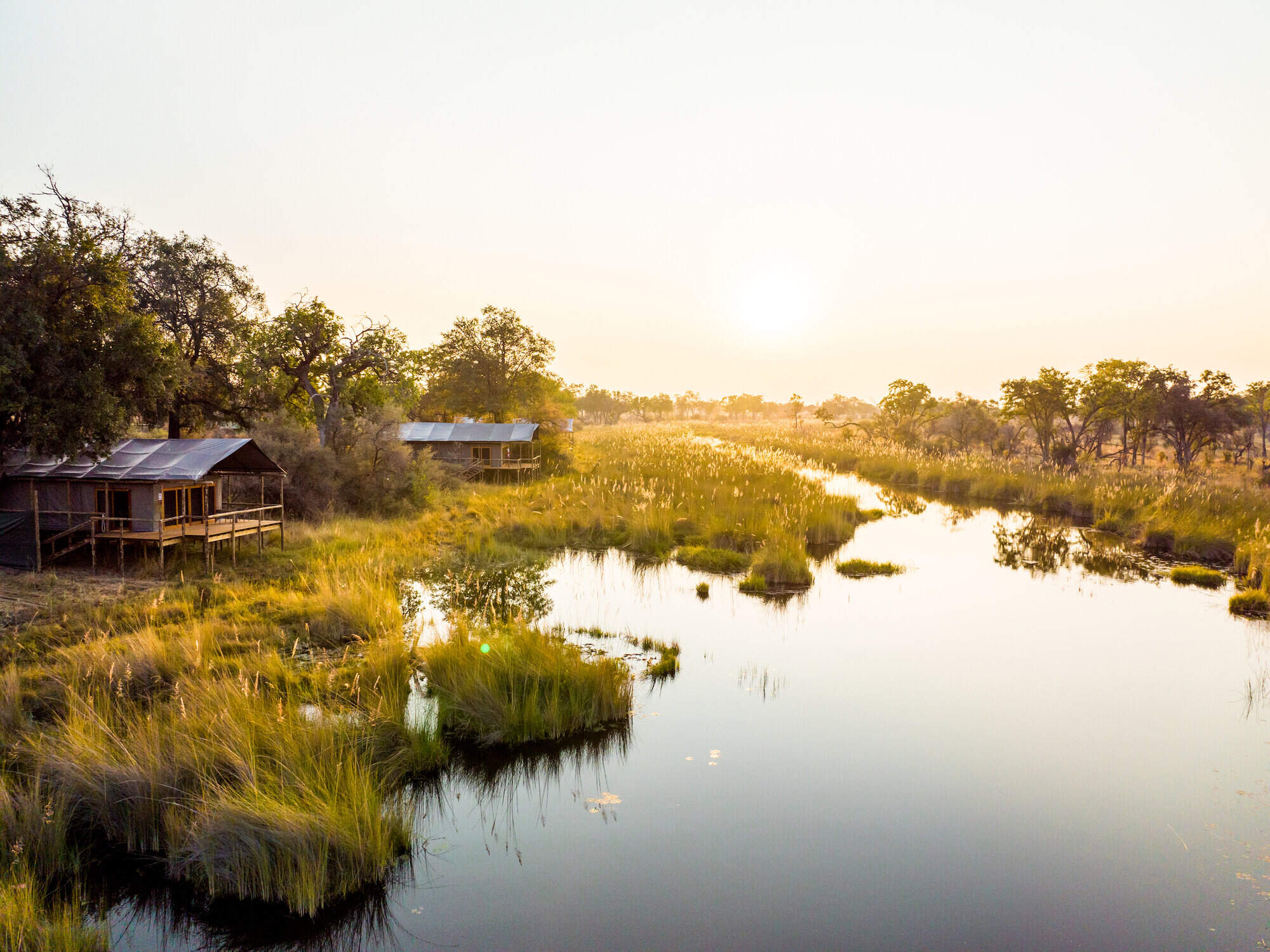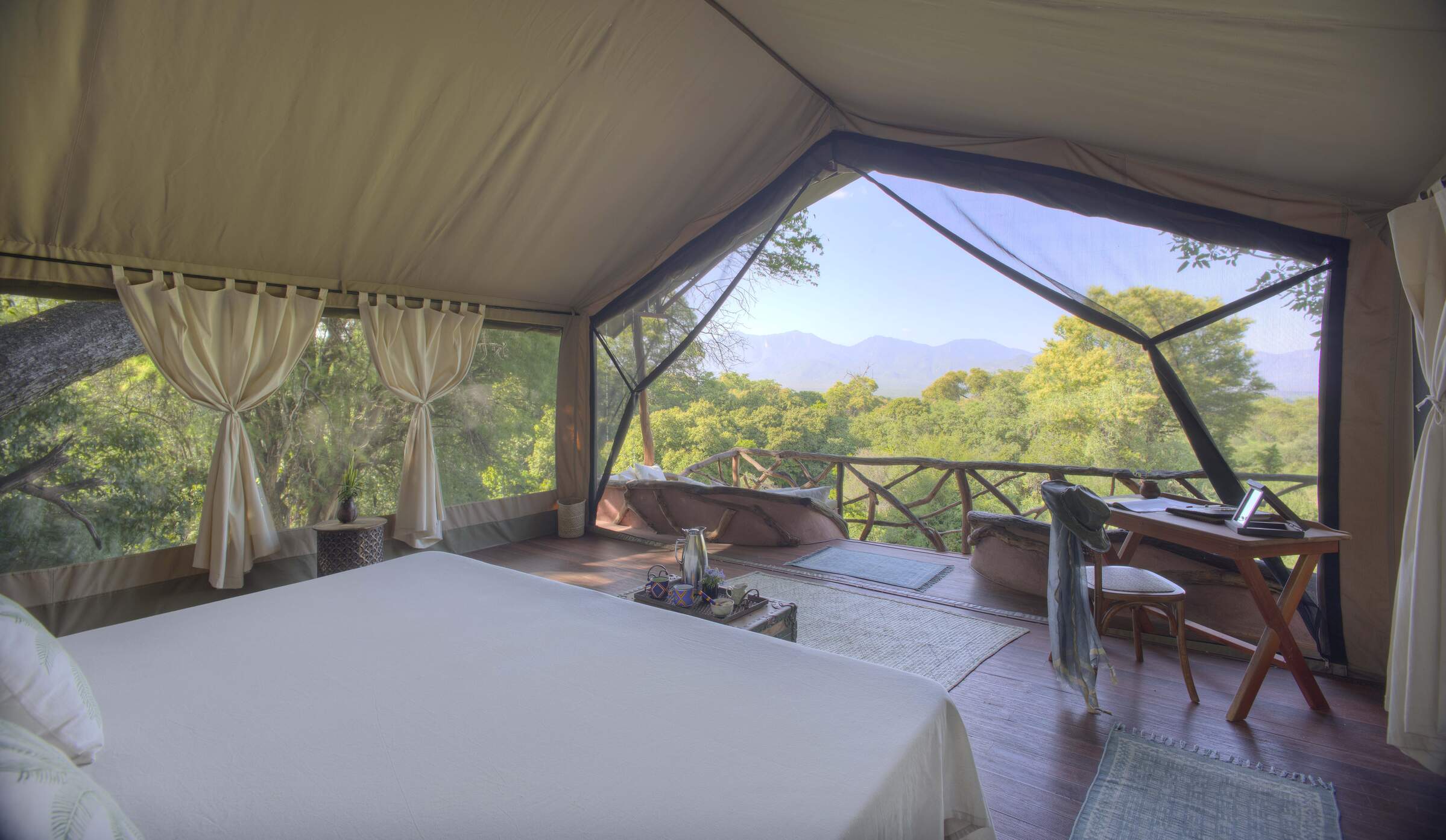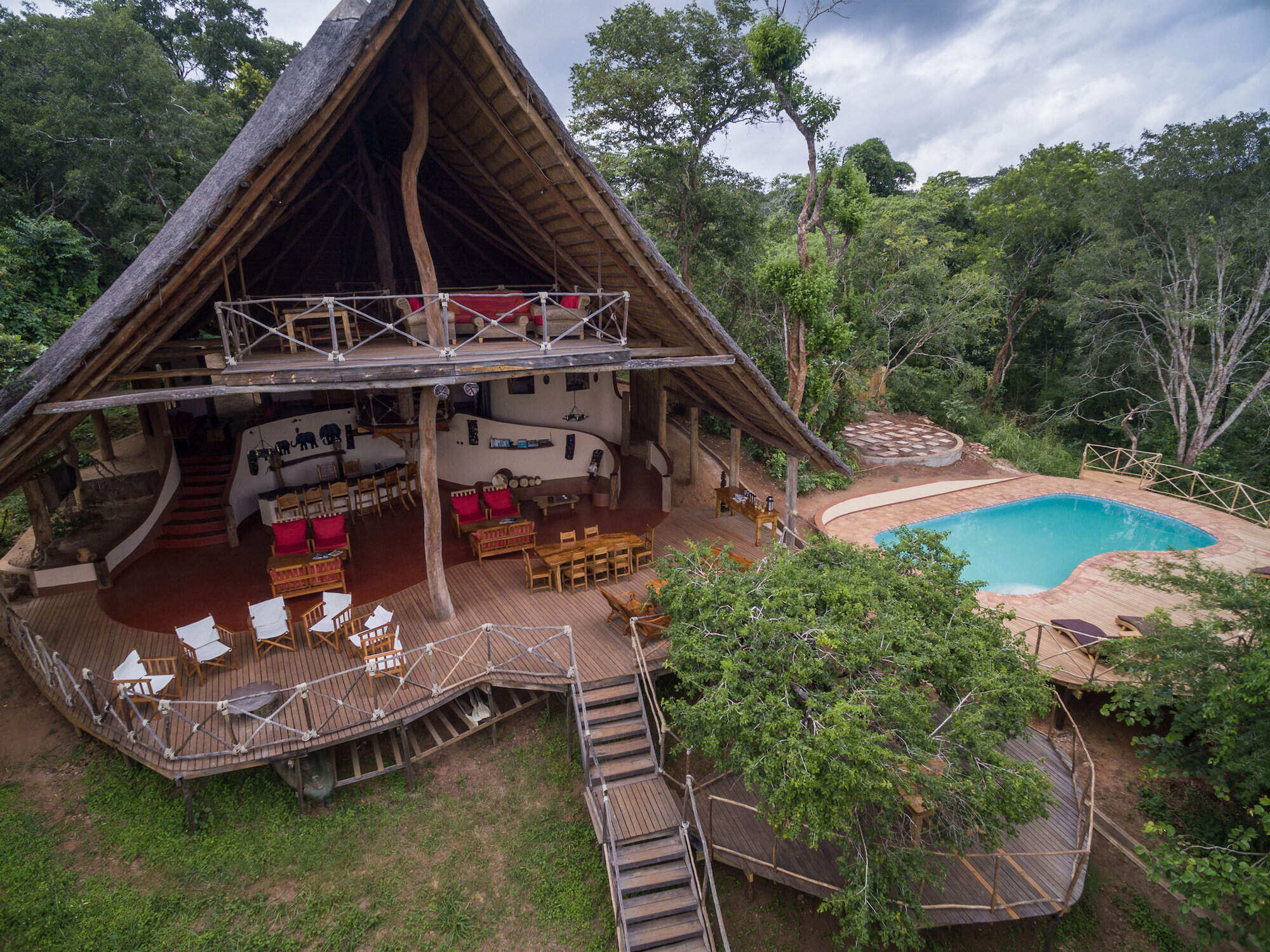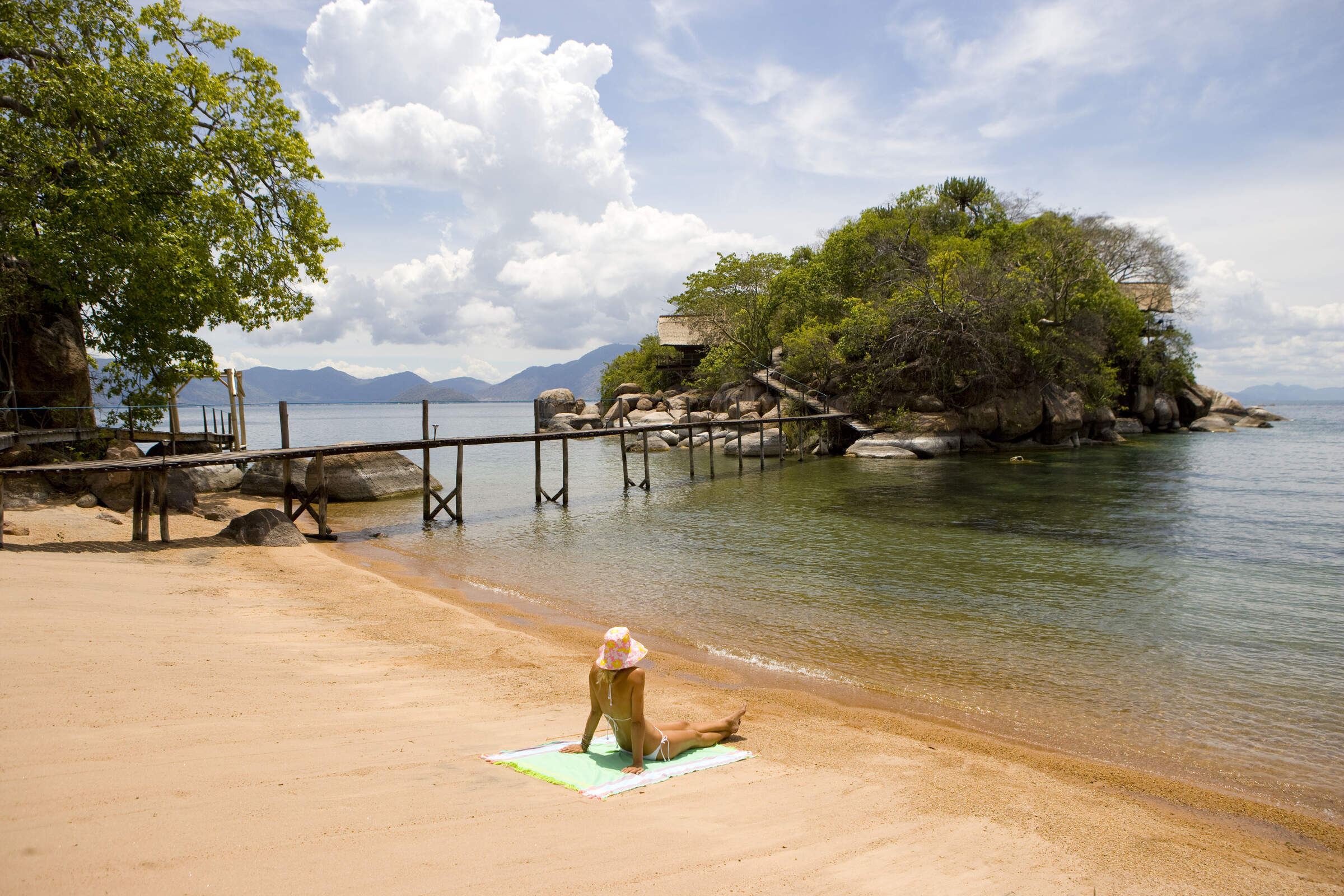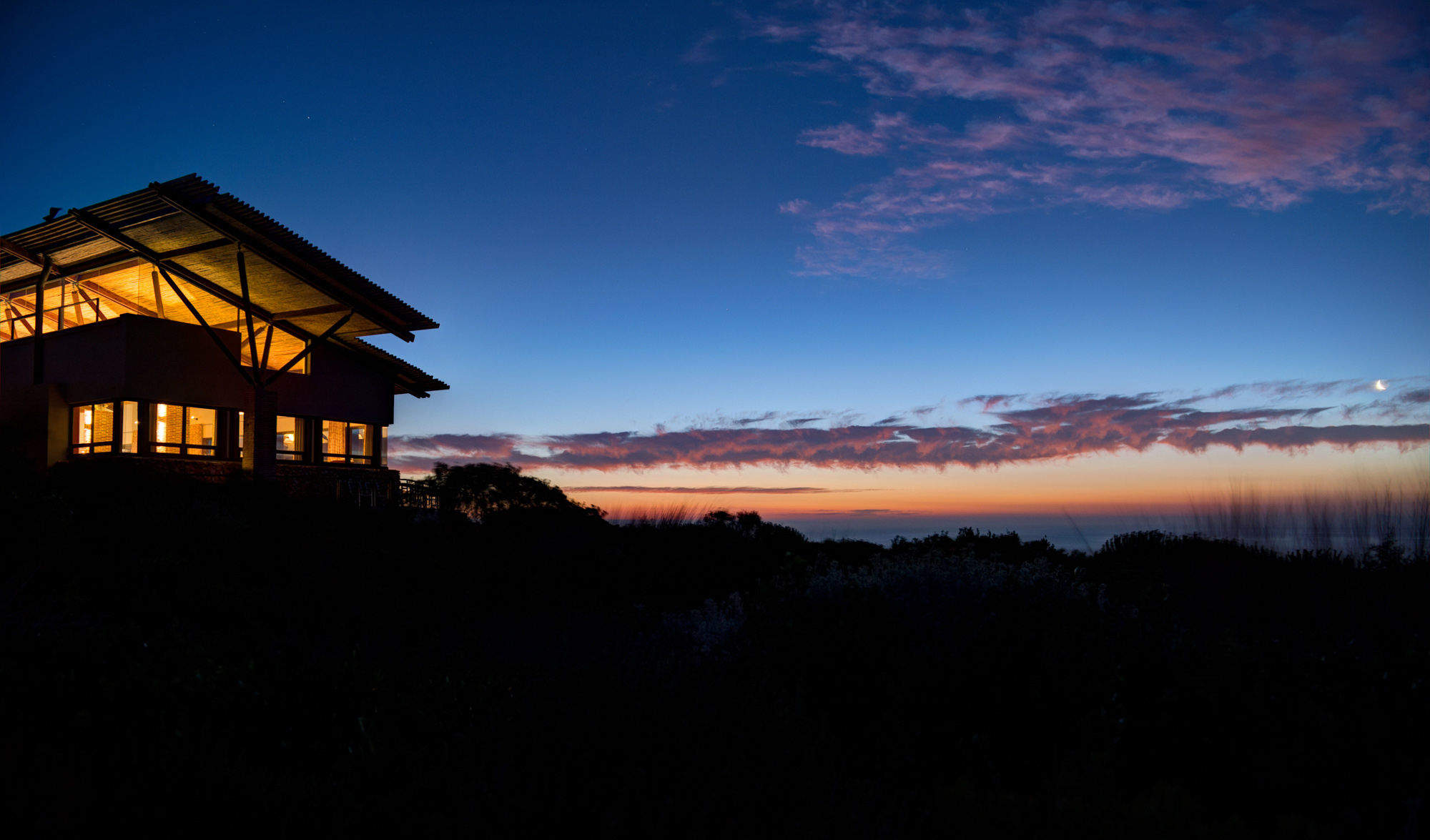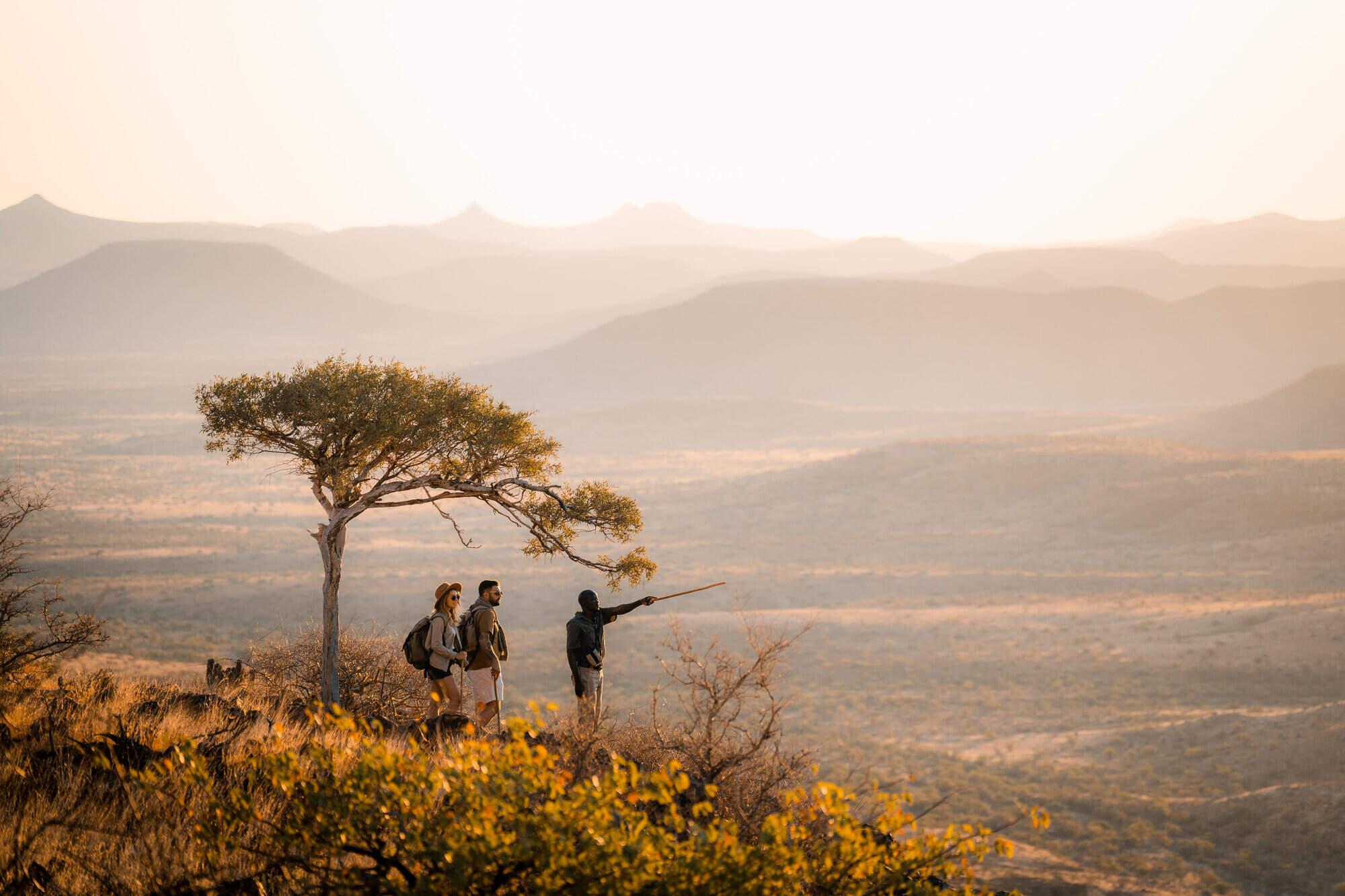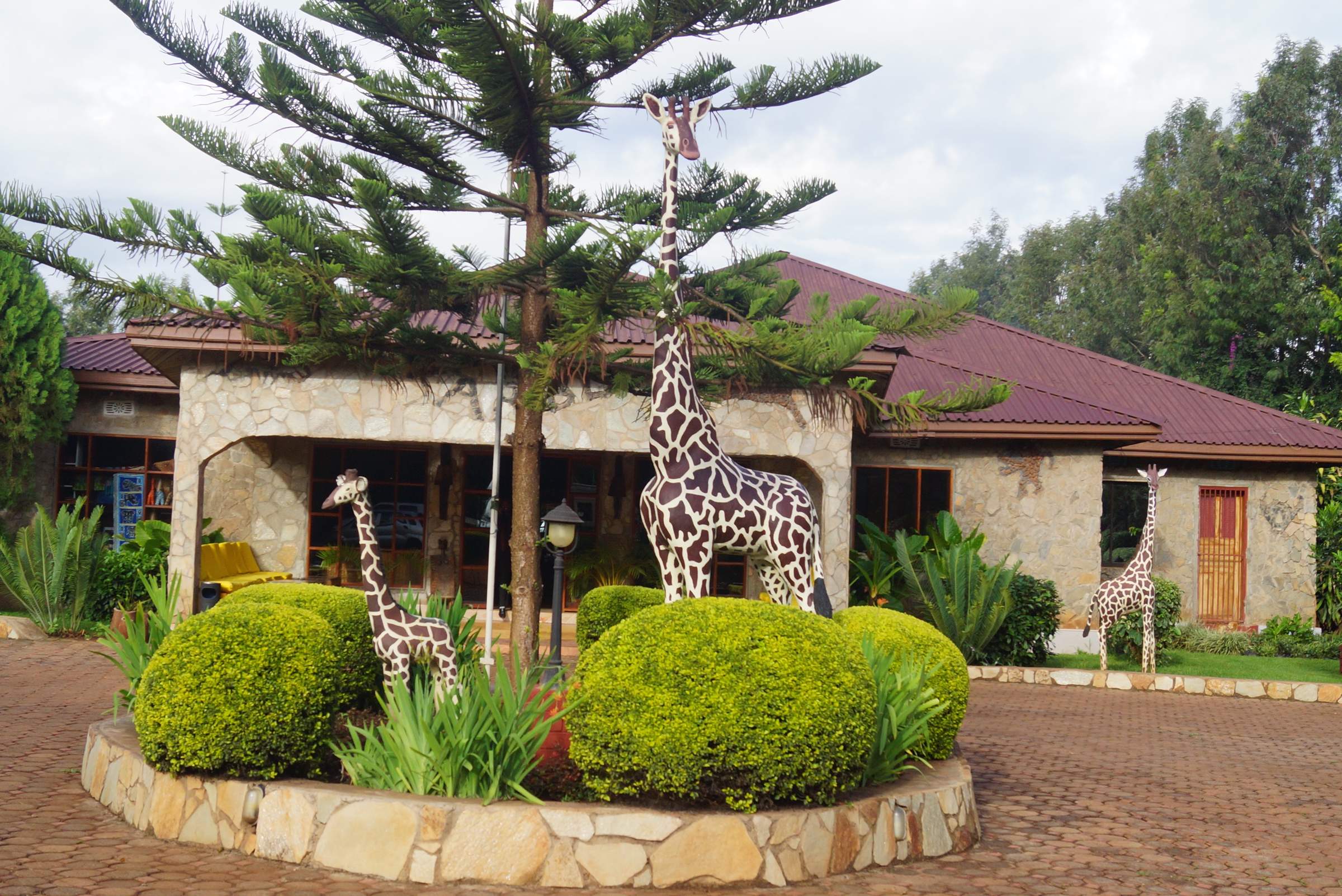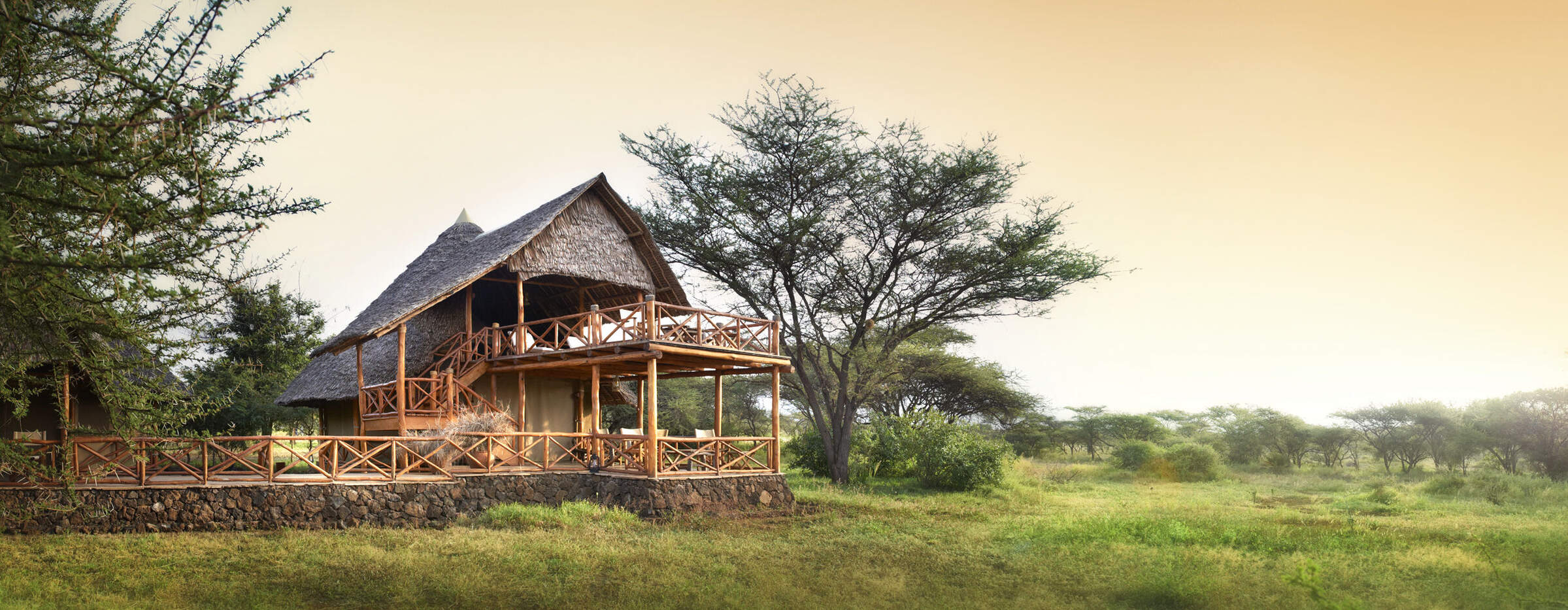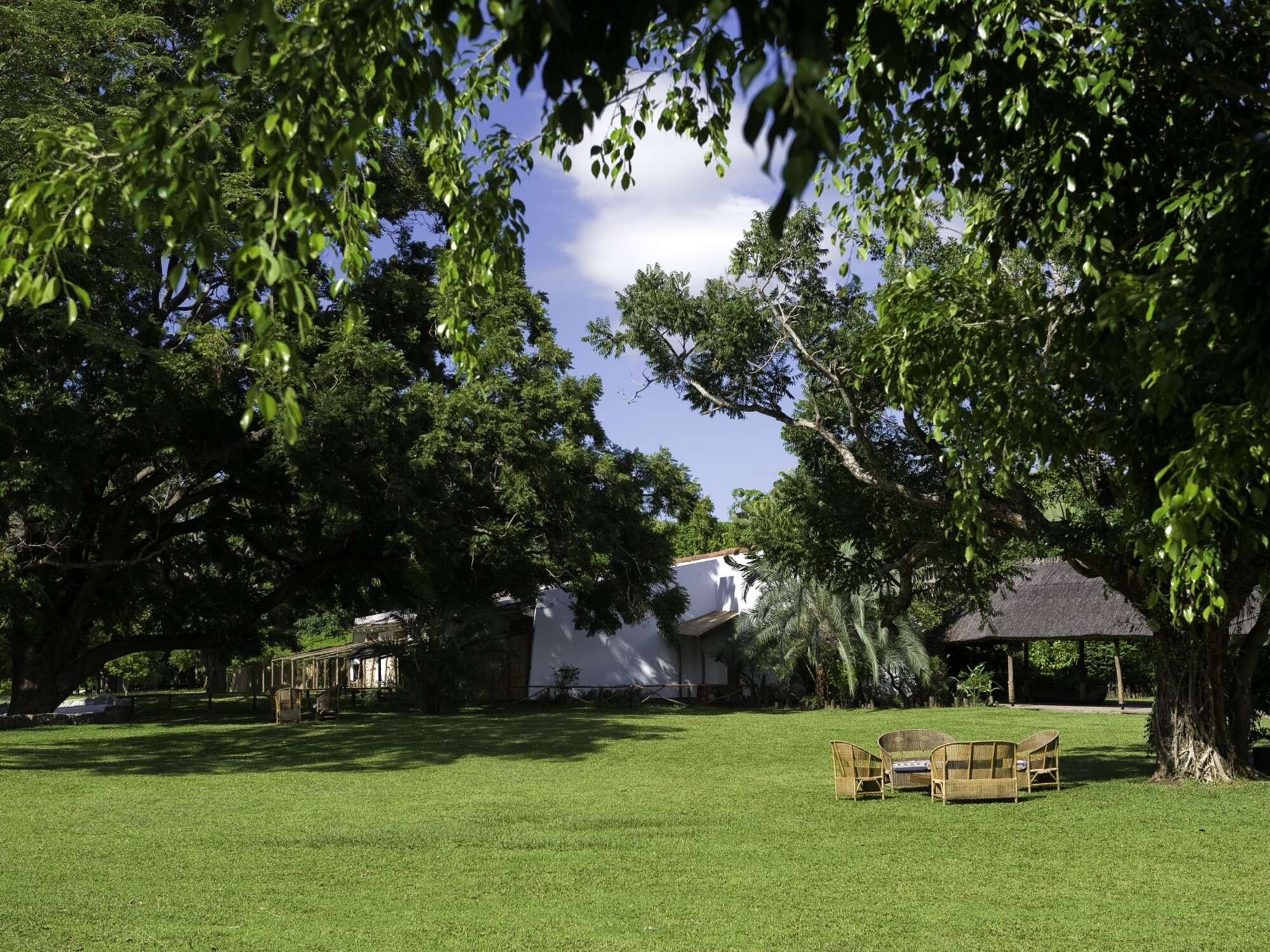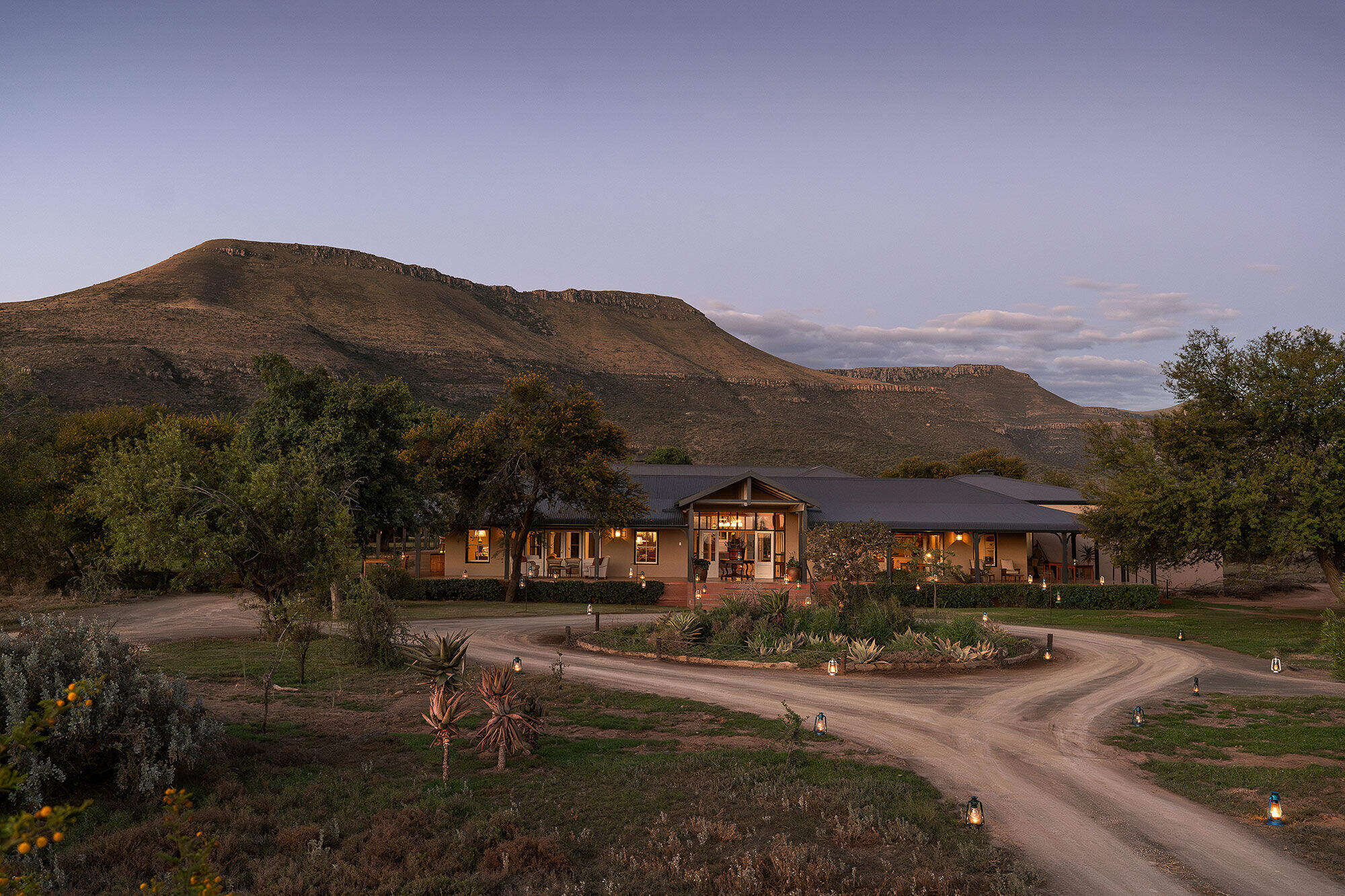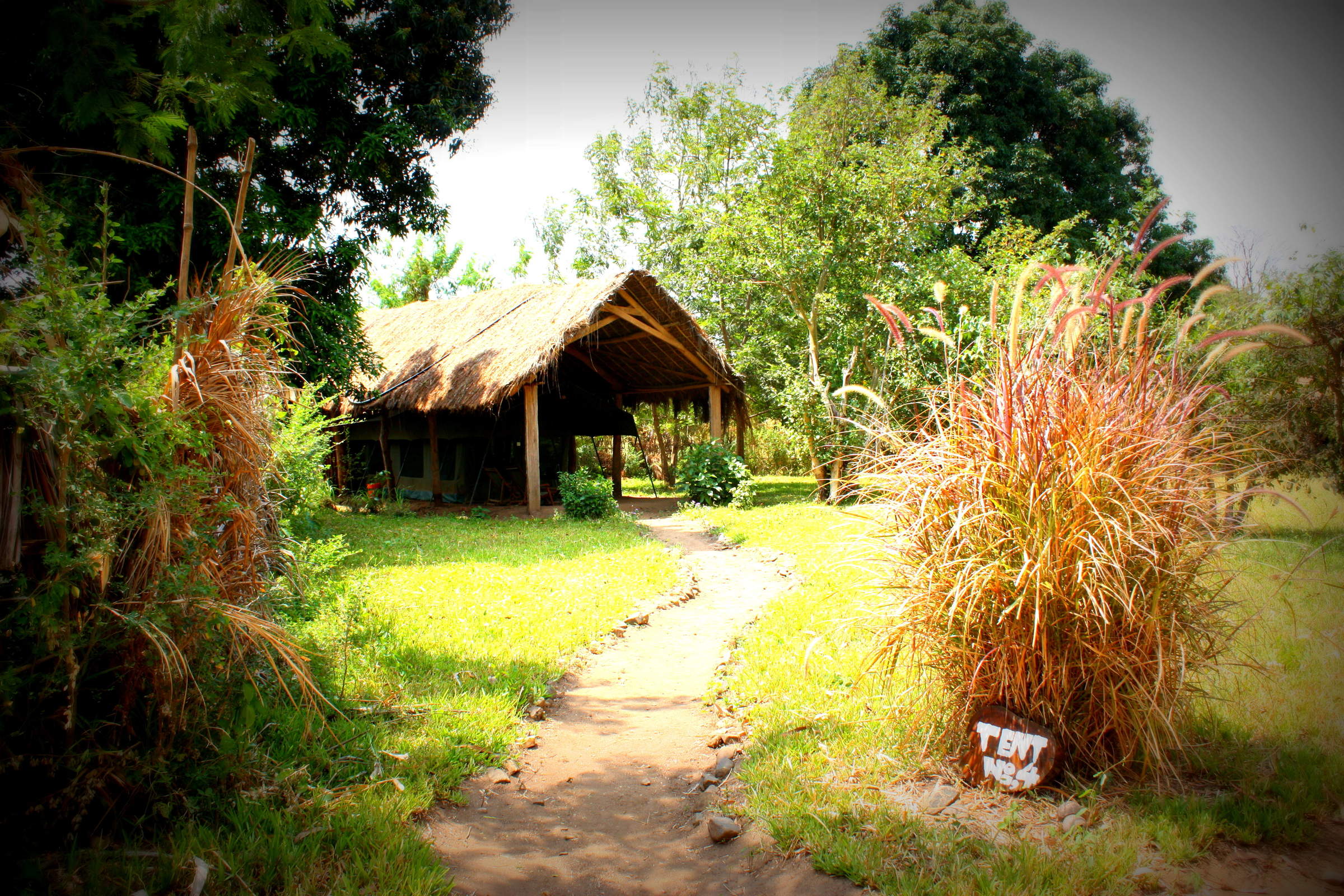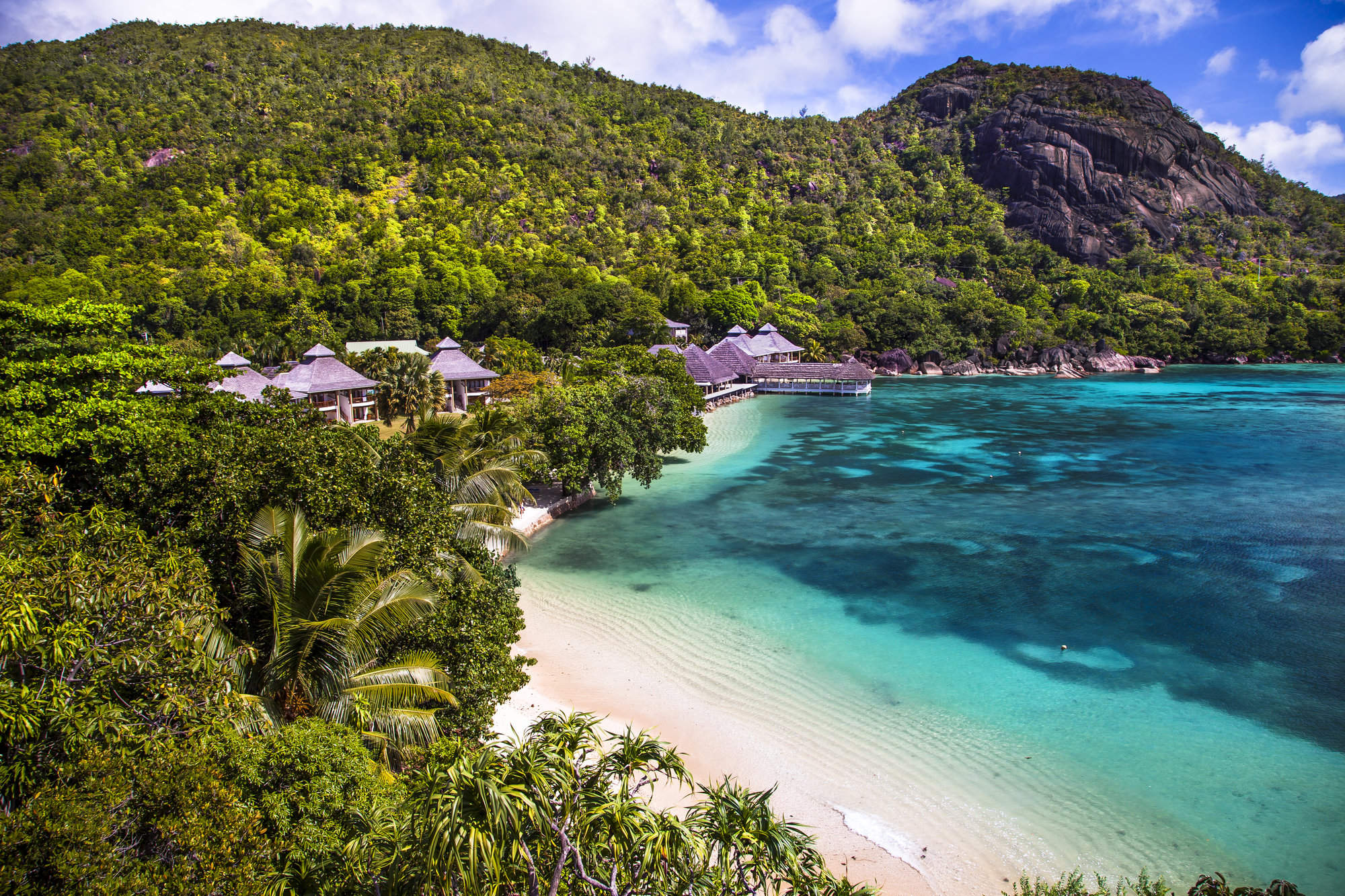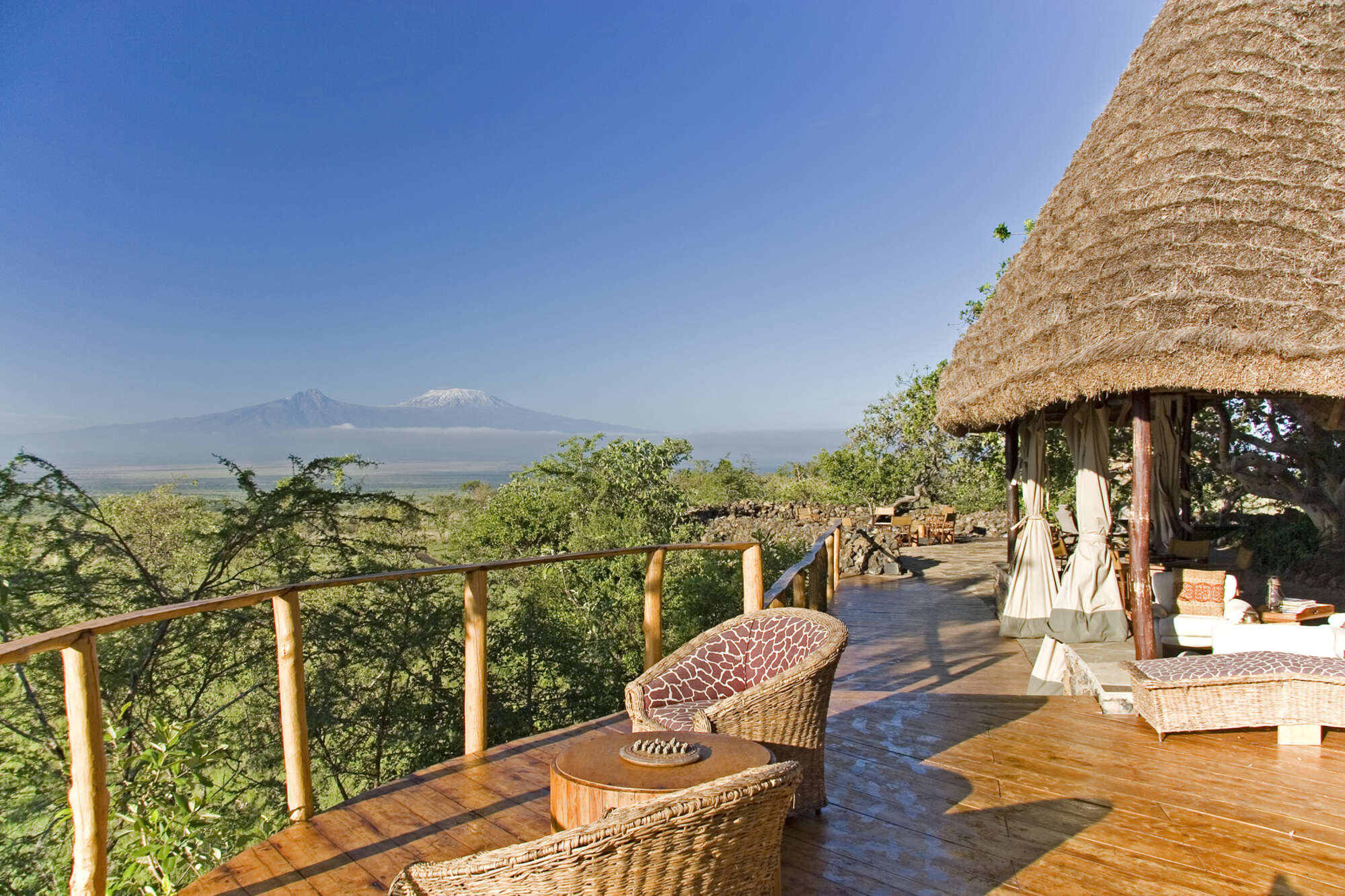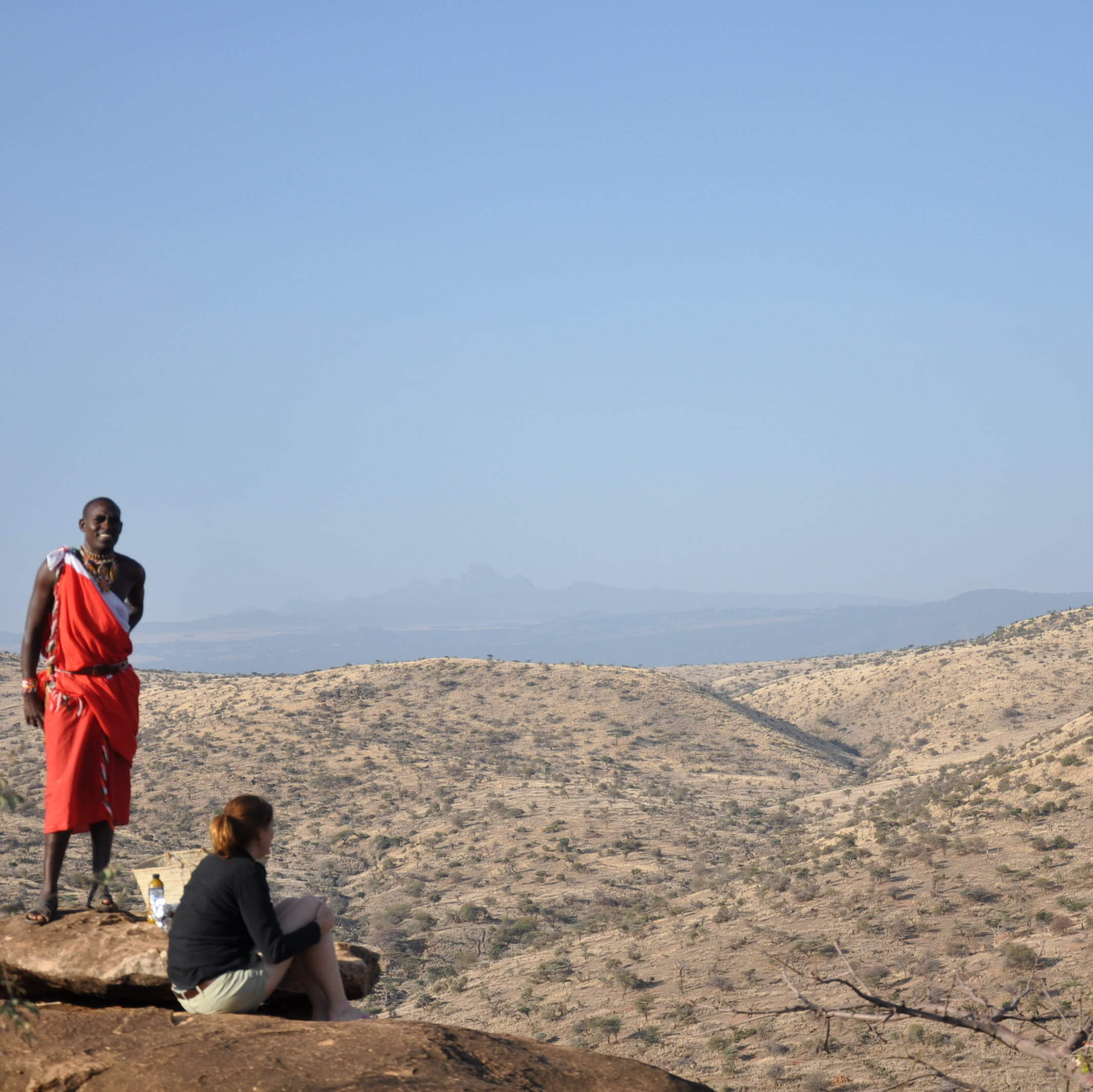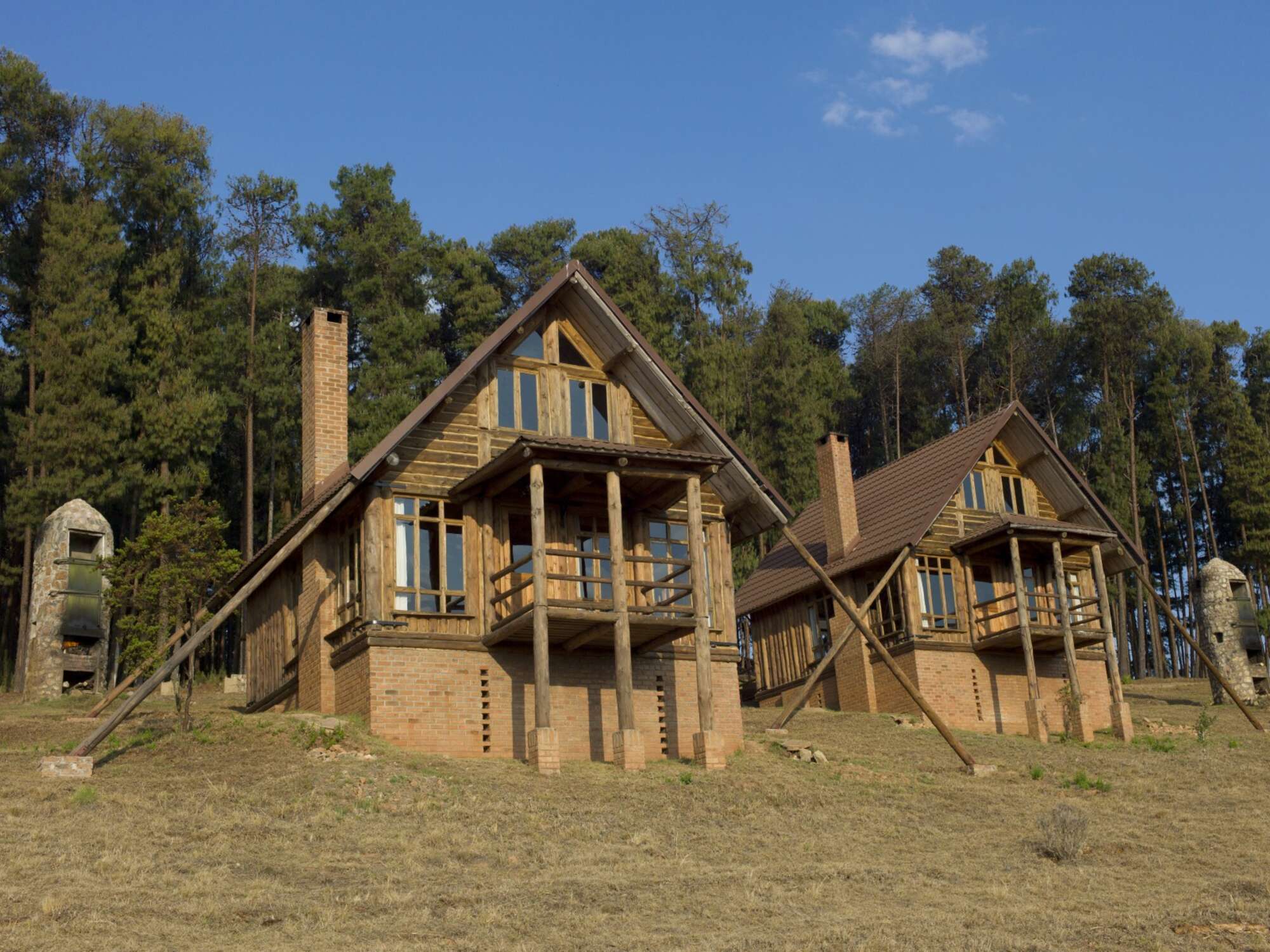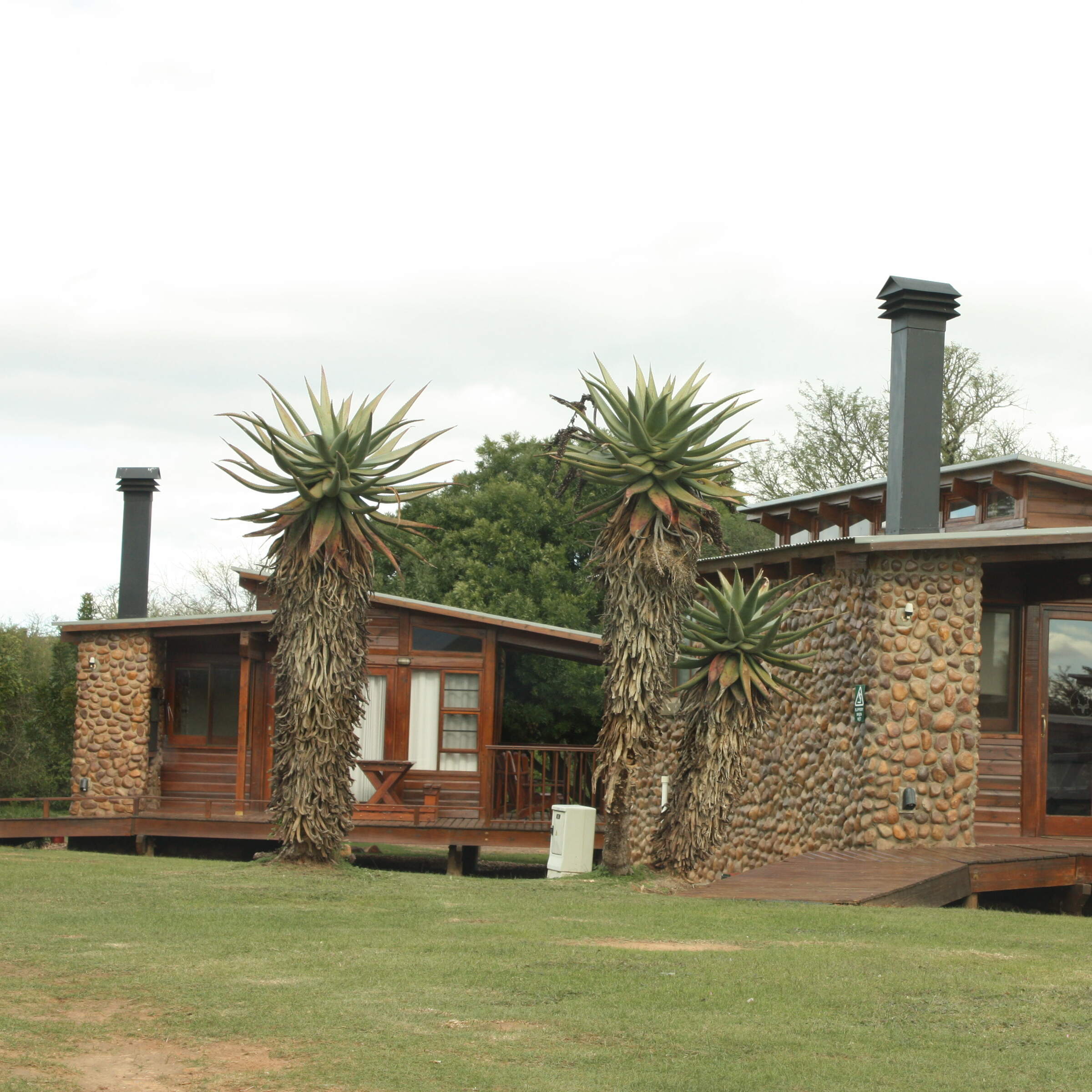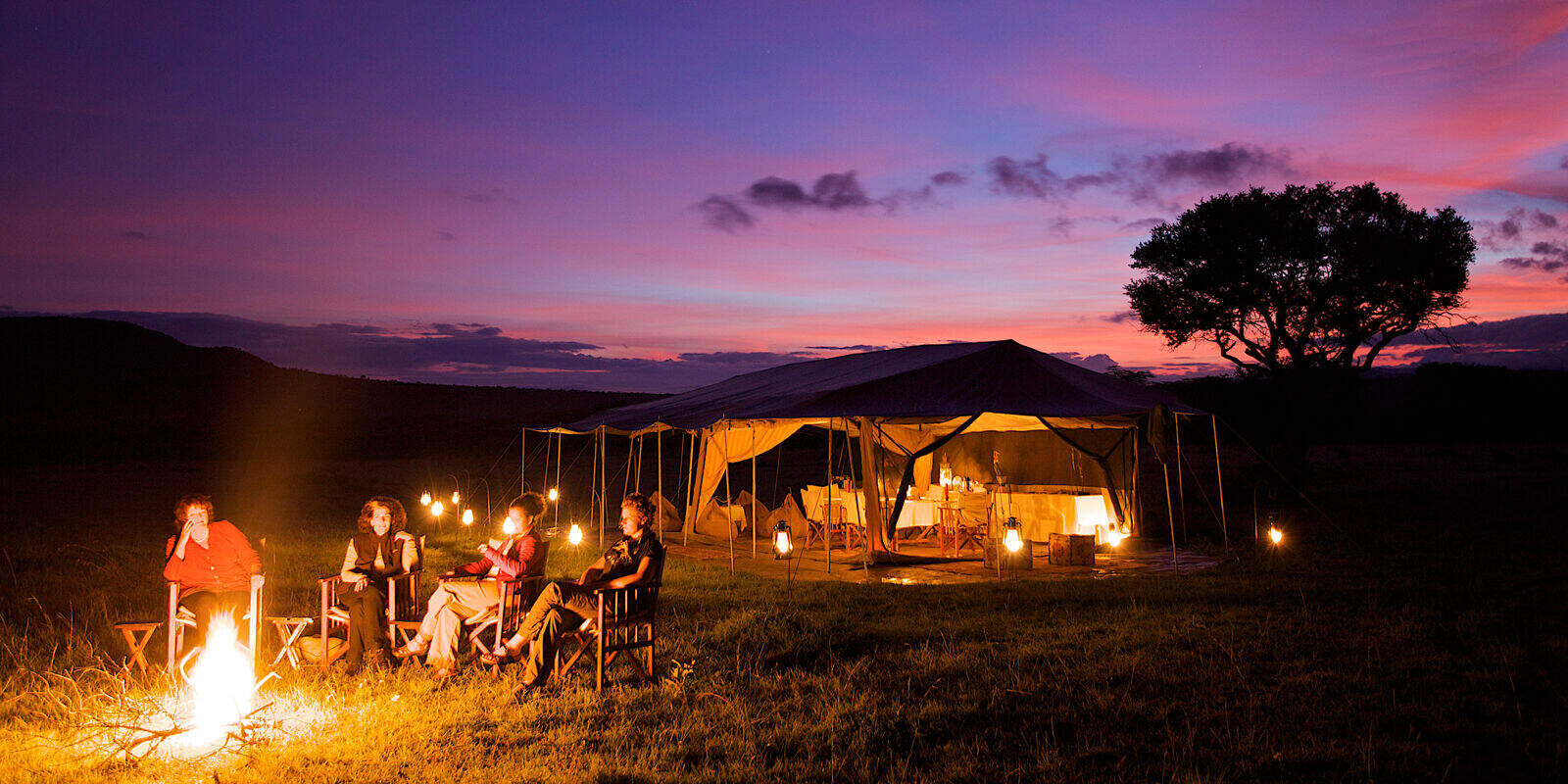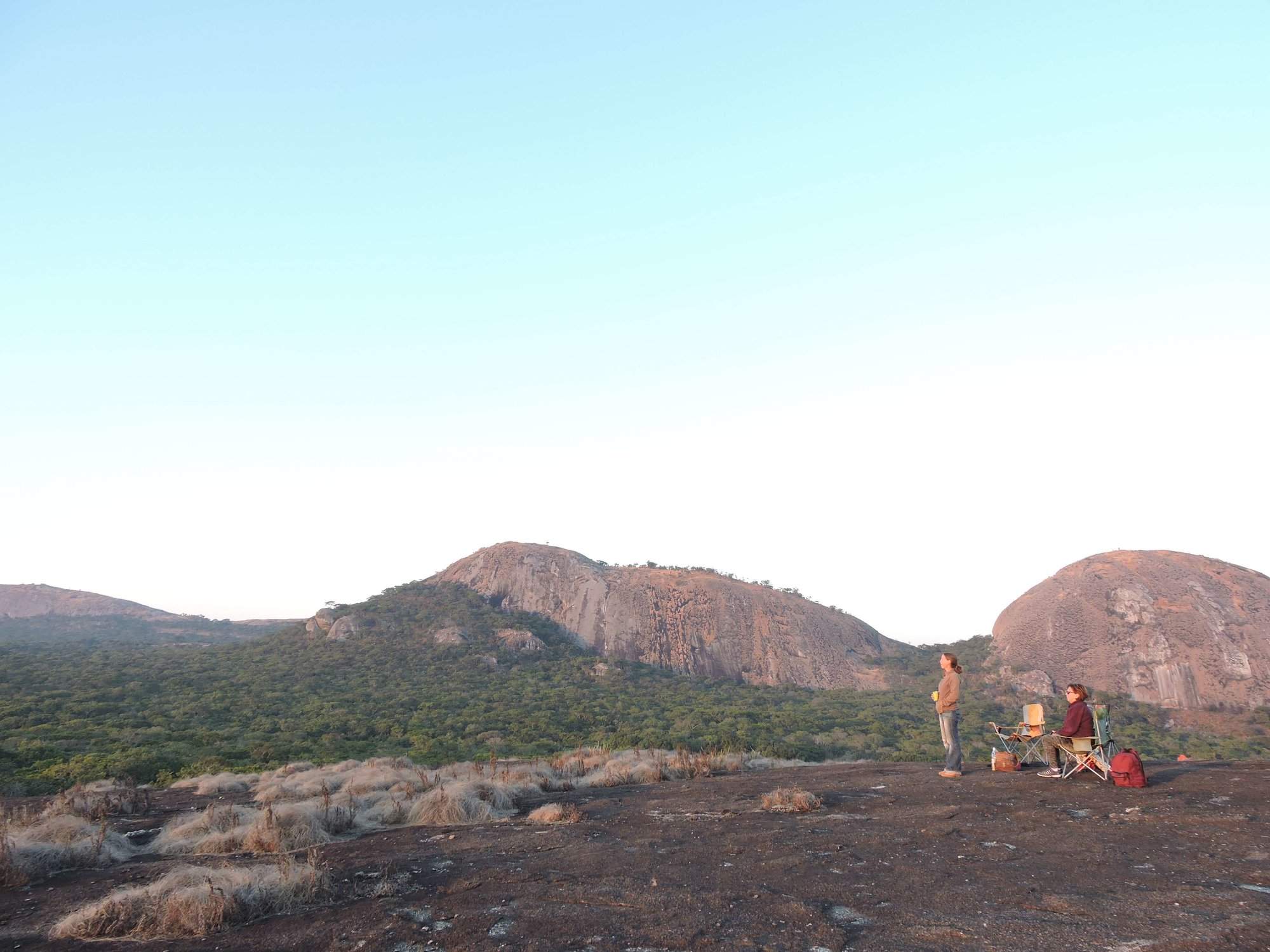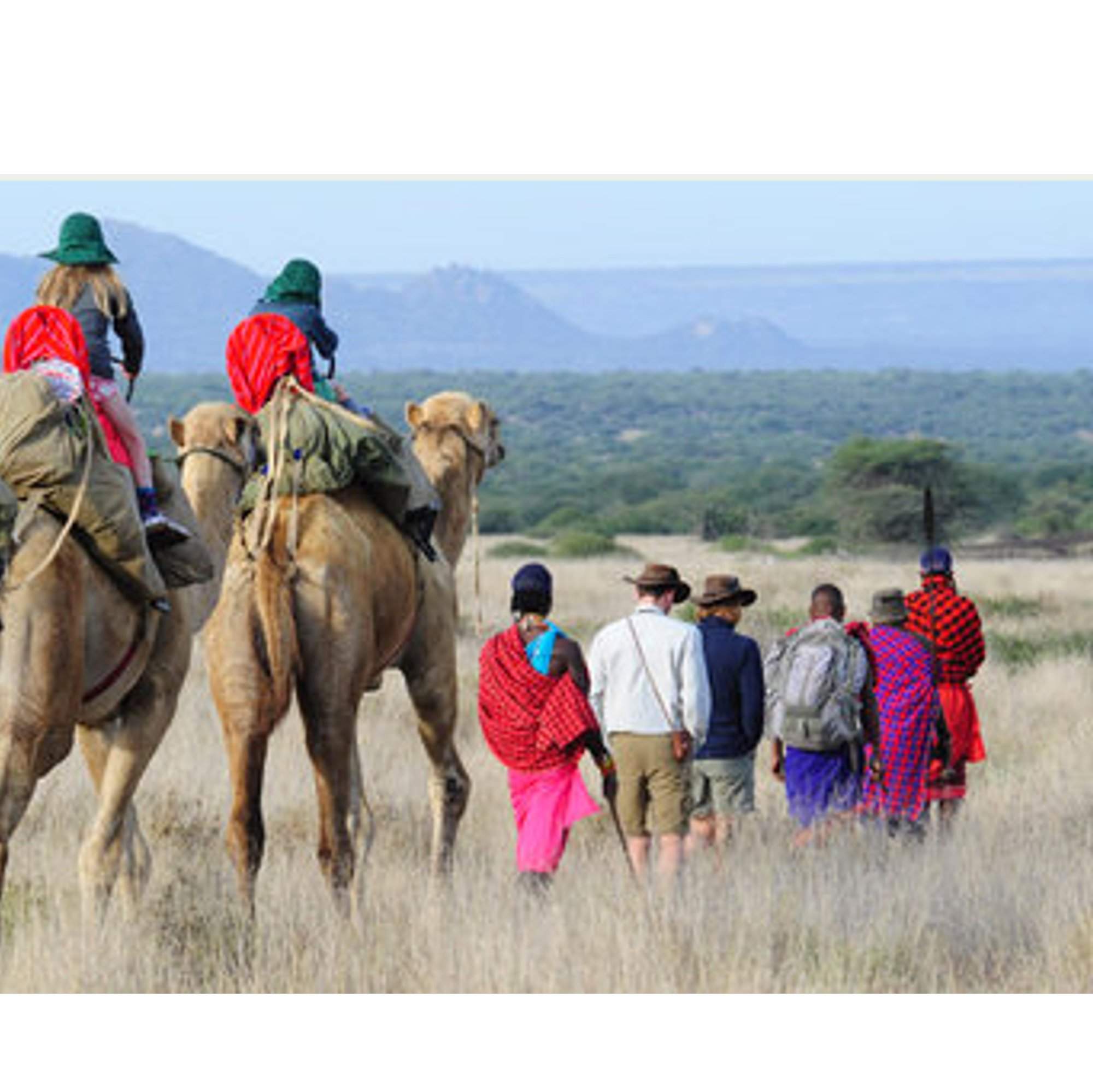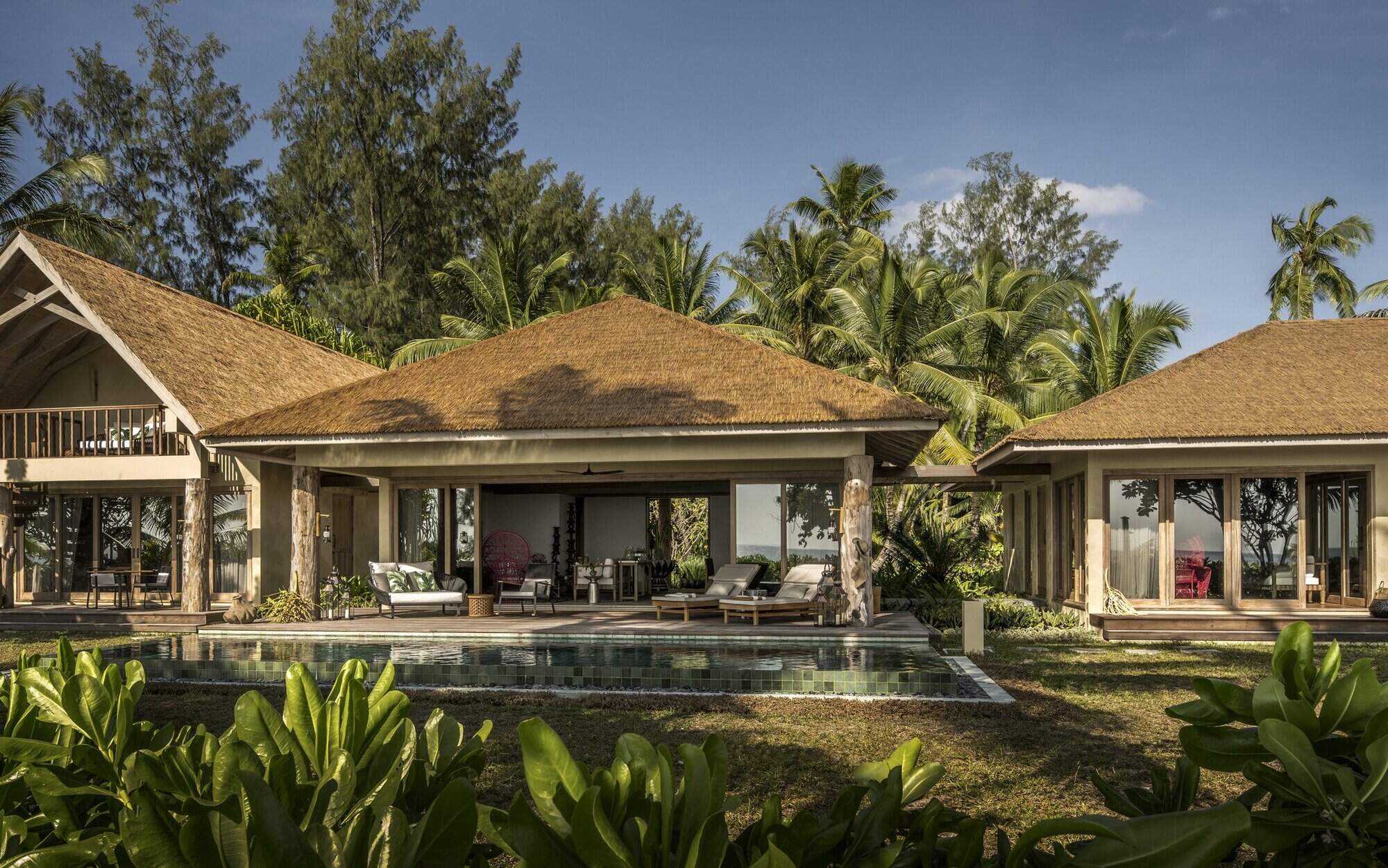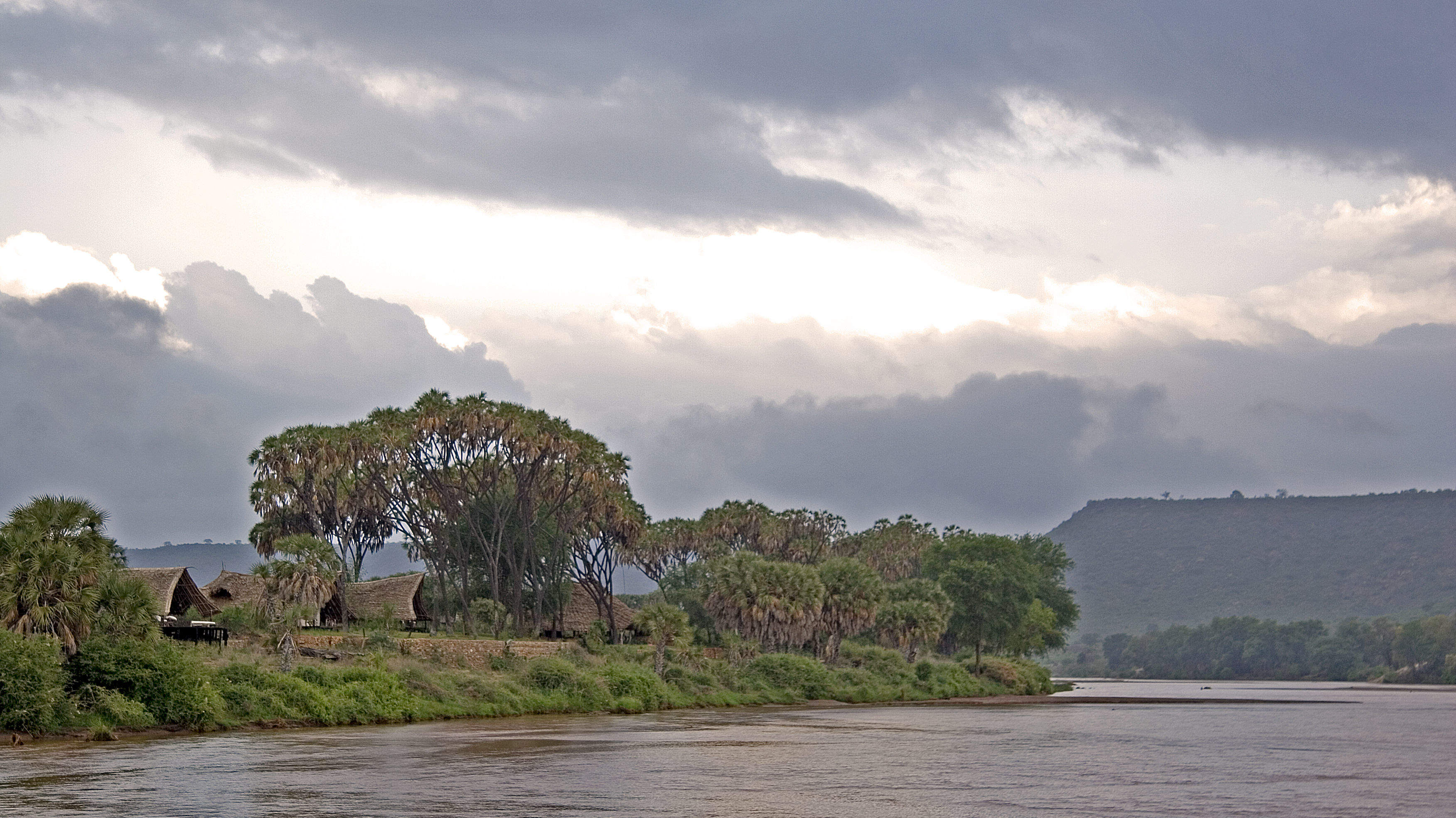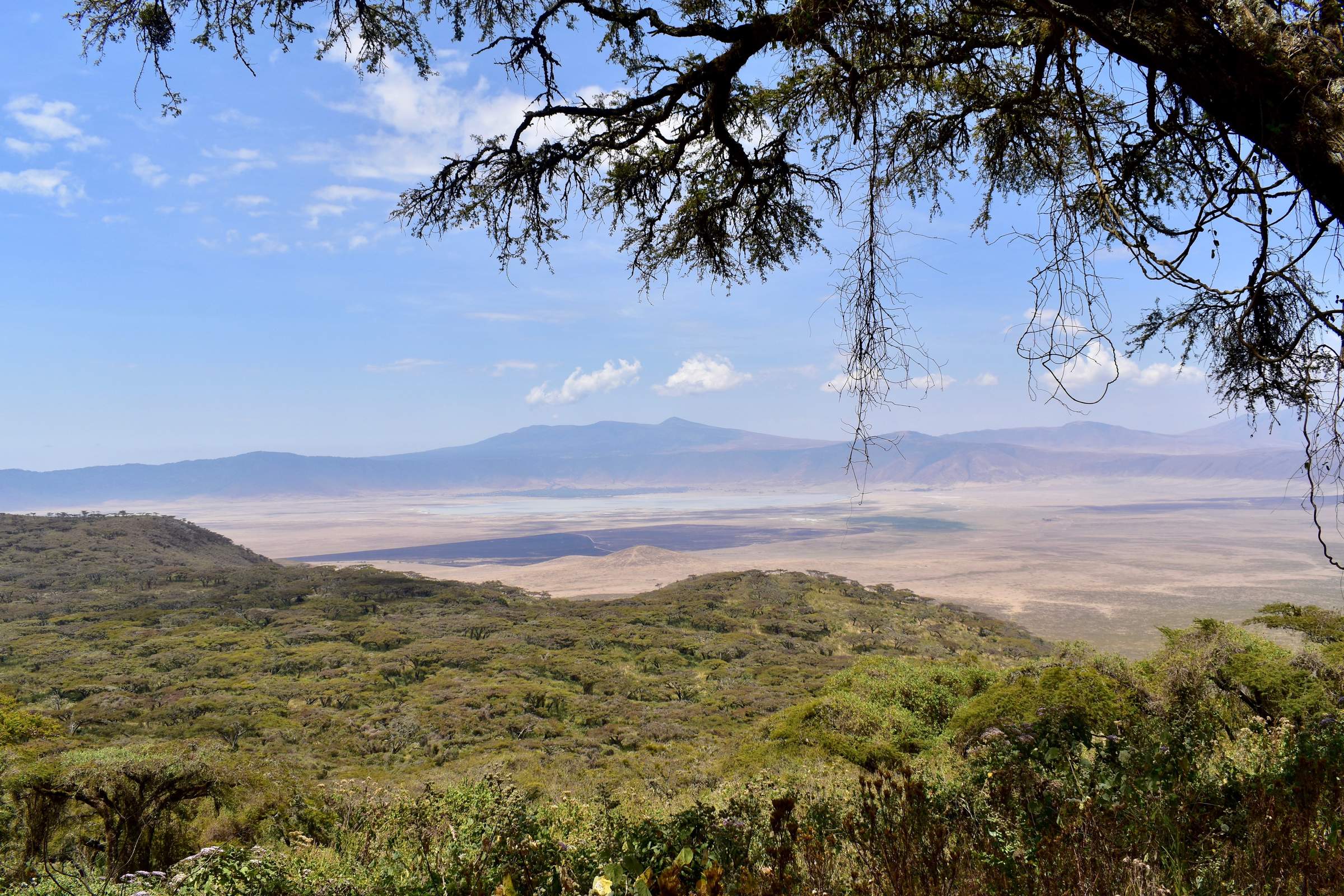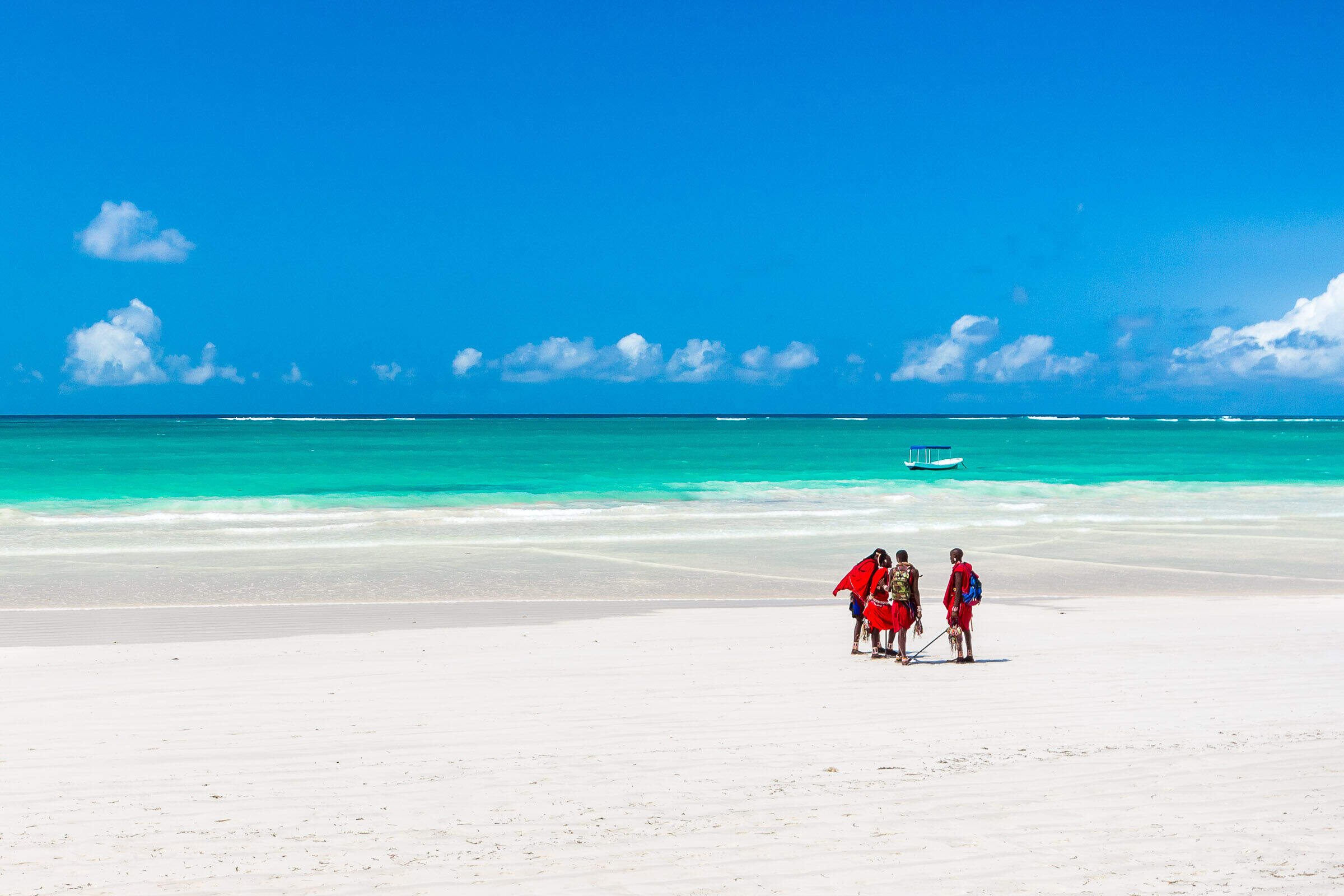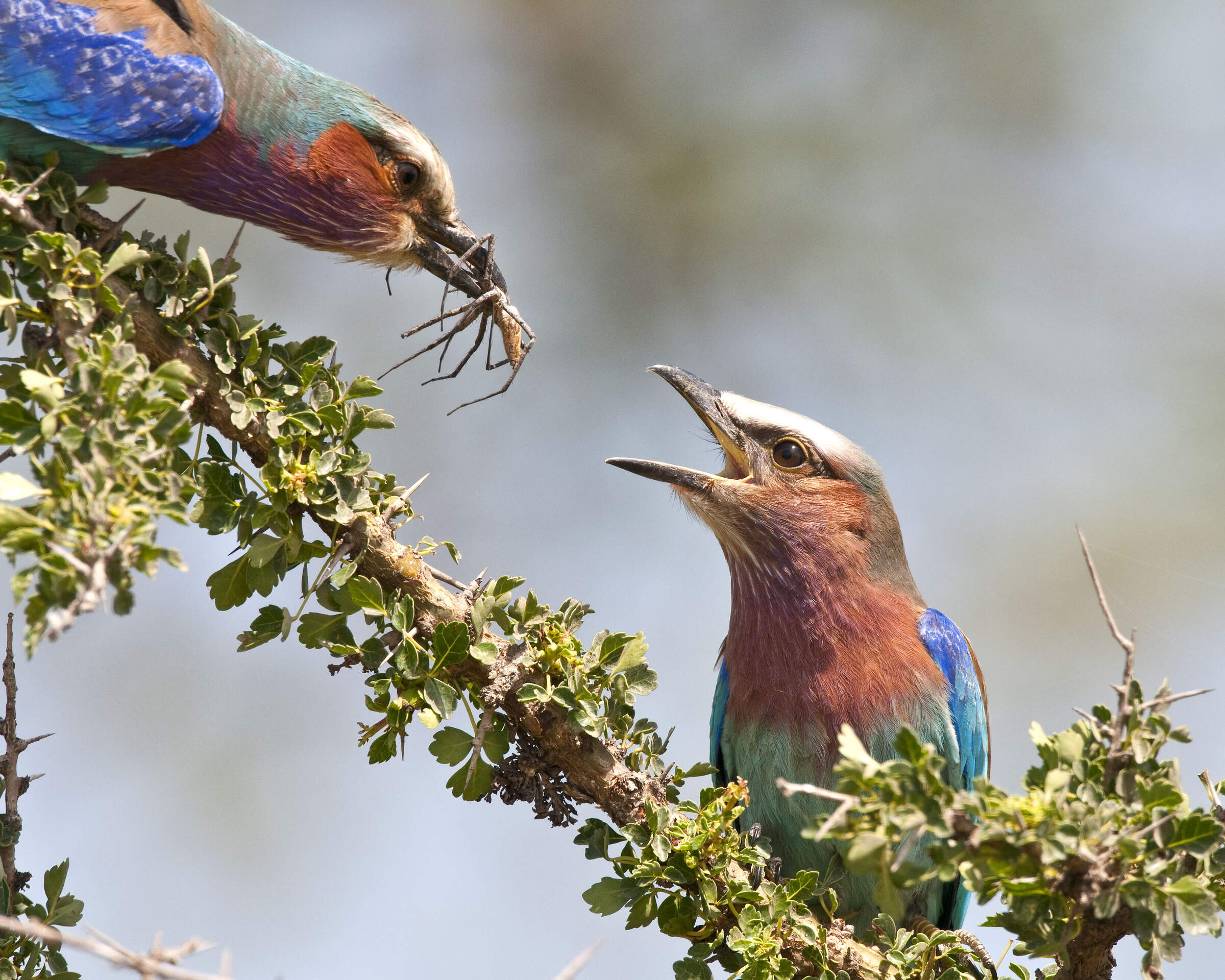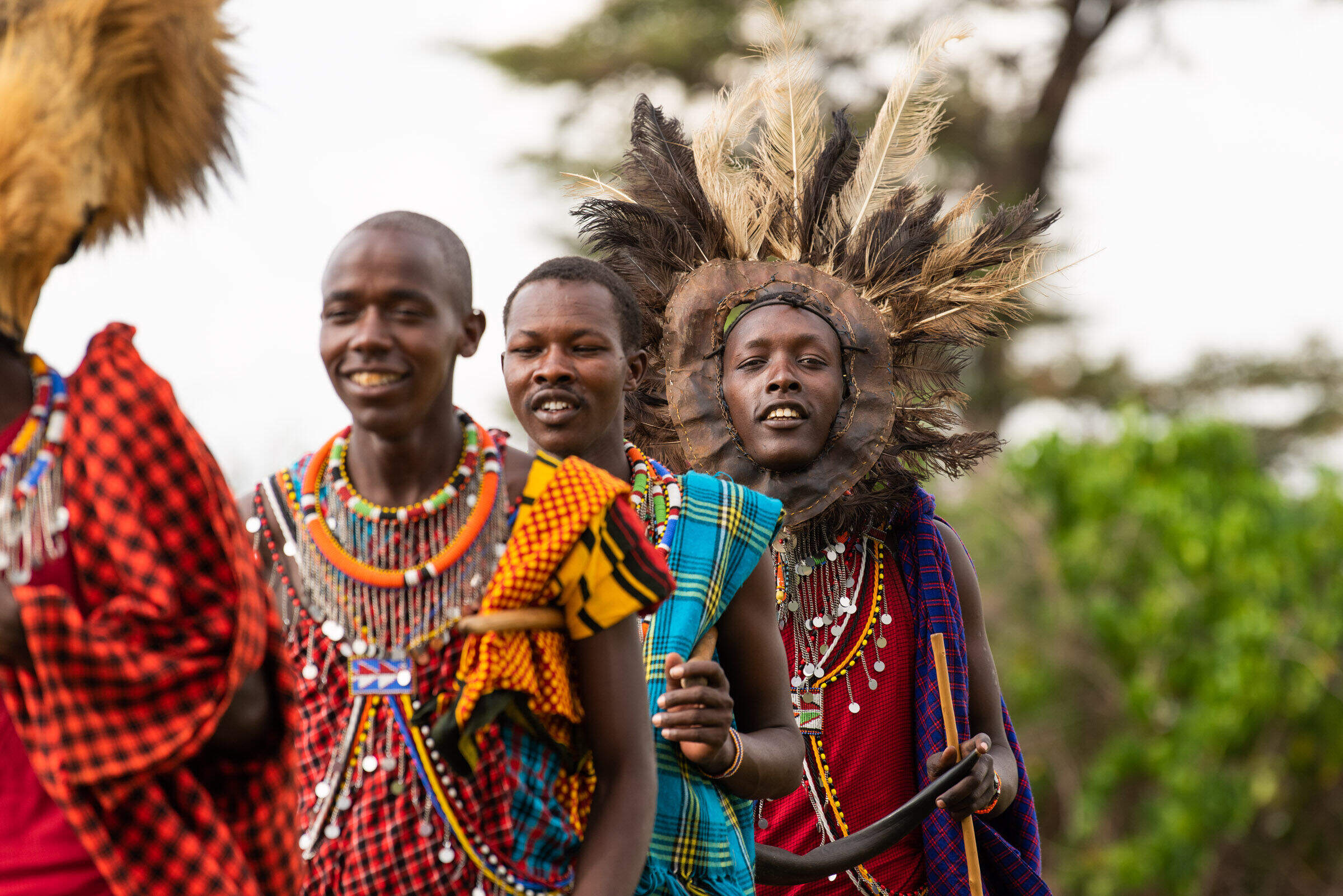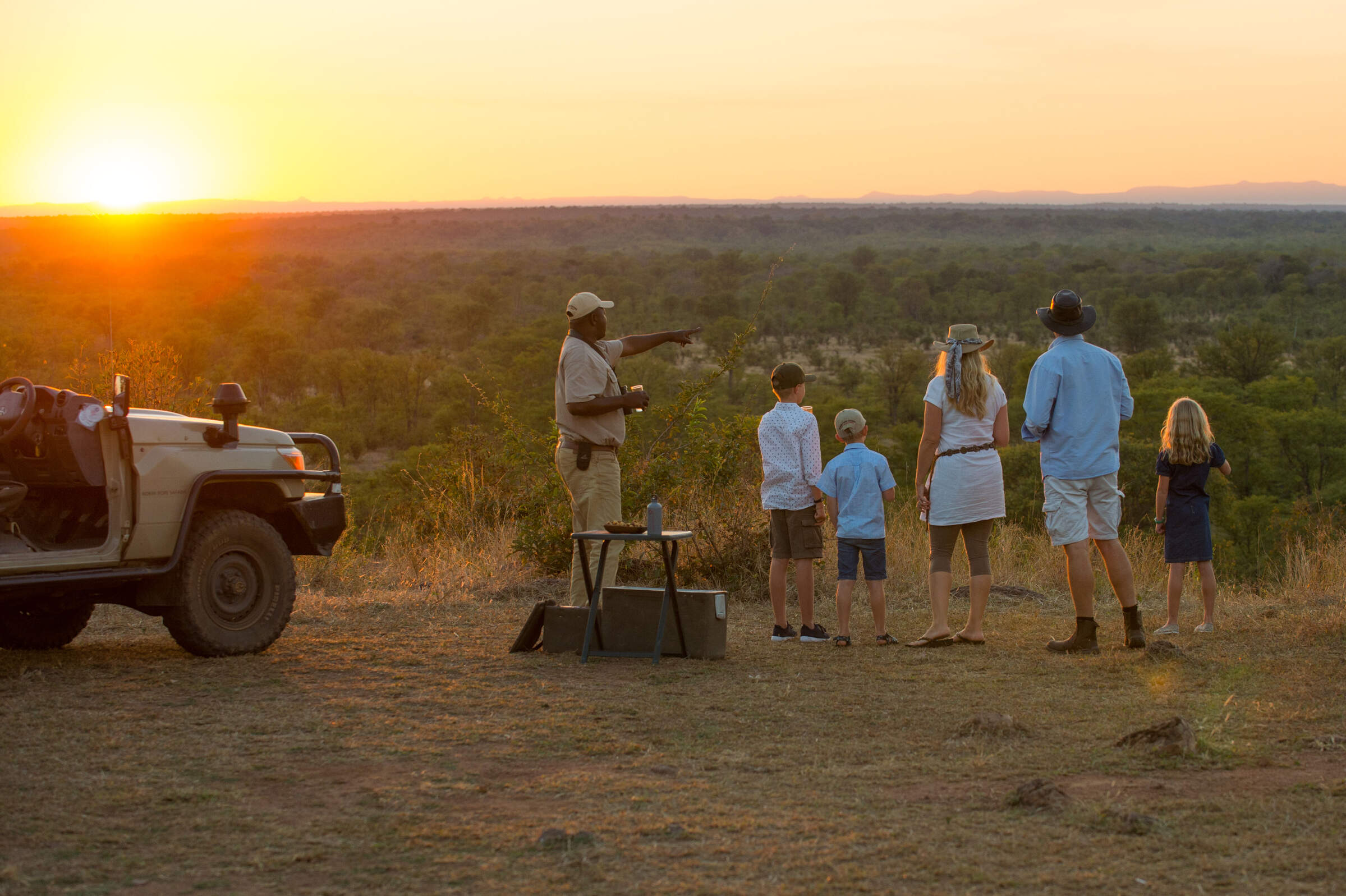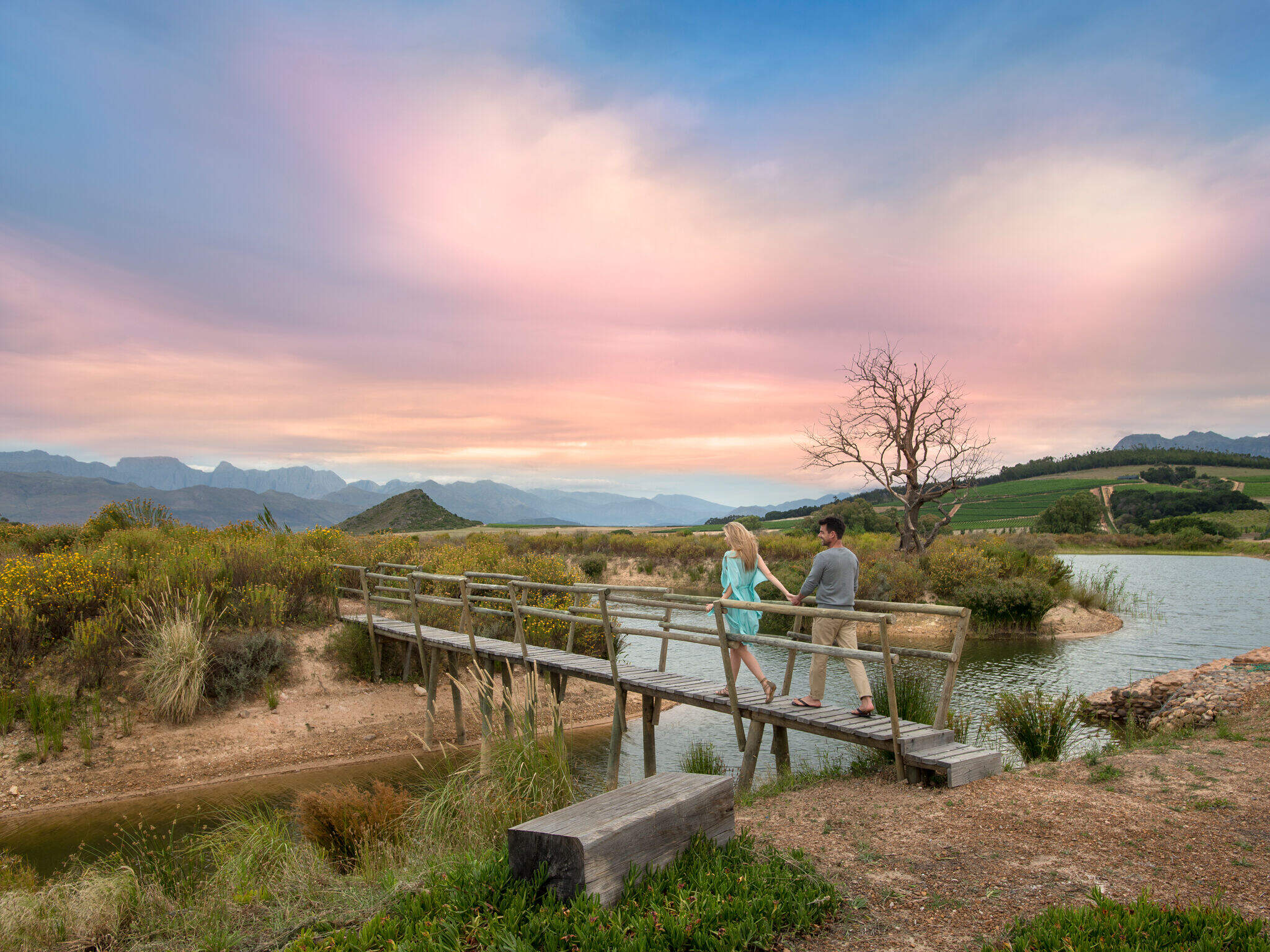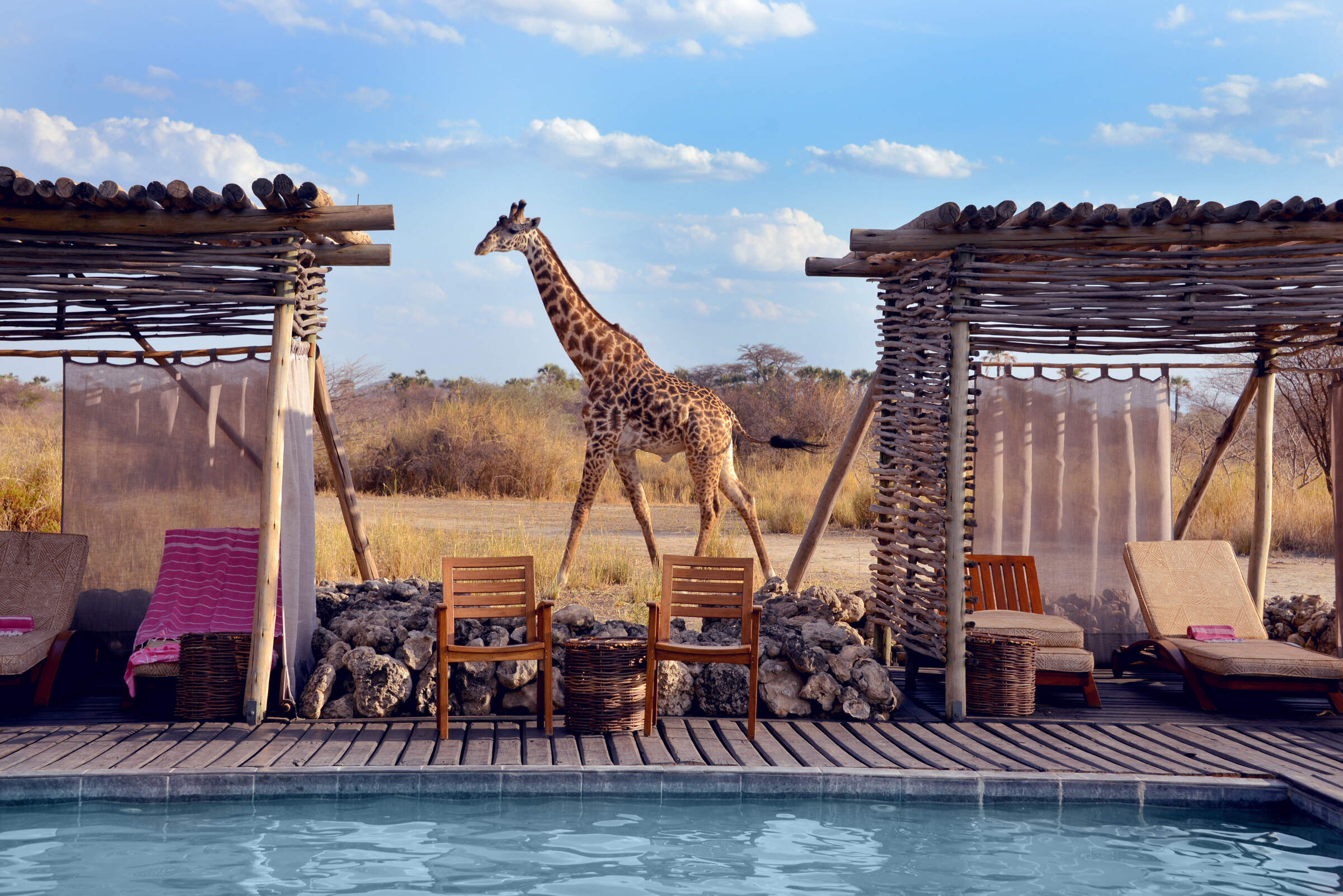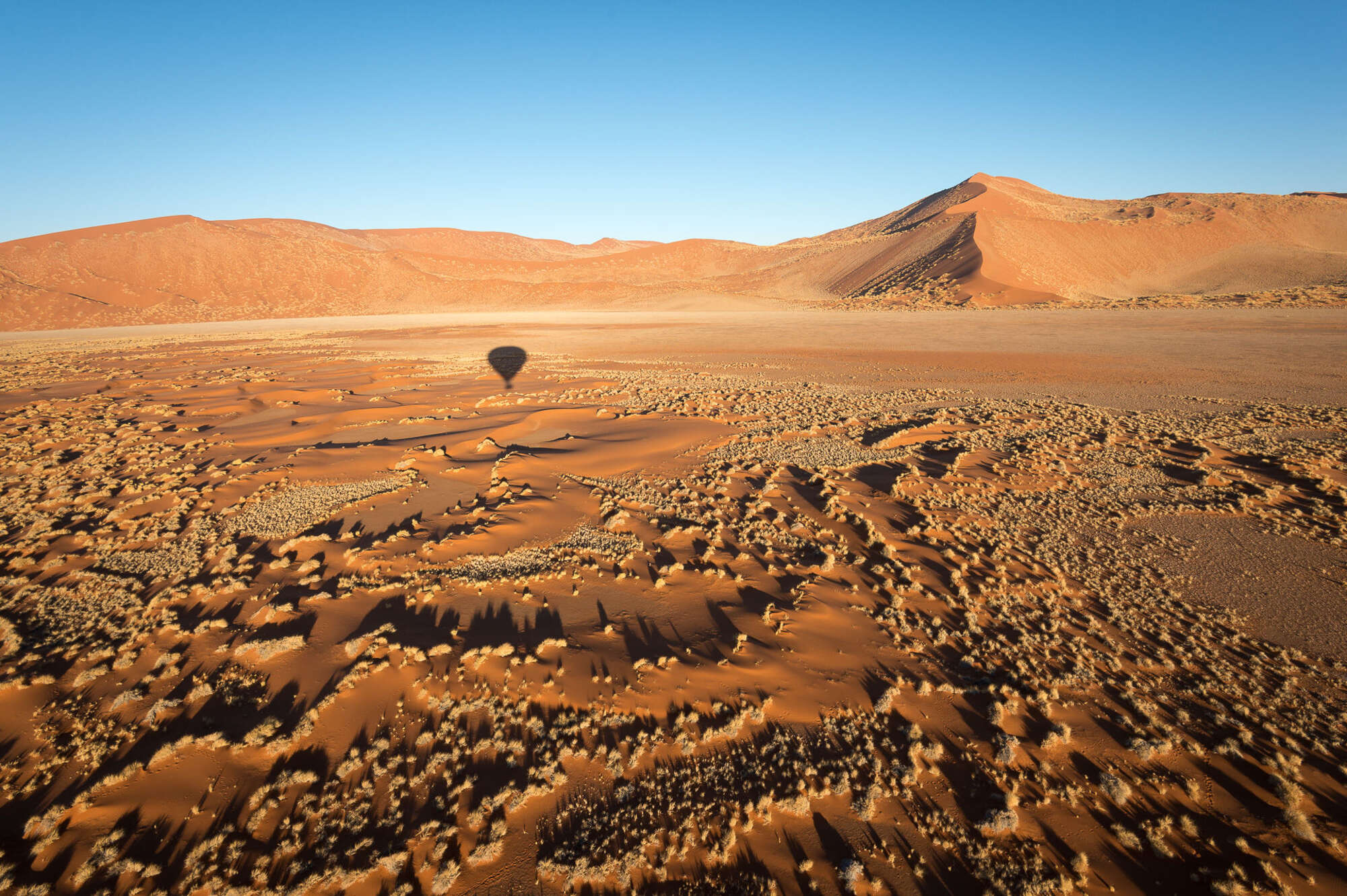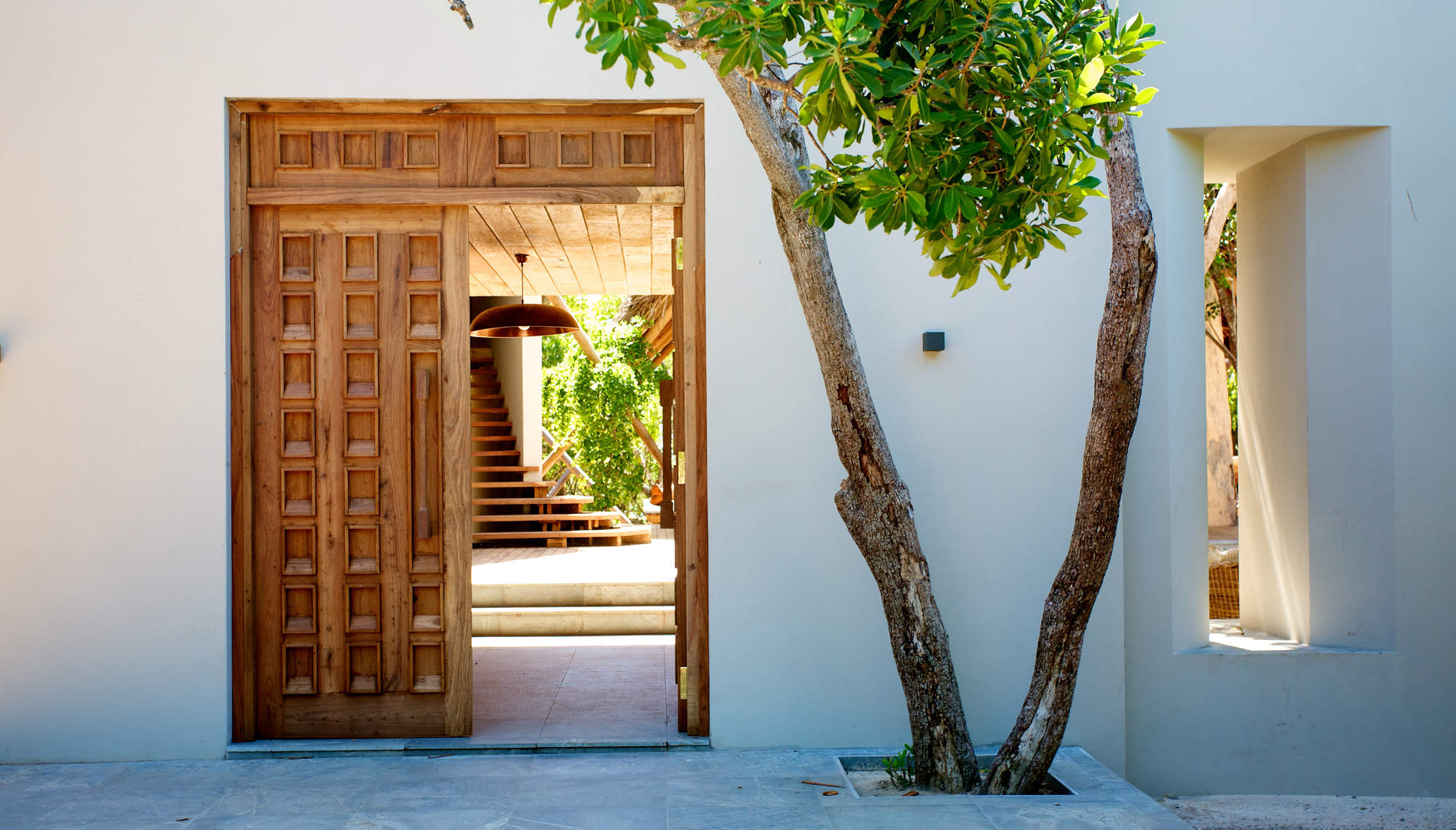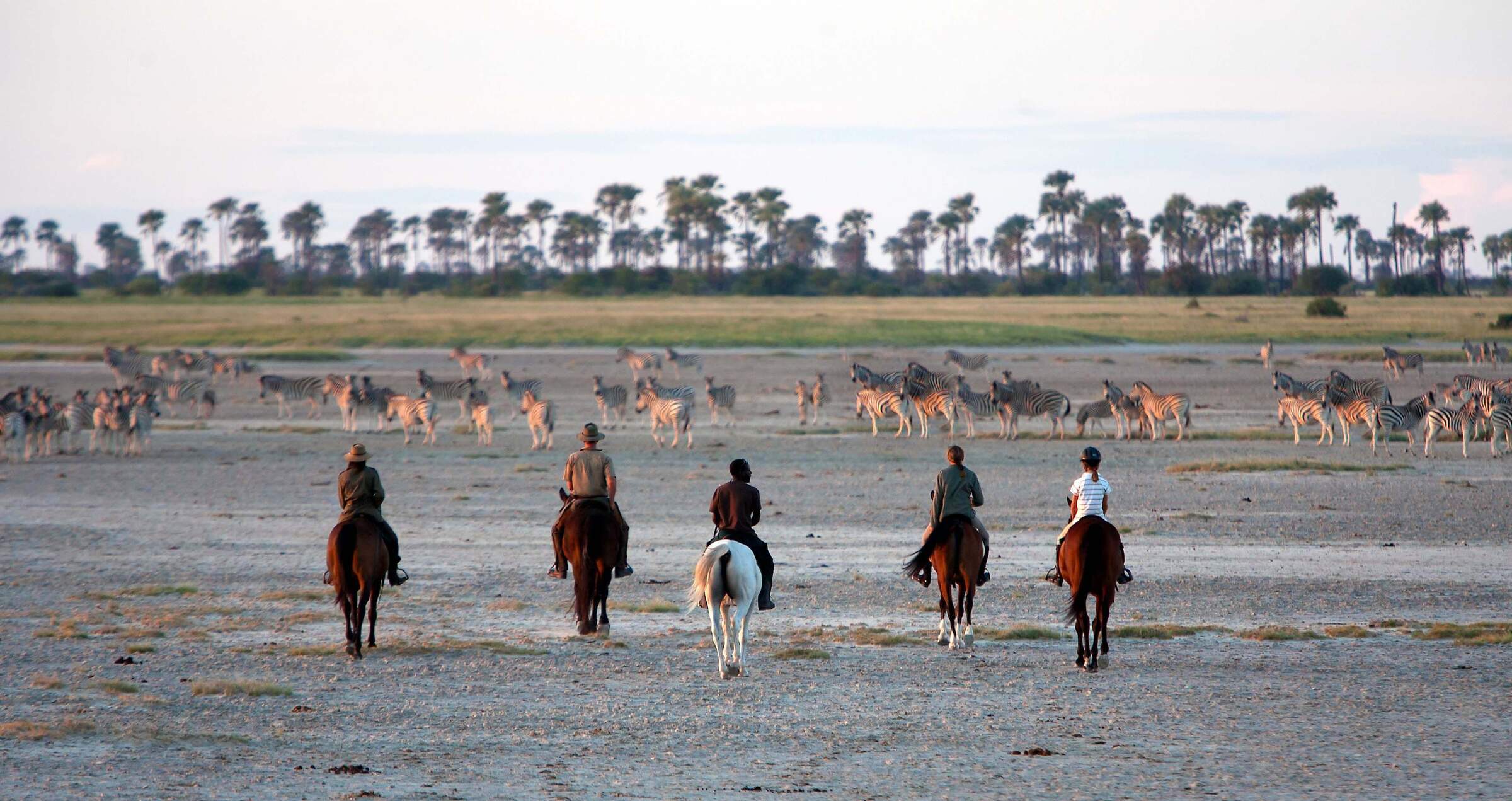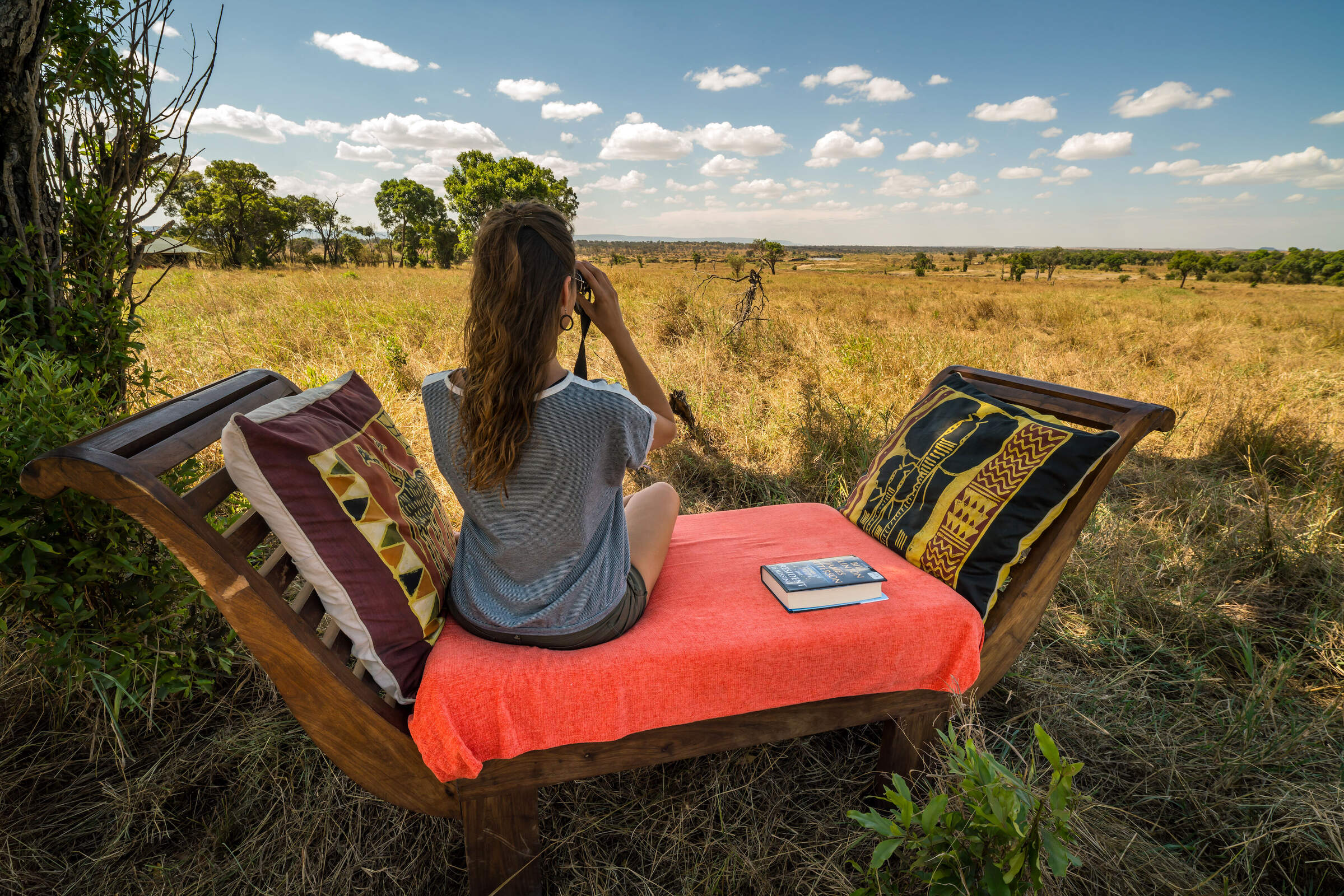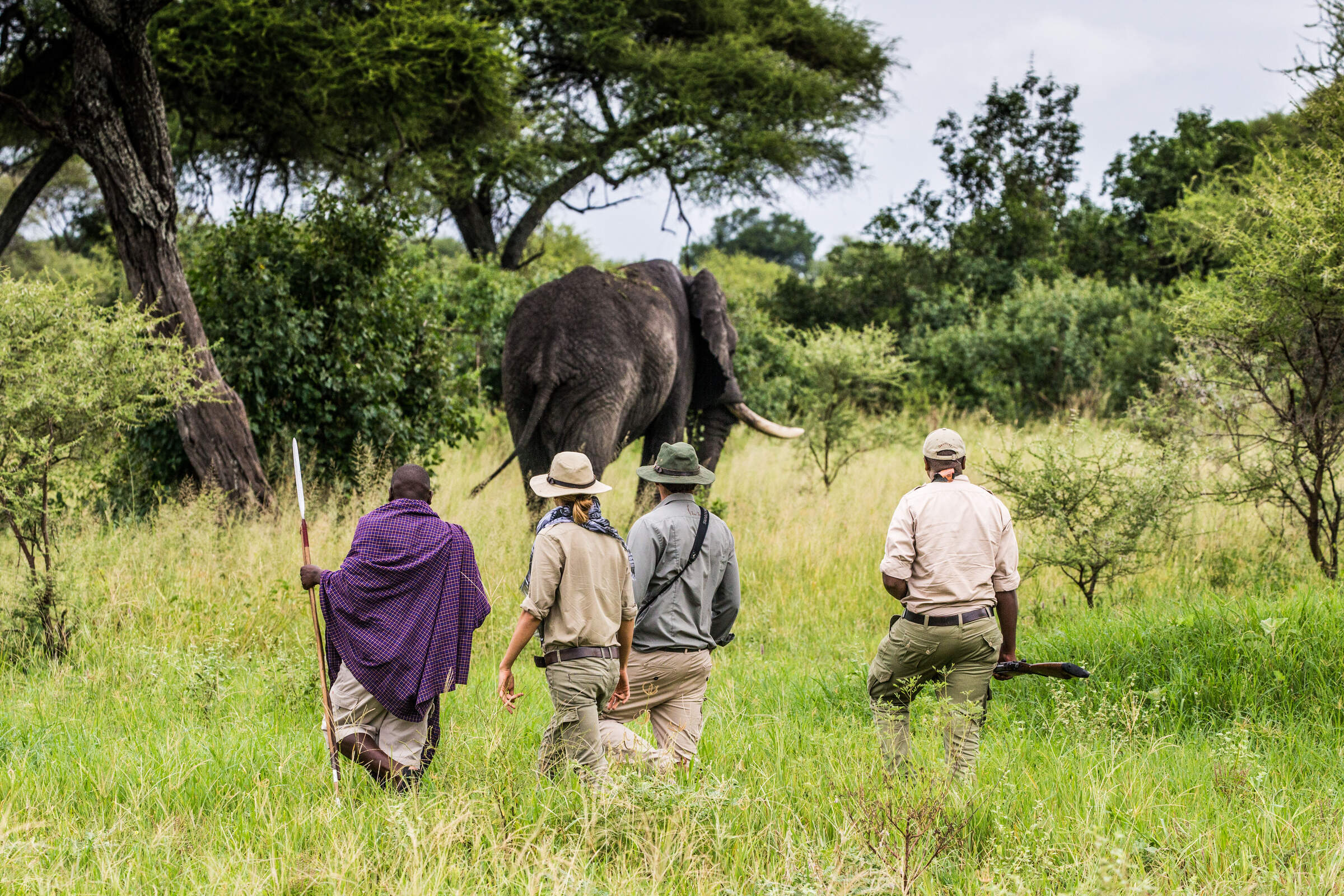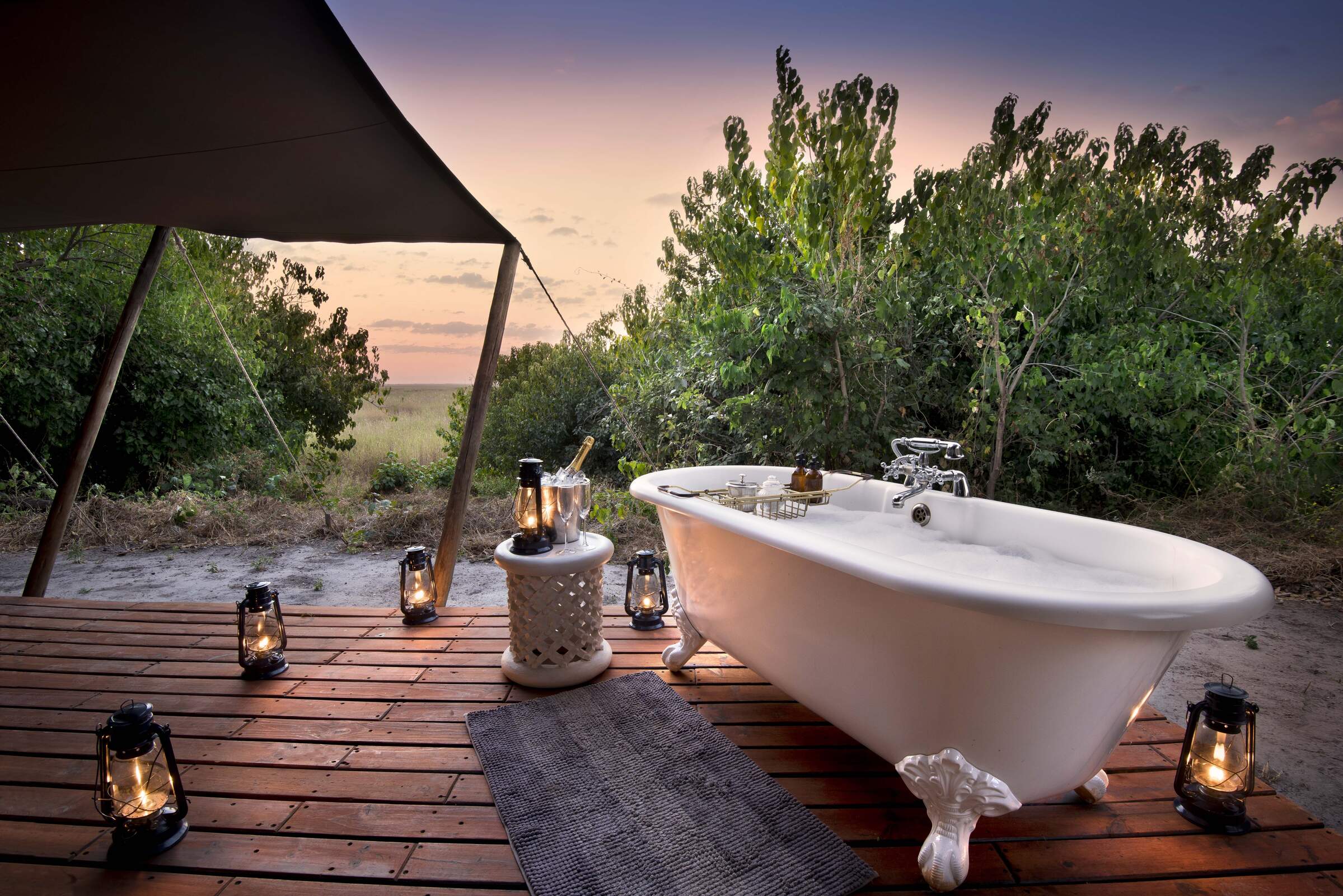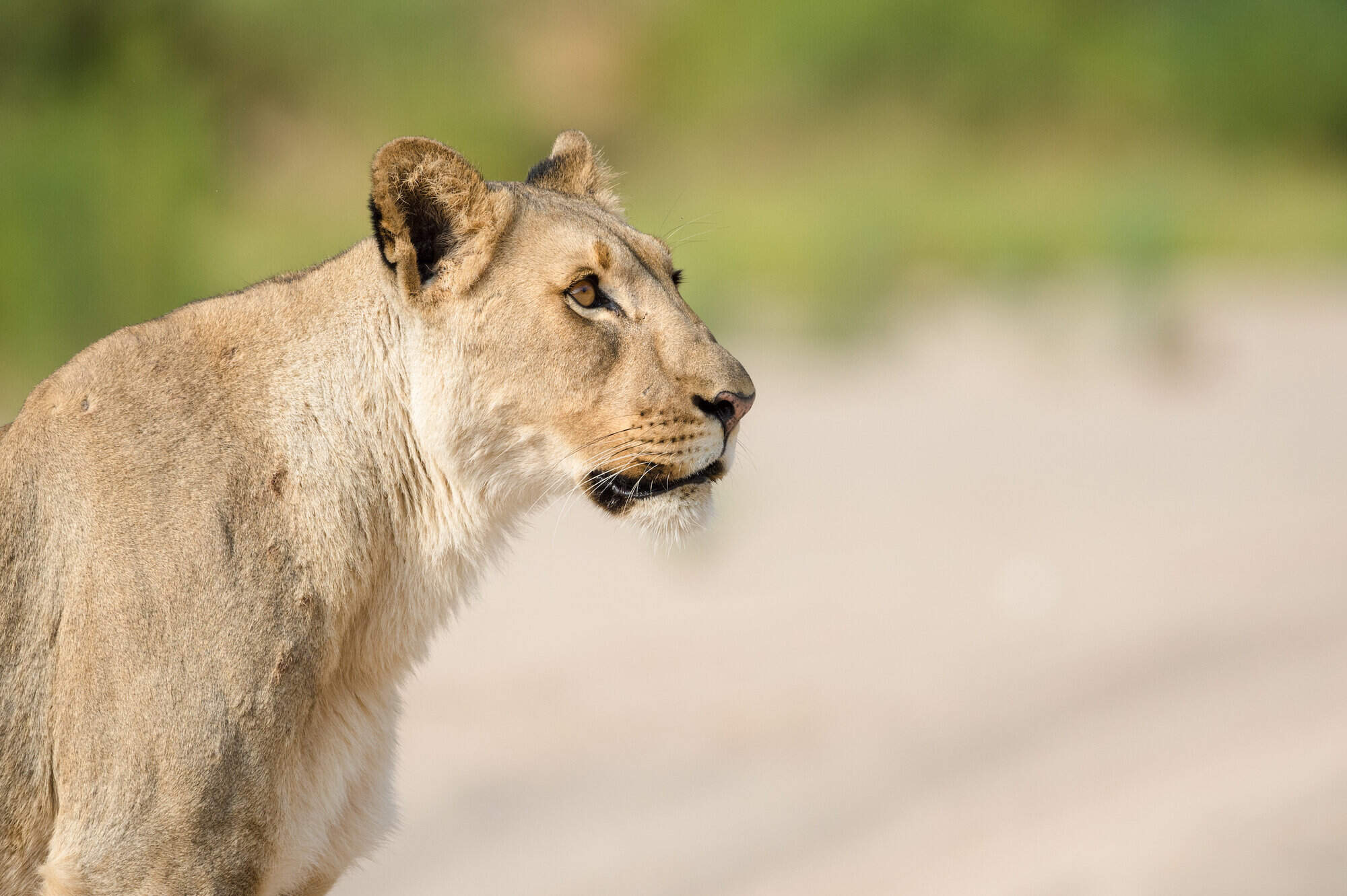Walk Africa's Wild Landscapes
Some of Africa’s most rewarding journeys are made on foot. From desert trails beneath endless skies to forest paths alive with birdsong and monkeys, our scenic Walking and Trekking holidays offer a slower, more intimate way to experience the continent. These are landscapes best explored at walking pace: quiet, unhurried, and full of detail, where the journey itself becomes part of the adventure.
In areas with little or no dangerous wildlife, you might scramble between giant granite boulders in Namibia’s Erongo Mountains, watch giant waves crash at Tsitsikamma Coastal National Park, cross the sculpted dunes of NamibRand Nature Reserve, or trace a forested path to waterfalls deep in Zambia’s Mutinondo Wilderness.
Walks can be as gentle or demanding as you choose, from self-guided loops suitable for even our youngest travellers to seriously challenging, multi-day treks with expert local guides.
We’ve explored many of these routes ourselves and only recommend places that inspire and guides at the top of their game. Whether you’re drawn to mountains or coastlines, rainforest trails or desert silence, let our collection of Africa’s finest walking holidays guide your next step.
Scenic Walking and Hiking Holidays in Africa
Our most recent reviews of scenic walking & hiking in Africa
Detailed, un-edited reviews from our Africa travellers whose trips we tailored towards scenic walking & hiking. Click below to read the traveller's full review, and see all the reviews of our Africa holidays here.
FREQUENTLY ASKED QUESTIONS
Our Guide to Scenic Walking and Hiking in Africa
From wild swimming to walking with giraffe, our Scenic Walks & Hiking FAQs cover everything you need to know about exploring Africa on foot, without big game. We’ll answer questions on trail safety, signage, solo walking, and the best places for views and gentle adventure. Whether you’re after forest paths, desert ridges or lakeside strolls, this is your step-by-step guide to walking Africa, with or without a guide.
Where can I find the best self-guided trails in Africa?
While walking unaccompanied might seem unusual - or even unwise - in parts of Africa, these routes have been chosen specifically for their safety. They lie in areas without dangerous wildlife and follow clearly marked trails, making them ideal for independent exploration without the need for an armed guide.
• Ondudu Safari Lodge, Namibia: Set among the rugged granite koppies of the Erongo Mountains, Ondudu offers a superb network of marked trails. Ranging from gentle circuits to more demanding scrambles, the routes wind through striking scenery dotted with ancient rock art and unusual desert flora. Hikers may encounter rock hyrax, kudu or the shy Hartmann’s mountain zebra.
• Thamo Telele, Botswana: Just outside Maun, this small reserve offers a rare chance to explore on foot without the worry of dangerous game. Trails weave through open savannah and acacia woodland, where it’s common to spot giraffe, zebra and warthog heading to the reserve’s waterholes. It’s an ideal setting for slow-paced, early morning or late-afternoon walks, with birdlife adding to the charm. A great place to regroup in the fresh air after a long-haul flight and before heading into the Okavango Delta.
• Mutinondo Wilderness, Zambia: One of Zambia’s less known wilderness escapes, this vast private reserve offers over 60km of trails through woodlands, over granite whalebacks, and past waterfalls and natural pools. It’s a paradise for adventurous walkers - and wild swimmers - offering solitude, scenery, and complete freedom. The team here are highly experienced and can advise on the best seasonal hikes.
• BullsPort Lodge, Namibia: Nestled in the Naukluft Mountains, BullsPort offers eight self-guided trails ranging from short rambles to full-day hikes. The standout hike for us is the dramatic Quiver Tree Gorge Trail, which leads through sculpted sandstone canyons and offers a refreshing plunge pool en route. Other trails explore rolling plateaus, riverbeds, and open plains grazed by mountain zebra, and if you’re feet get tired, there are wonderful riding excursions here.
• Grootbos Forest Lodge, South Africa: On the edge of the Cape Floral Kingdom, Grootbos blends luxury with wilderness access. Self-guided and guided walks take in milkwood forests, some over 1,000 years old, and fynbos-covered hills with views to Walker Bay and it’s whale-watching points. Expect a riot of botanical colour in spring and excellent birdwatching year-round.
• Eagle’s Nest, Namibia: In the arid south, Eagle’s Nest lies within the Klein-Aus Vista reserve, a scenic region where seven marked trails range from 4km to 22km. Expect dramatic desert plains, rust-red rocky slopes, and occasional sightings of oryx or wild horses. The area’s silence and scale lend it a deeply elemental appeal.
Is it safe to walk without a guide?
The self-guided trails we feature are well-signposted and maintained, typically within private reserves, national parks or lodge-managed areas. These are ideal for relaxed, independent exploration. Where routes are more remote or physically demanding, such as in mountainous or desert terrain, they are always undertaken with a guide.
Multi-day hikes are all led by knowledgeable local guides, and many shorter walks also have guiding available if you’d like deeper insight into the land, wildlife and culture, or simply prefer the comfort of someone who knows the way.
That said, even in safe areas, it’s always important to check in with lodge or camp staff before setting out. They’ll offer up-to-date advice on the route, terrain and conditions, and may suggest alternatives if the weather is hot, trails are overgrown, or recent wildlife sightings affect access.
Top tips for hiking in Africa:
• Always wear supportive, closed footwear suited to the terrain.
• Use sun protection: a wide-brimmed hat, high-factor sunscreen, and lightweight long sleeves are ideal.
• Carry sufficient drinking water; this is especially important in hot, dry regions.
• Take a small daypack with snacks, a map (if provided), and some basic first aid.
• Let someone at camp know your planned route and expected return time.
• In forested or highland areas, insect repellent can be useful too.
If you're interested in walking in big game country, have a look at our Walking Safaris Collection. We have some fabulous options, but for these trips, it is essential that you walk with a knowdlegeable, armed guide.
Where are the best multi-day hikes in Africa?
Nights are spent under canvas or in simple wilderness shelters, where star-filled skies and the hush of remote valleys replace electricity and Wi-Fi. You’ll need a good level of fitness, but the rewards are immense: solitude, scenery, and a powerful sense of achievement.
These are our favourite multi-day hikes:
1. Tok Tokkie Trails, Namibia
This 3-day guided trail in the NamibRand Nature Reserve is one of the most accessible, and magical, multi-day walks in southern Africa. You’ll cover around 22km in total, walking 4–6 hours each day across rolling vegetated dunes, gravel plains, and rocky slopes dotted with mysterious fairy circles. Though classified as ‘easy’, the walking is immersive and rewarding, and no heavy backpack-carrying is required as your luggage is transferred for you by a support team.
You’ll walk in small groups of 2–8 with expert desert guides who interpret the subtle signs of life in this vast, arid ecosystem: golden moles, dune larks, dew-harvesting beetles and rare desert flora. Nights are spent in open-air camps where canvas stretcher beds are laid out under an astonishingly star-filled sky. Expect hot bucket showers with a view, fresh-cooked meals in the dunes, and a hush so complete you can hear the sand shift. This is slow desert travel at its best: gentle and beautiful.
2. Etendeka Walking Trail, Namibia
This 3–4 day guided hike offers an authentic, back-to-basics walking adventure in the remote Kaokoland region of Damaraland. Designed in partnership with the Etendeka Community Trust, the trail crosses the foothills of the Grootberg Massif, an ancient, volcanic landscape of lava flows, flat-topped mountains and otherworldly rock formations. Walks are led by some of Namibia’s most experienced naturalist guides, who reveal the desert’s secrets: spoor, bird calls, hidden animals and the medicinal uses of local plants.
Each day includes 10–15km of walking through mopane-lined riverbeds and rocky desert plains, with luggage transported between camps. Nights are spent sleeping out under the stars on raised platforms, in canvas bedrolls with cotton linen and duvets. Each platform has its own private toilet and basin, and meals are prepared fireside using fresh local ingredients. This is a genuine wilderness hike with no frills, just superb guiding, vast landscapes, and a deep connection to nature. A good level of fitness is required, along with a love of wild places.
3. Fish River Canyon, Namibia
For fit and experienced hikers, this 2–3 day guided adventure from Fish River Lodge offers a thrilling and immersive descent into the world’s second-largest canyon. Unlike the traditional five-day Fish River hike, this route includes bag transfers, expert guiding, and overnights at two small camps. Camp Eternity and Camp Edge are set within hand-built stone gabions that shelter twin tents with bedding provided. Each camp has its own deck for sundowners, two bucket showers, and two toilets. Meals, including a hearty three-course dinner under the stars, are served in a central dining area crafted from local stone and sustainable materials.
Days on the trail may include swims in canyon rock pools, sightings of Hartmann’s mountain zebra, and long panoramic views across the ancient fissures of this 550-million-year-old landscape. This is a physically demanding hike, open from April to September, and is designed for guests who are both adventurous and fit.
Where can I walk with local communities in Africa?
1. Walk with the Ju/’hoansi Bushmen - Nhoma Safari Camp, Namibia
Base: Nhoma Safari Camp
Region: Bushmanland, northeastern Namibia
What to expect:
Set beside a Ju/’hoansi San village, Nhoma offers one of the most genuine and intimate cultural walking experiences in Africa. Guests join local Bushmen on daily bush walks where they demonstrate traditional survival skills: tracking small animals, gathering tubers, making fire, and discussing the uses of medicinal plants. Nothing is staged; the walks are flexible and interactive, led by individuals still living with and from the land. Often, walks end with storytelling, or even witnessing traditional games or healing dances.
Trip idea: Hartebeest Self-Drive Safari
2. San Bushman Experience - Camp Kalahari, Botswana
Base: Camp Kalahari
Region: Makgadikgadi Salt Pans, Botswana
What to expect:
Camp Kalahari’s walks with a small group of Zu/’hoasi San Bushmen provide engaging and educational encounters. Walks typically last 1–2 hours and follow easy, flat terrain near camp. Along the way, the San demonstrate how to make fire by friction, interpret animal tracks, find water-bearing roots, and identify plants used for food and medicine. The experience is crafted to be respectful and collaborative, with real family groups acting as guides.
Trip idea: African Jacana Safari
3. Explore Tsodilo Hills - Nxamaseri Island Lodge, Botswana
Base: Nxamaseri Island Lodge
Region: Okavango Panhandle, Botswana
What to expect:
A rare and spiritually powerful experience. From Nxamaseri, take a guided overnight trip to the UNESCO-listed Tsodilo Hills, an ancient San sacred site. Walks here explore towering quartzite ridges adorned with more than 4,000 rock art images, some dating back over 20,000 years. Local guides, invariably with personal connections to the local San community, interpret the meaning and myth behind the paintings. The sleep-out includes a night in the Hills with simple comforts and campfire dining, surrounded by millennia of spiritual history.
Trip idea: Pygmy Mouse Self-Drive Safari
4. Maasai-Guided Walks - Naibosho Camp, Kenya
Base: Naibosho Camp
Region: Mara Naboisho Conservancy, Kenya
What to expect:
Walking with Maasai guides at Naibosho is not just about wildlife, it’s about understanding how the Maasai live with and interpret the landscape. Trails wind through open plains and acacia woodland. Along the way, guides share knowledge of traditional tools, livestock culture, land use, and the role of plants in pastoral life. The experience is calm, observational, and packed with insight, ideal for those who want more than just a wildlife safari.
Trip idea: African Hawk Eagle Fly-In Safari
5. Community & Lakeshore Walks - Virunga Lodge, Rwanda
Base: Virunga Lodge
Region: Northern Rwanda, Lakes Burera & Ruhondo
What to expect:
Virunga Lodge’s scenic location is perfect for low-intensity walks that blend cultural encounters with natural beauty. Trails loop through hillside farms and villages, offering glimpses into daily Rwandan life: banana beer brewing, craft-making, and traditional dancing. The "One Sheep per Family" community programme is also featured. Along the way, walkers enjoy epic views of crater lakes and the Virunga volcanoes.
Trip idea: Mona Monkey Safari
6. Samburu-Led Forest Walks - Sarara, Kenya
Base: Sarara Camp
Region: Mathews Range, northern Kenya
What to expect:
Sarara’s guided walks into the Mathews Range are slow, sensory, and spiritual. With Samburu guides, you’ll explore forested valleys, seasonal riverbeds, and hidden pools while learning about tribal customs, animal behaviour, and plant medicine. Walks are tailored to guest interests and fitness levels, and may include cooling swims, birdwatching, or quiet moments beneath fig trees.
Trip idea: De Brazza Monkey Fly-In Safari
7. Highlands & Forest Walks - Gibbs Farm, Tanzania
Base: Gibbs Farm
Region: Ngorongoro Highlands, Tanzania
What to expect:
From this long-established working farm, guided walks lead through coffee plantations into the edge of the Ngorongoro Forest. Guests may visit a waterfall, learn about local crops, or meet nearby Chagga and Iraqw communities. The walks are gentle and flexible, perfect for those who want a touch of culture with stunning scenery and birdlife.
Trip idea: Gibb’s Farm Crater Rim Walk
Where are Africa’s finest coastal and lakeside walking areas?
• De Hoop Nature Reserve, South Africa: Known for its otherworldly white dunes and dramatic limestone cliffs, De Hoop is one of the top spots for coastal walking in southern Africa. Trails wind through fynbos-covered hills and down to wild beaches, where southern right whales can often be seen breaching close to shore from June to November. The landscape is ever-changing, with sweeping sea views, birdlife, and unique flora along the way.
• Tsitsikamma Coast, South Africa: In the Tsitsikamma section of the Garden Route National Park, this forested, wave-battered coastline offers some of South Africa’s most dramatic hikes. Walk across suspension bridges, through tangled Afro-montane forest, and out to cliff-top viewpoints. Shorter trails depart from Storms River Restcamp, while the Otter Trail provides a more challenging, multi-day option.
• Lakes Burera & Ruhondo, Rwanda: These twin crater lakes in northern Rwanda are ringed by ridges, hills and villages with spectacular views of the Virunga volcanoes. Walks from Virunga Lodge take you through peaceful farmland and lakeside communities—ideal for gentle hikes with a cultural twist.
• Lake Malawi, Malawi: Malawi’s vast freshwater lake makes a stunning backdrop for lakeside hikes. At Pumulani, trails climb through miombo woodland to panoramic viewpoints, then descend to quiet beaches where kayaks and cool water await. The setting is serene, and the walking gentle - perfect for those looking to combine light exercise with lakeside leisure.
Where are the best places in Africa for forest and highland walks?
Nyungwe Forest, Rwanda: At the heart of one of Africa’s oldest rainforests, Nyungwe House offers guided walks into Nyungwe National Park, home to chimpanzees, colobus monkeys and over 300 bird species. Trails vary from gentle canopy strolls to more strenuous ascents with wide forest views. It’s a paradise for primate lovers and keen birders alike.
Ngorongoro Highlands, Tanzania: From Gibbs Farm, trails lead through coffee plantations into the Ngorongoro Forest, where fig trees shelter bushbuck and turacos. The air is cool and fragrant, and the walking offers a contrast to the crater floor’s open terrain: ideal for botanists, birders, and those seeking tranquil shade.
Mara Naboisho Conservancy, Kenya: In this private conservancy adjacent to the Masai Mara, Naibosho Camp offers walking with Maasai guides through acacia woodlands and savannah. These are not deep forest trails, but the varied terrain and cultural insight make the experience deeply memorable.
Laikipia Plateau, Kenya: Wild and rugged, the Laikipia region is superb for adventurous walking. Routes wind through rocky escarpments, dry riverbeds and grassy valleys, often with the chance to track elephant, giraffe or even lion on foot, guided by some of Kenya’s most experienced walking teams.
Mathews Range, Kenya: This lush mountain chain is a biodiversity hotspot, with forested slopes, fig trees, hidden streams and more than 200 bird species. From Sarara Camp, guided walks lead to natural pools perfect for a mid-walk swim.
Chyulu Hills, Kenya: South of Nairobi, Campi ya Kanzi offers guided walking through misty cloud forest and open grassland. Trails here blend wildlife watching with rich storytelling from local Maasai guides. Views stretch as far as Mount Kilimanjaro on a clear day.
Udzungwa Mountains, Tanzania: The Udzungwa Mountains are a hiker’s paradise, rich in endemic species and cascading waterfalls. From base camps near the park edge, trails range from short walks to full-day treks into highland rainforest. Wildlife highlights include the Udzungwa red colobus and Sanje mangabey.
Vallée de Mai, Seychelles: On Praslin Island, this UNESCO World Heritage Site is a prehistoric forest of towering palms, including the rare coco de mer. Gentle walking trails loop beneath the canopy, where you might glimpse the black parrot and other island endemics.
How fit do I need to be for these Scenic Walking & Hiking trips?
Some trails are a gentle hour through picturesque coffee plantations or forest glades with picnic stops en route. Others, such as the Fish River Canyon or Etendeka Trail, involve steep ascents, rocky terrain and long days on foot.
That said, you won’t be carrying a heavy pack on any of our trips. On all multi-day hikes, your overnight gear is transported for you, by support vehicle, porter or even camel, so you’ll only need to walk with a light daypack. And if you're unsure how far you'll manage, some routes offer a back-up option, whether it’s a support vehicle nearby, a shorter return route., or the opportunity to kayak back to camp.
The key is to be honest about your comfort level and physical ability of everyone travelling, and to talk to us about what you’re hoping to see and do. Whether you’d like to explore powder-sand beaches, walk from one desert camp to another, or hike up to a highland viewpoint, we’ll help match you with the right trail at the right pace. We are confident that there are great opportunities to take in Africa’s landscape on foot for almost all of our travellers.
Camps and Lodges with Africa's most scenic Walking Trails
Some places just invite you to lace up your boots. The best walking camps and lodges are set in landscapes that ask to be explored on foot, at your own pace. Whether it’s a well-marked trail up a granite ridge, a family-friendly coastal path through the fynbos, or a serious hiking camp, where strenuous trips are rewarded with scenic splendour, the right base can turn a good walk into a highlight of your trip.
The options are terrific: from a few hours on the self-guided trails at Ondudu Safari Lodge, Eagle’s Nest or the striking Quiver Tree Gorge trail from BullsPort Lodge, to the fully guided, three-day Tok Tokkie Trails’ hike through the Namib’s burnished dunes.
South Africa’s De Hoop and Grootbos combine excellent walking with spectacular coastal scenery, or for something wilder still, Mutinondo Wilderness in Zambia and Pumulani on the shores of Lake Malawi offer hilltop views and hidden swimming spots.
These are not safari lodges with a walking option on the side, they’re places where the walk is part of the reason you come.
Scenic Walking and Hiking across Africa
From cool uplands to coastal cliffs, Africa’s quieter trails offer a completely different way to explore, without the presence of dangerous game. These walks are about discovery, not adrenaline: tuning into birdsong, reading the textures of the land, and enjoying the freedom to roam.
Clamber through granite outcrops in Namibia’s Erongo Mountains, stride across open desert on multi-day treks in the NamibRand, or tackling one of the continent’s most awe-inspiring hikes at Fish River Canyon.
In South Africa, forest paths wind through the fynbos and milkwoods of the Cape coast, while the Garden Route’s rivers and ridges offer gentle, family-friendly hiking.
Zambia’s Mutinondo Wilderness combines woodland trails, waterfall swims and absolute solitude. Or walk above Lake Malawi’s shoreline and kayak back to camp, or tackle more challenging routes on the Nyika Plateau.
In Rwanda, highland trails around Lakes Burera and Ruhondo reveal volcanic panoramas and village life, while in Kenya’s Chyulu Hills and on the Laikipia Plateau, you’ll find scenic, wildlife-friendly terrain where walking is a core part of daily activity, even without the big game.
Our curated Scenic Walking and Hiking Collection brings together Africa’s most inspiring walking experiences, whether you’re planning a half-day stroll or a multi-day hike. All carefully chosen, all deeply rewarding, and all away from most dangerous game.
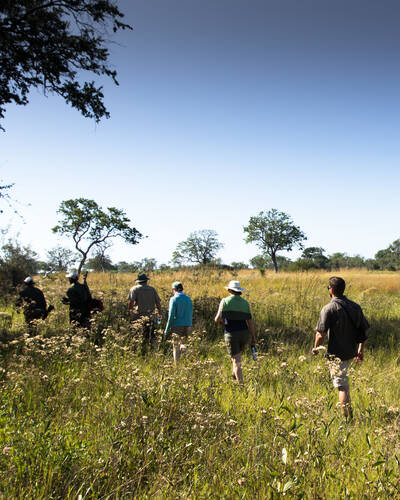
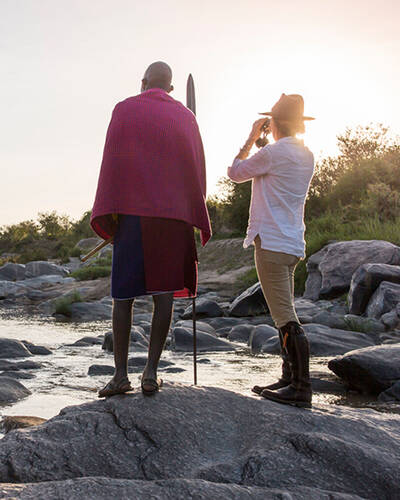
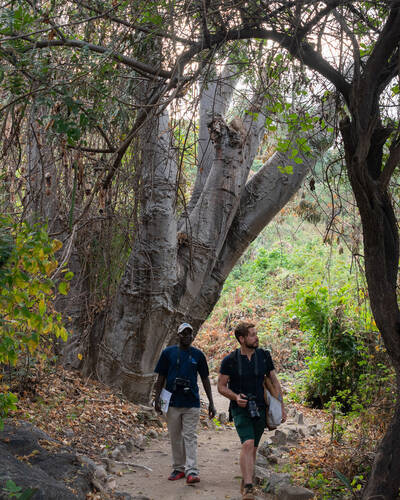
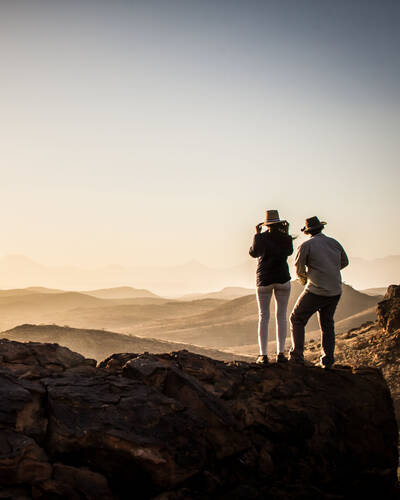
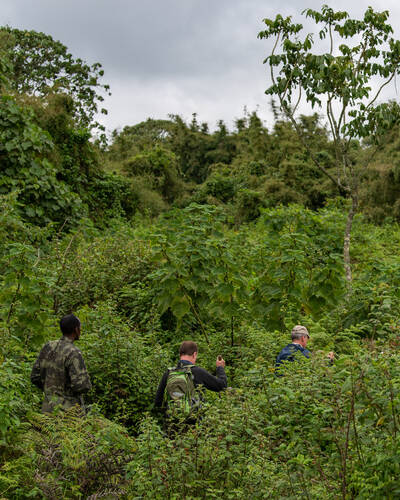
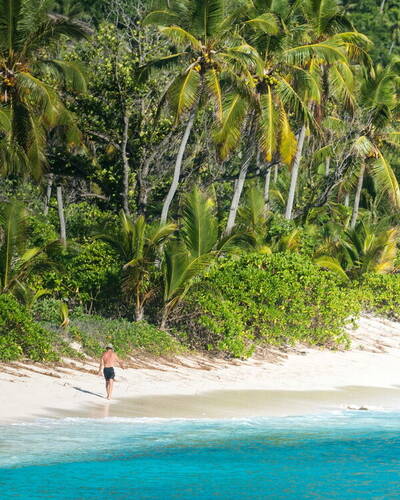
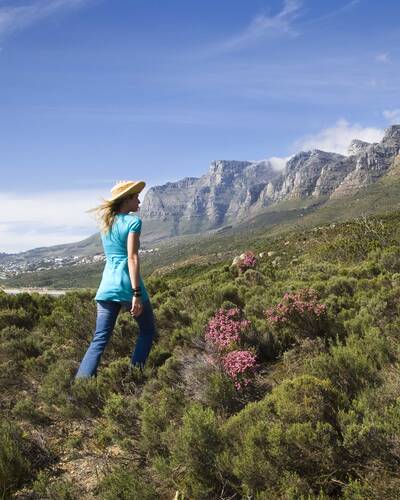
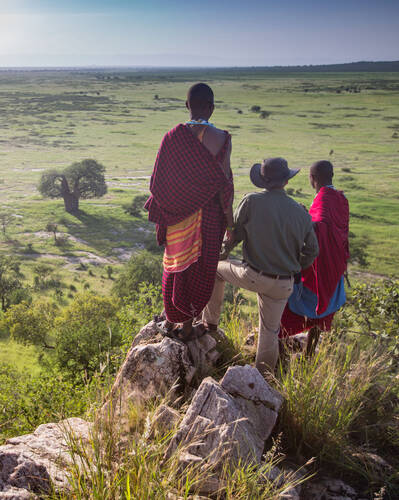
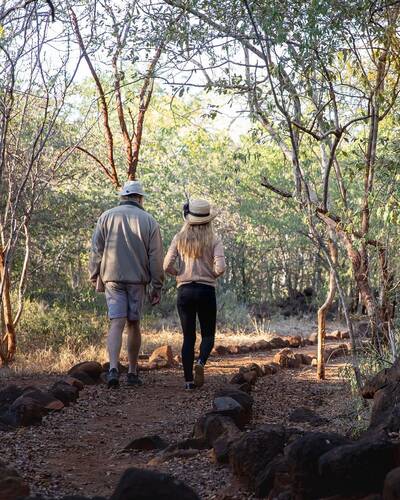
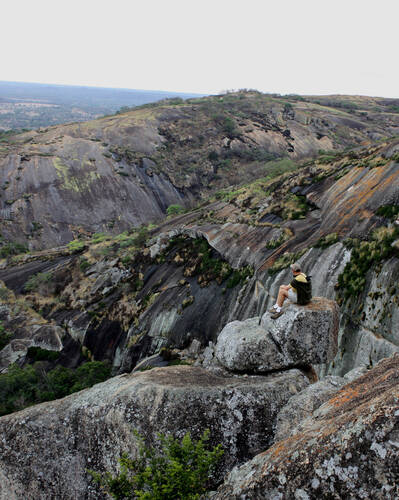
Africa - Curated Holiday Collections for Your Interests
Discover our Holiday Collections, designed for travellers with passion! Love birds, luxury retreats or photographing wildlife - we’ve got a selection of trips to inspire you.

Looking for inspiration on where to travel next?
Visit our trip chooser to explore your options and find inspiration for your perfect African adventure
Inspire me





